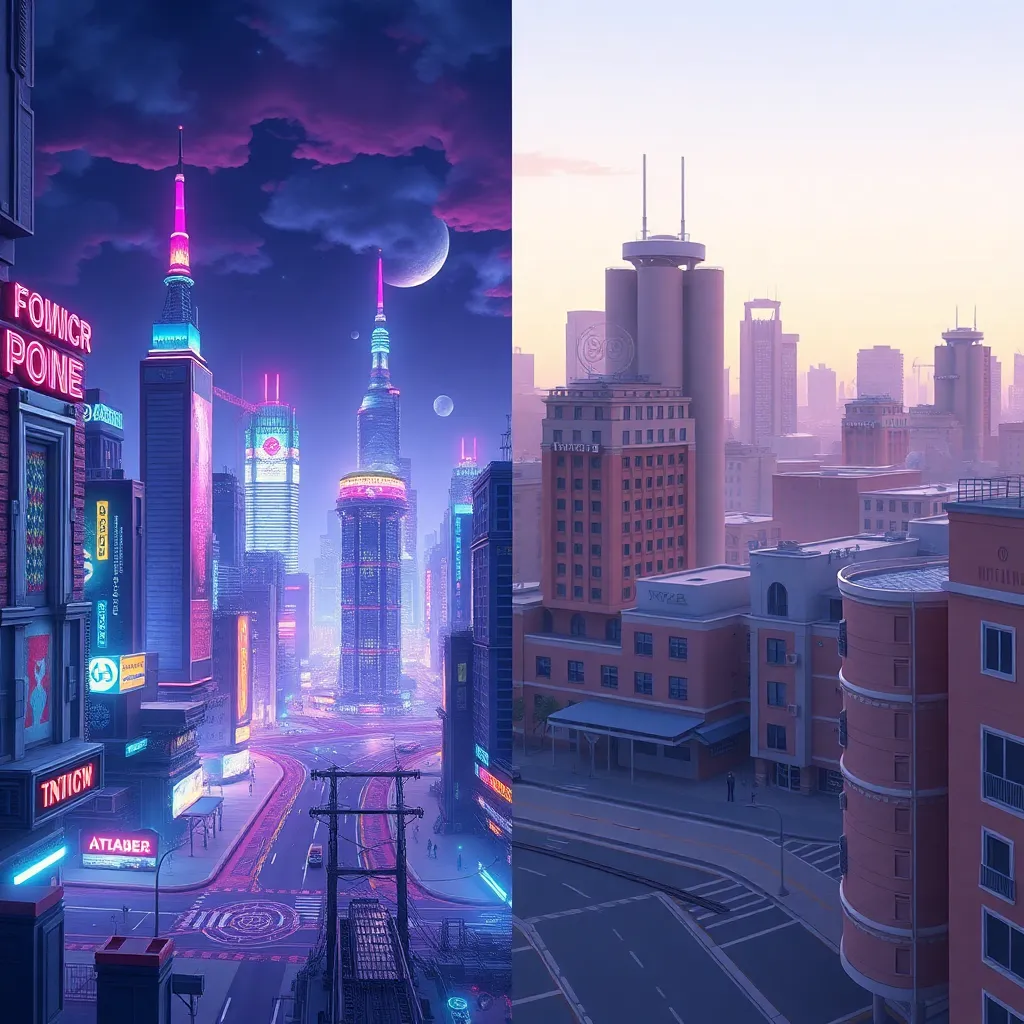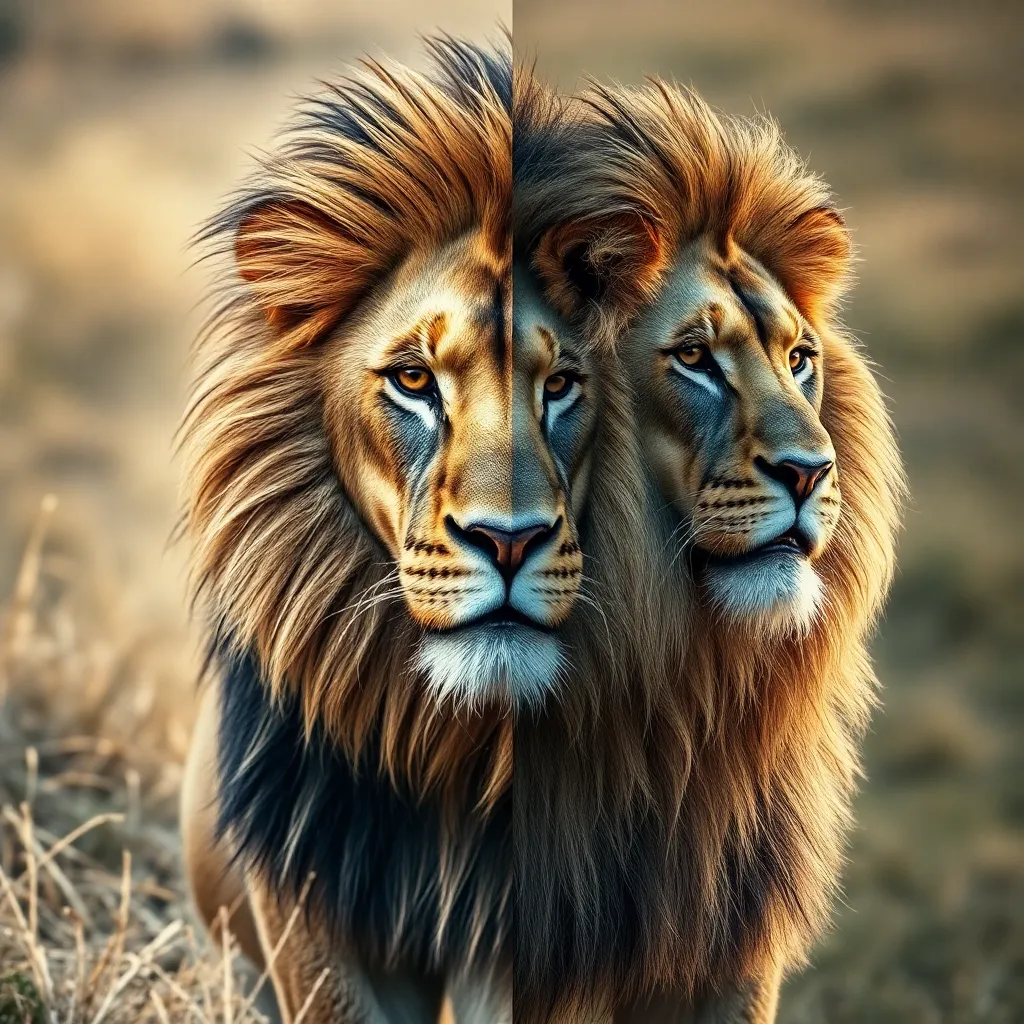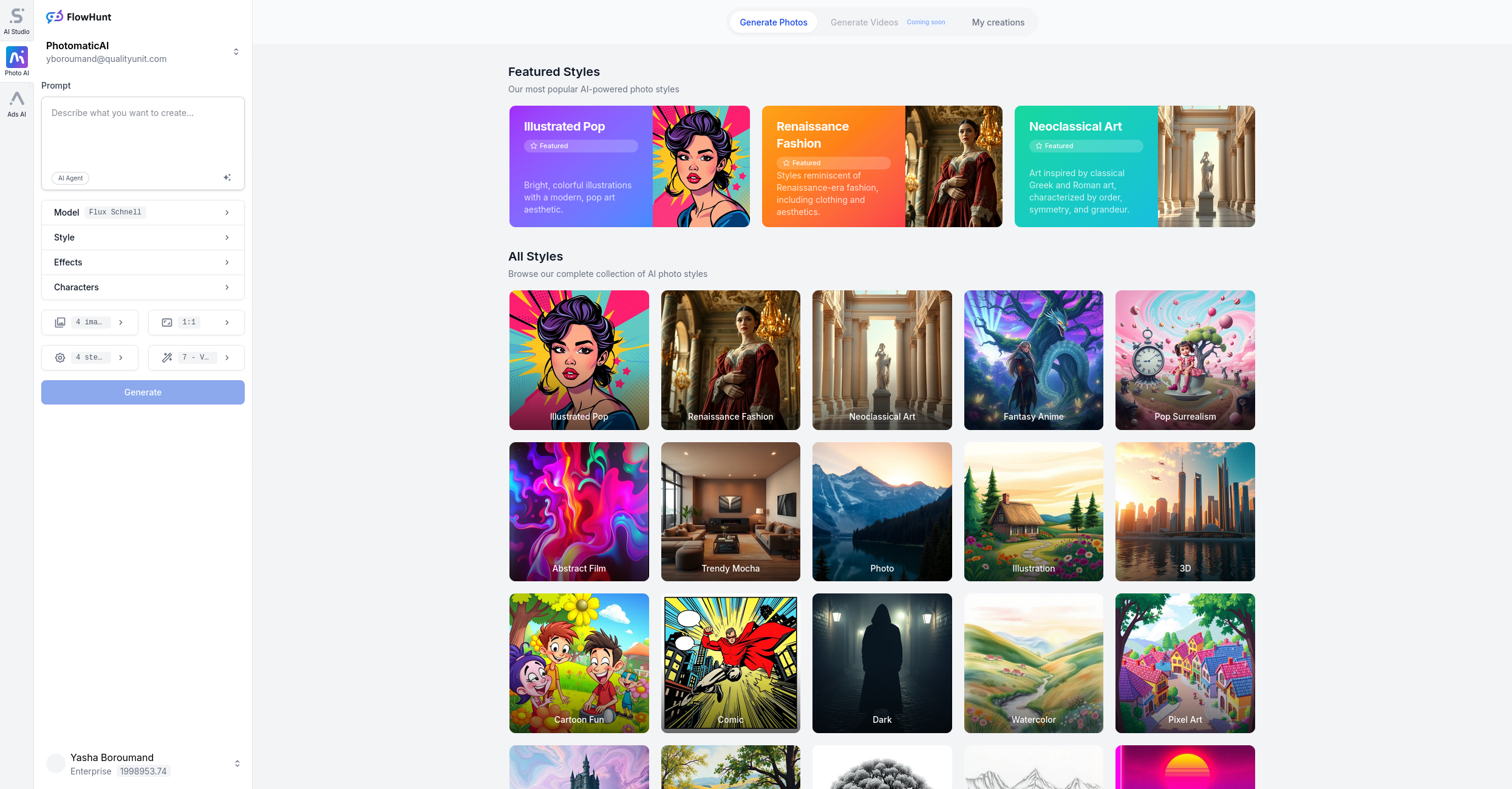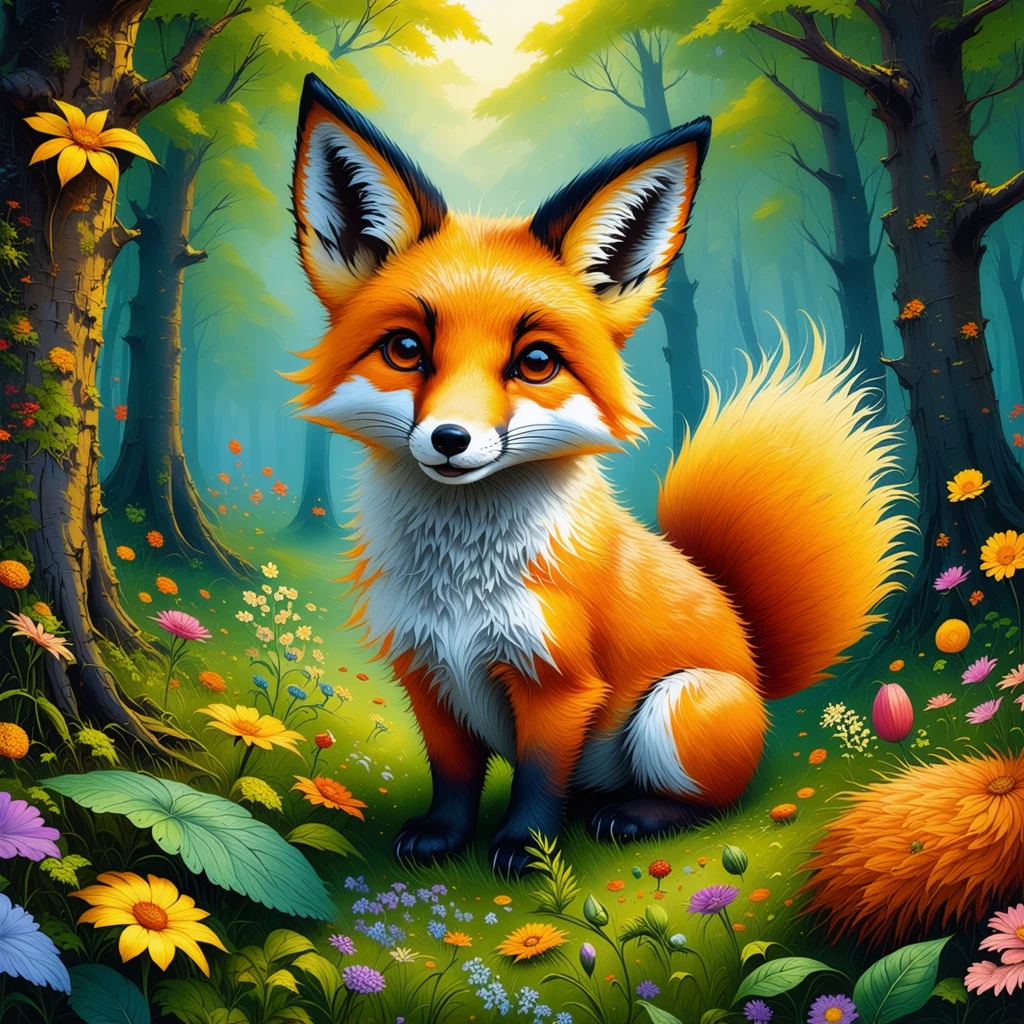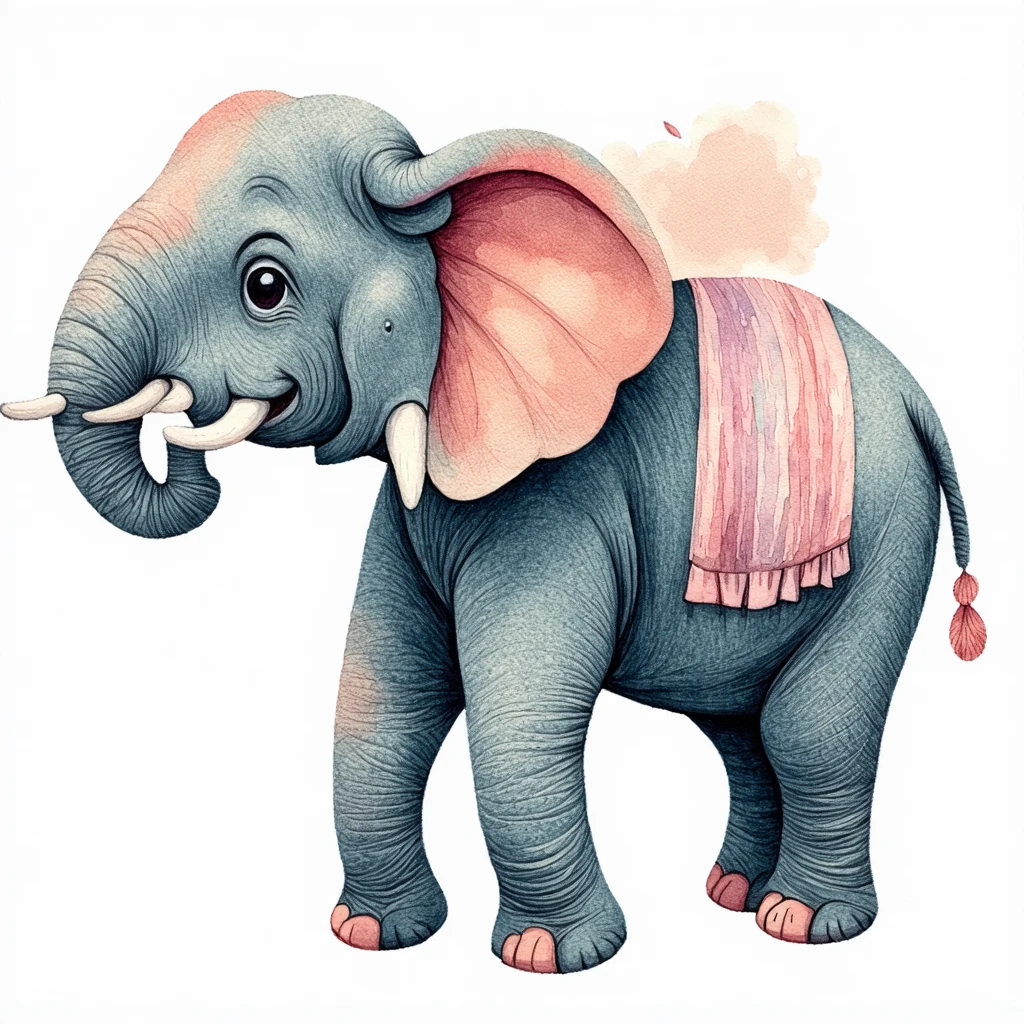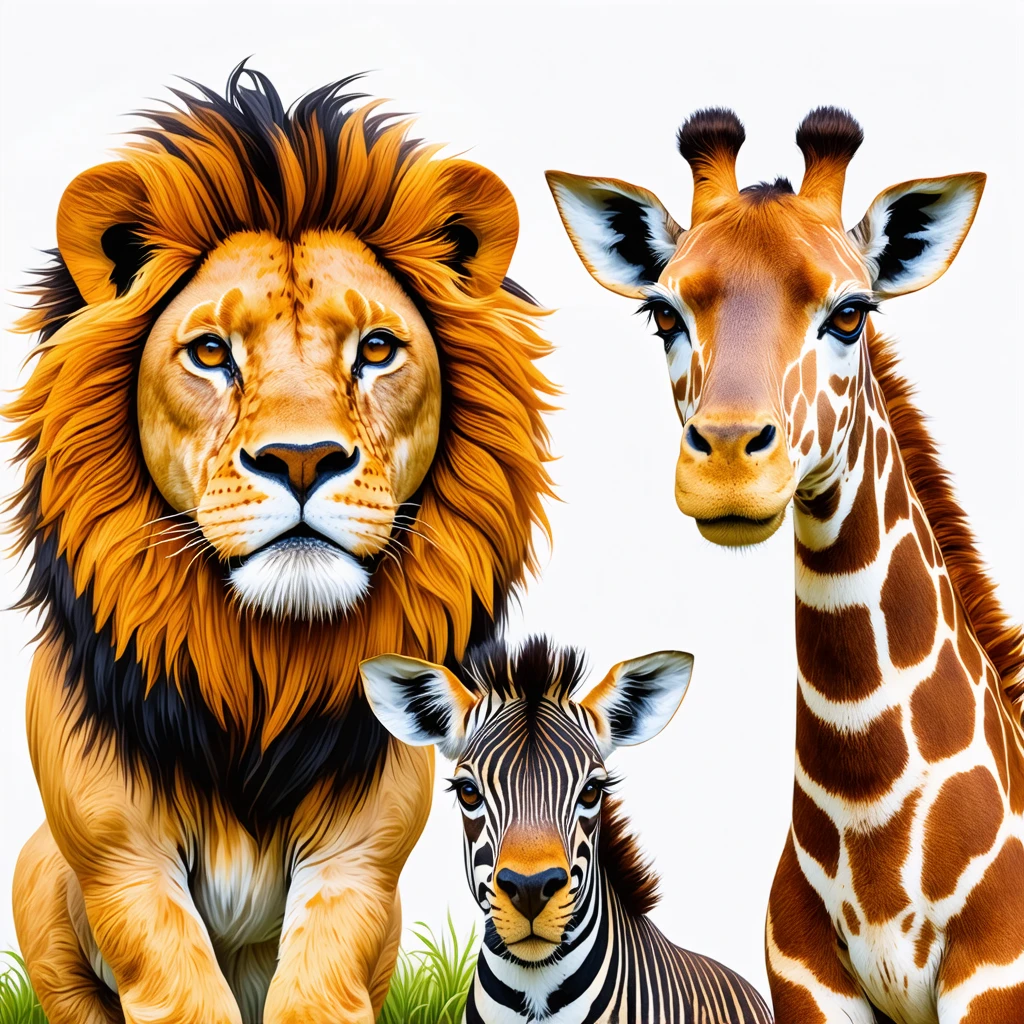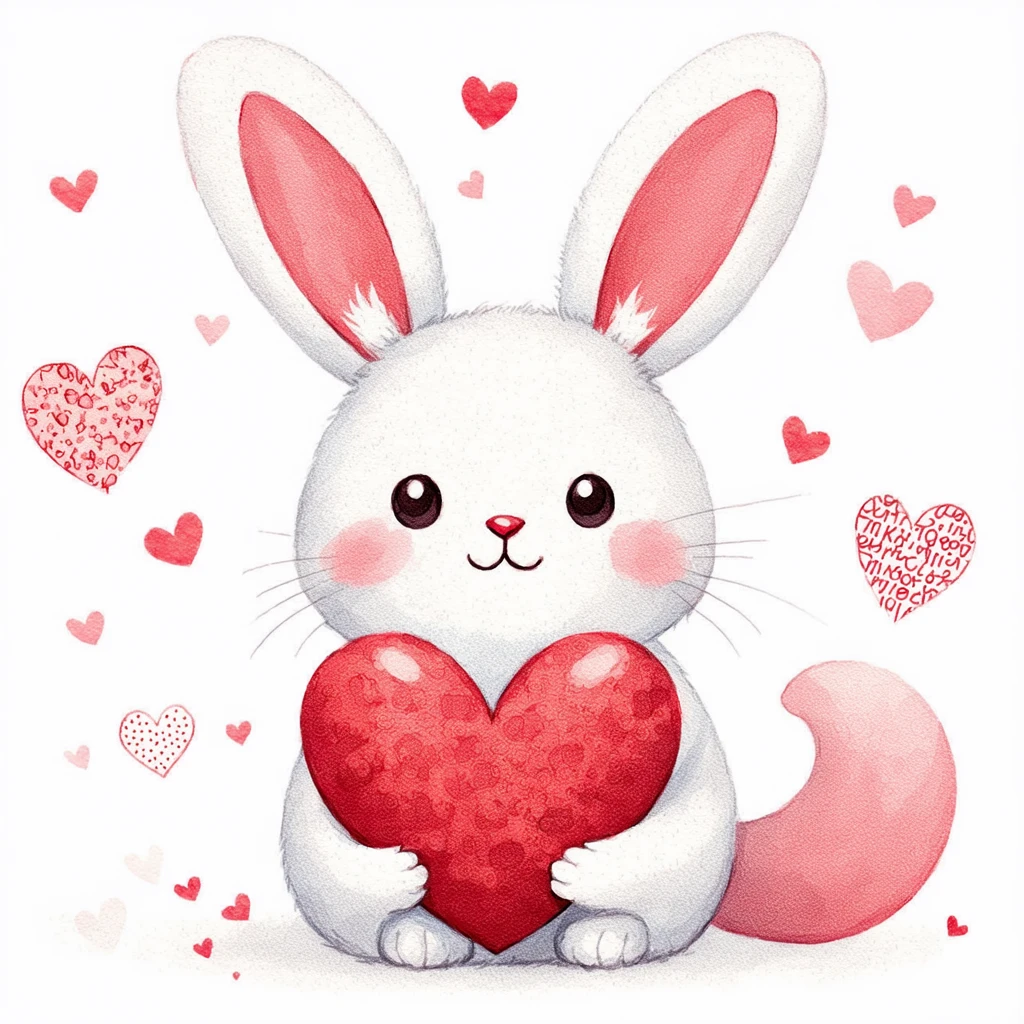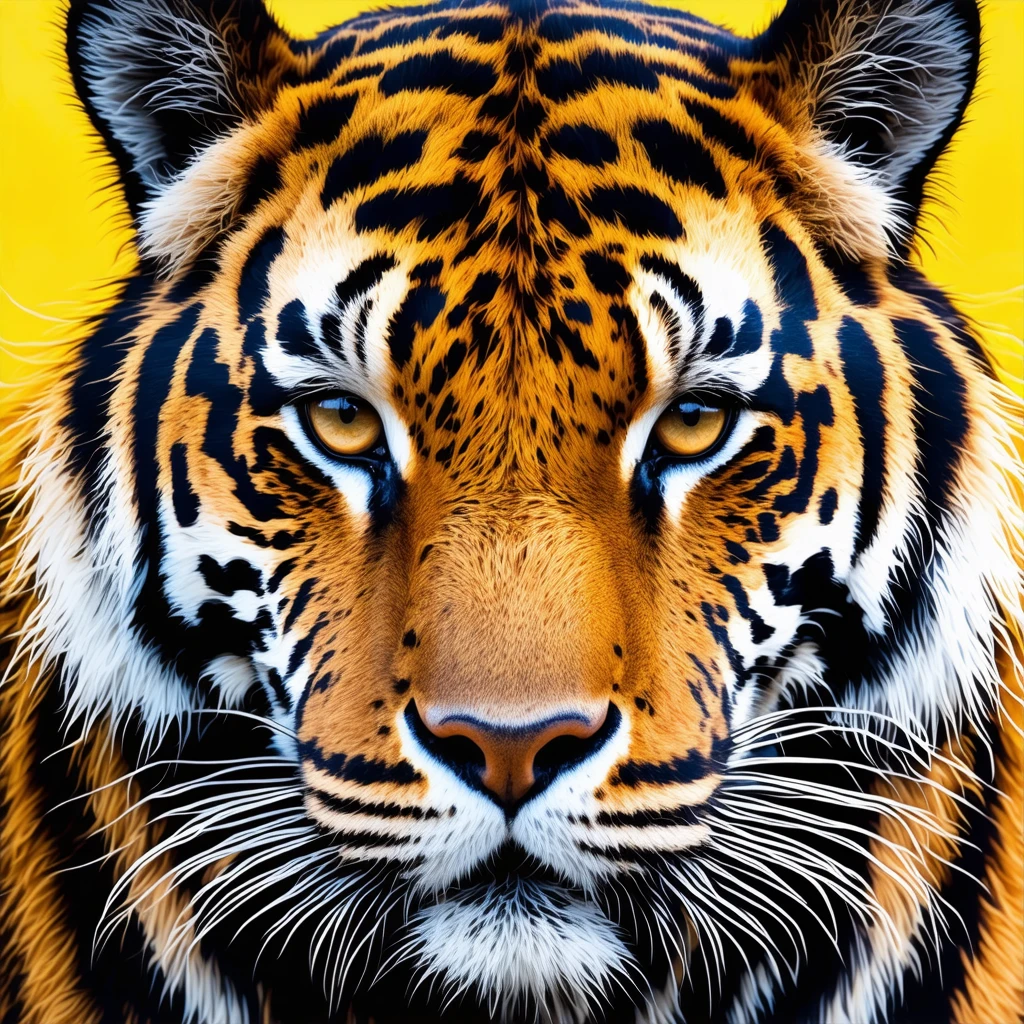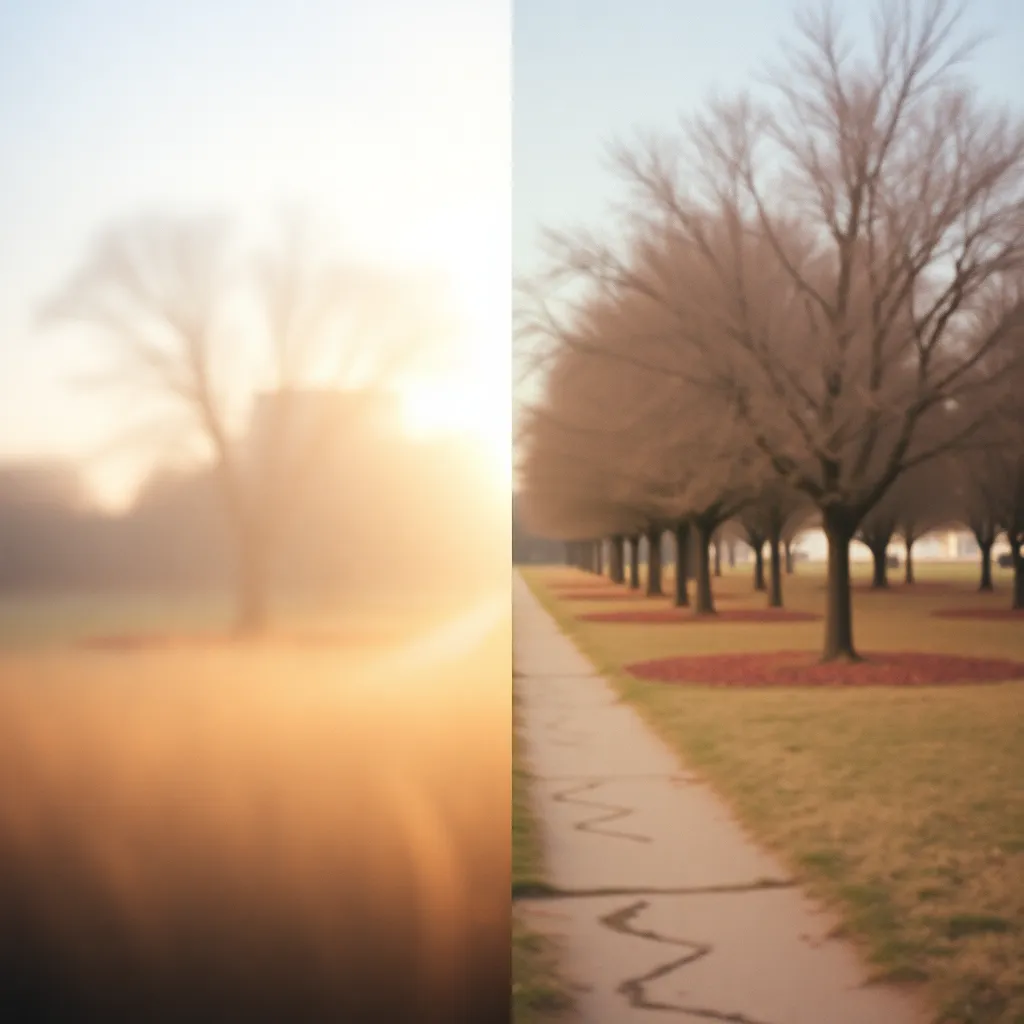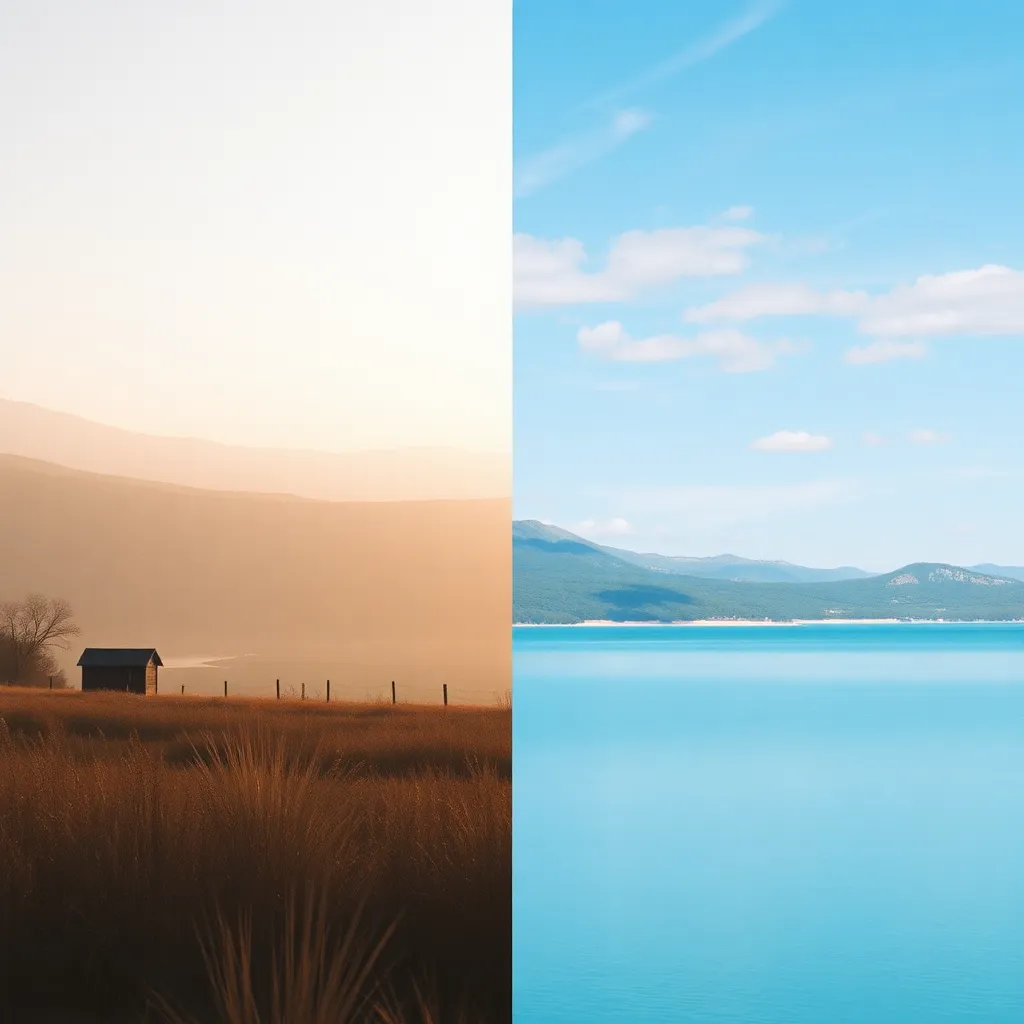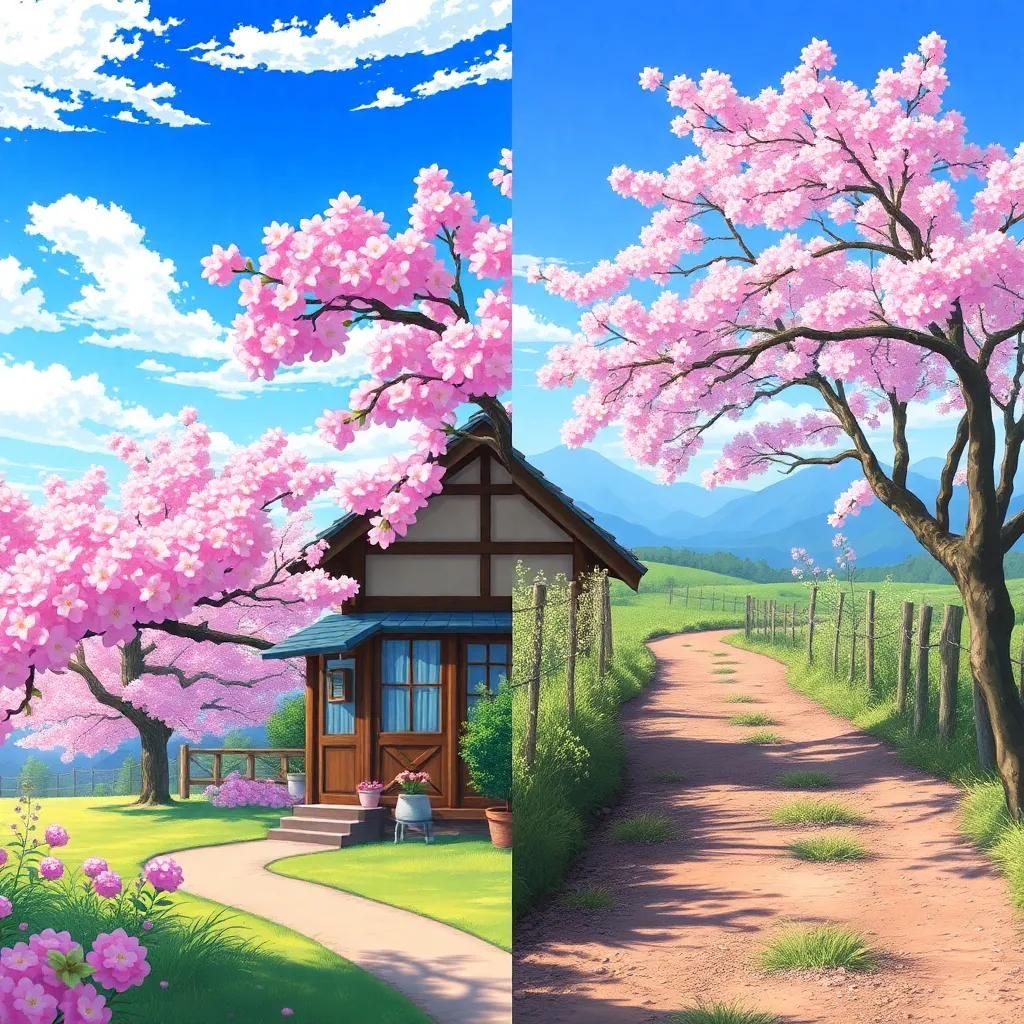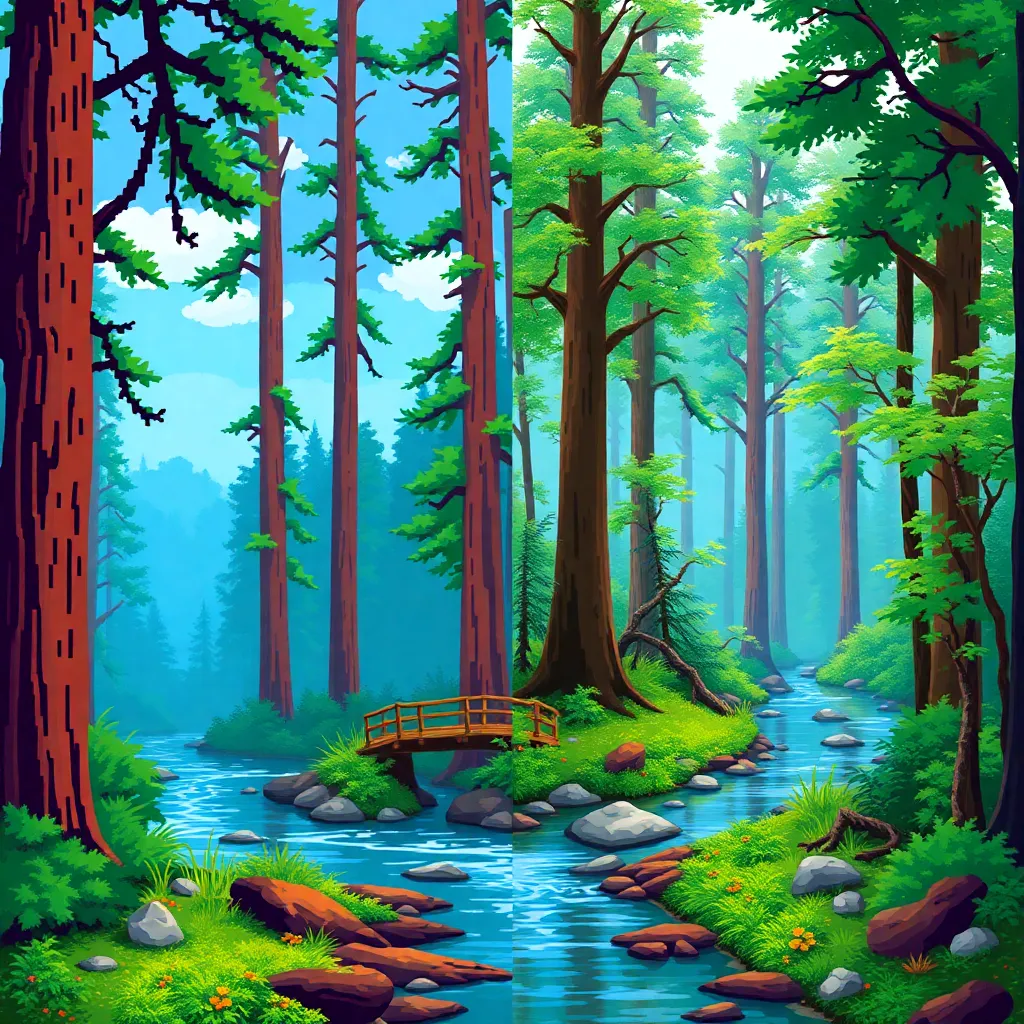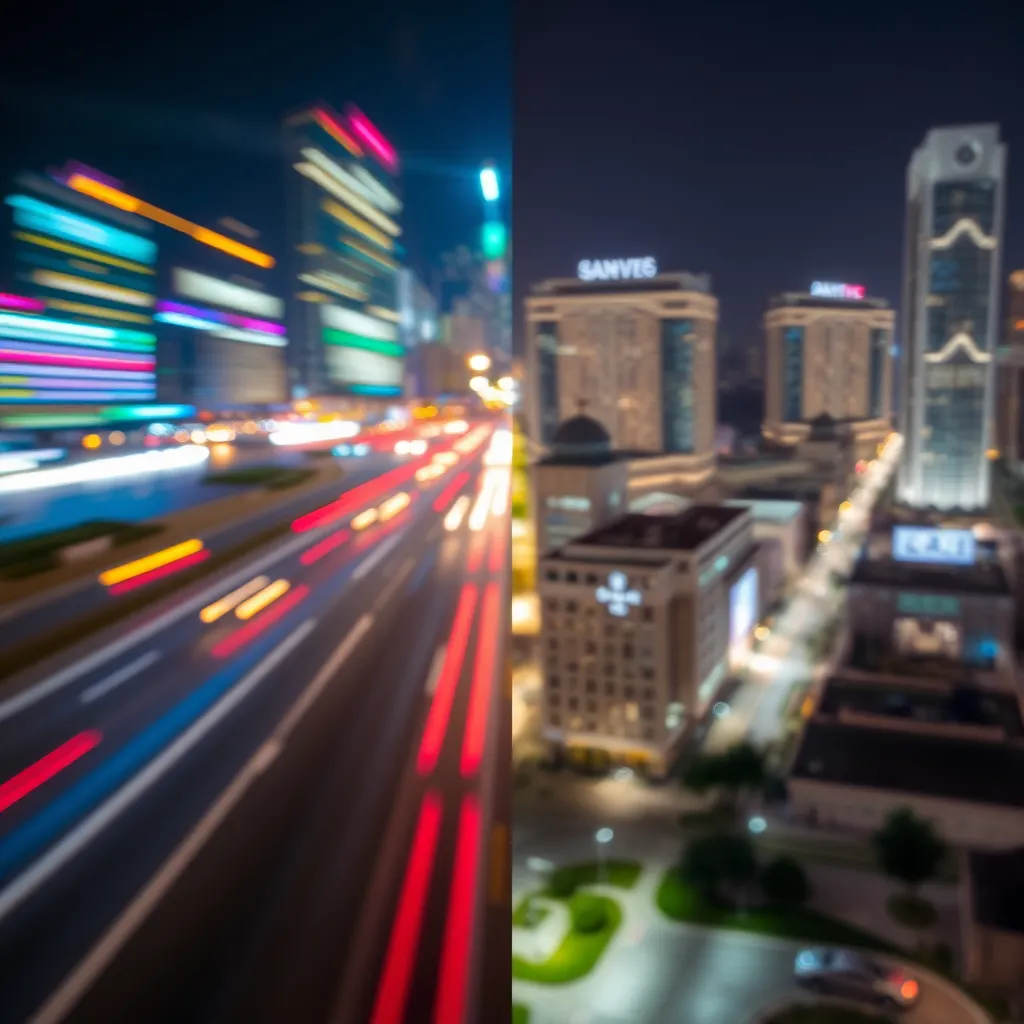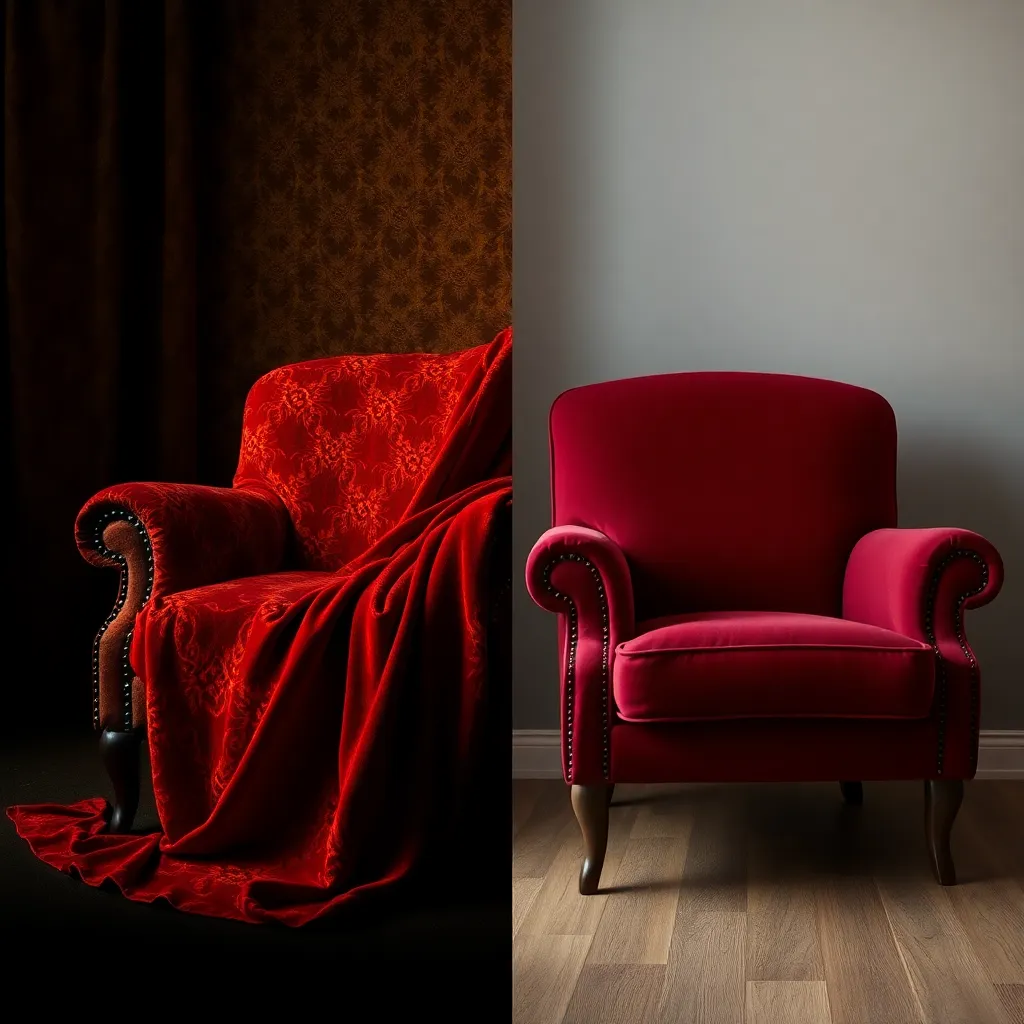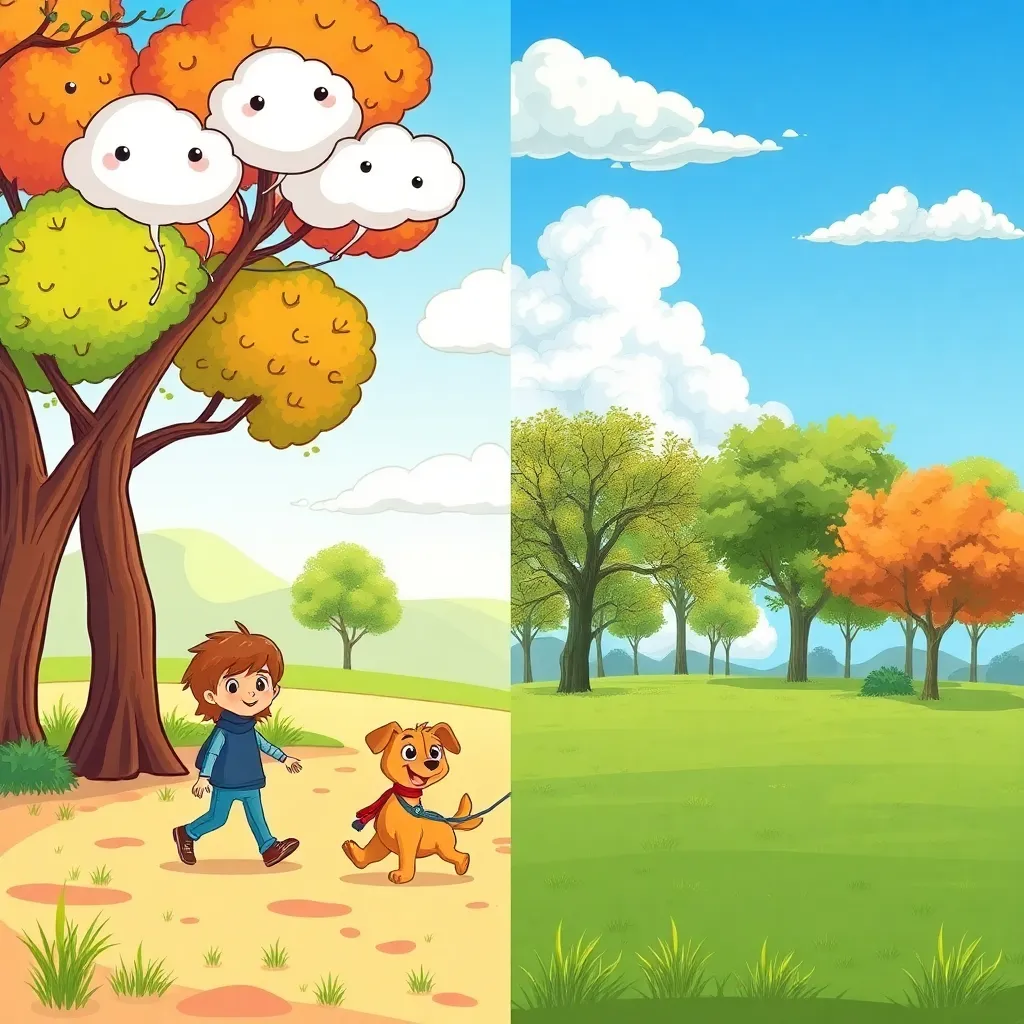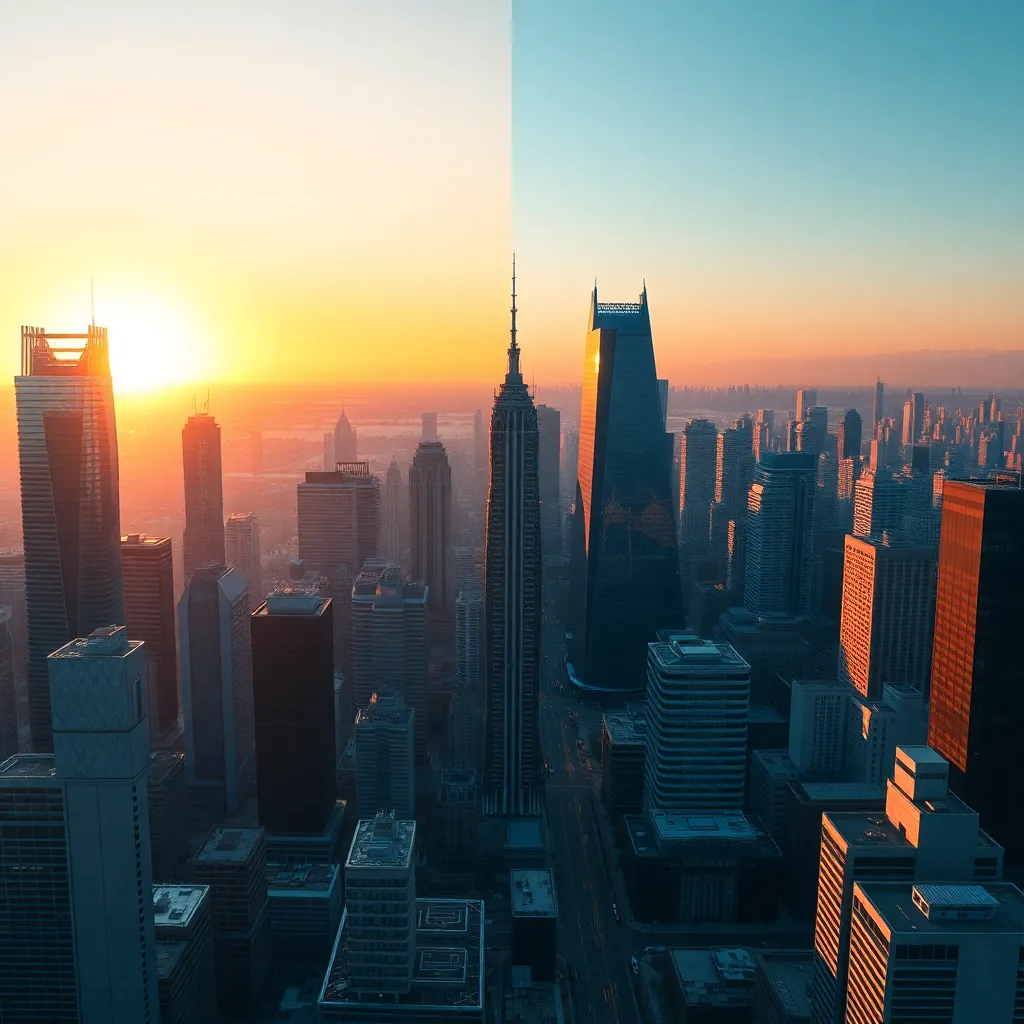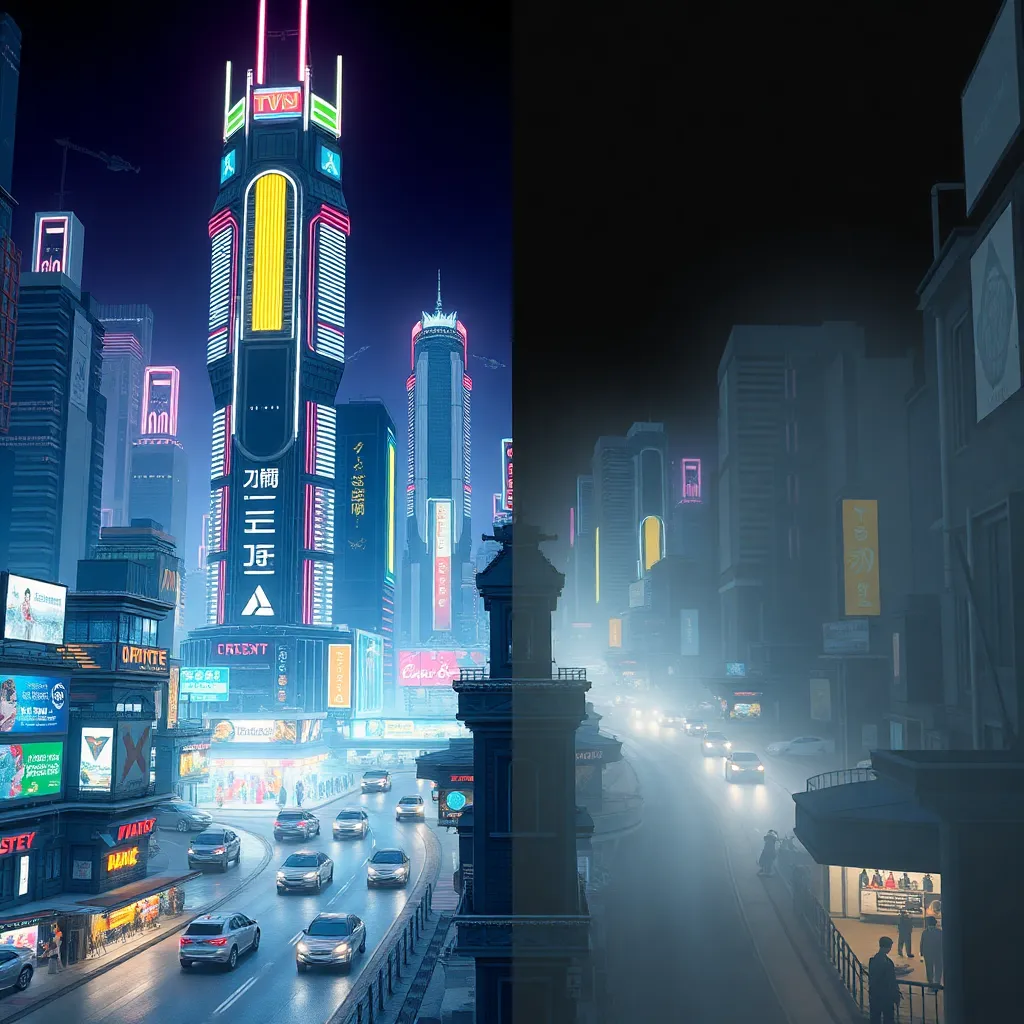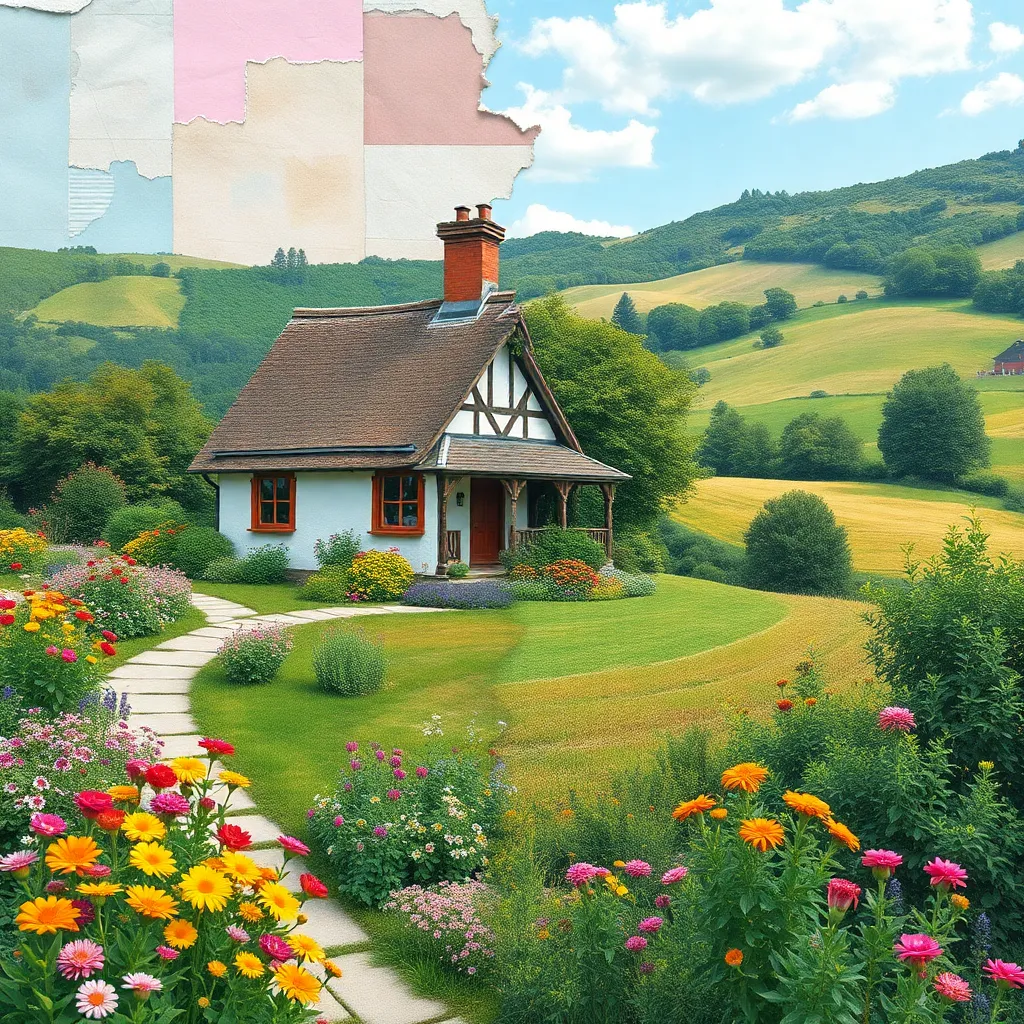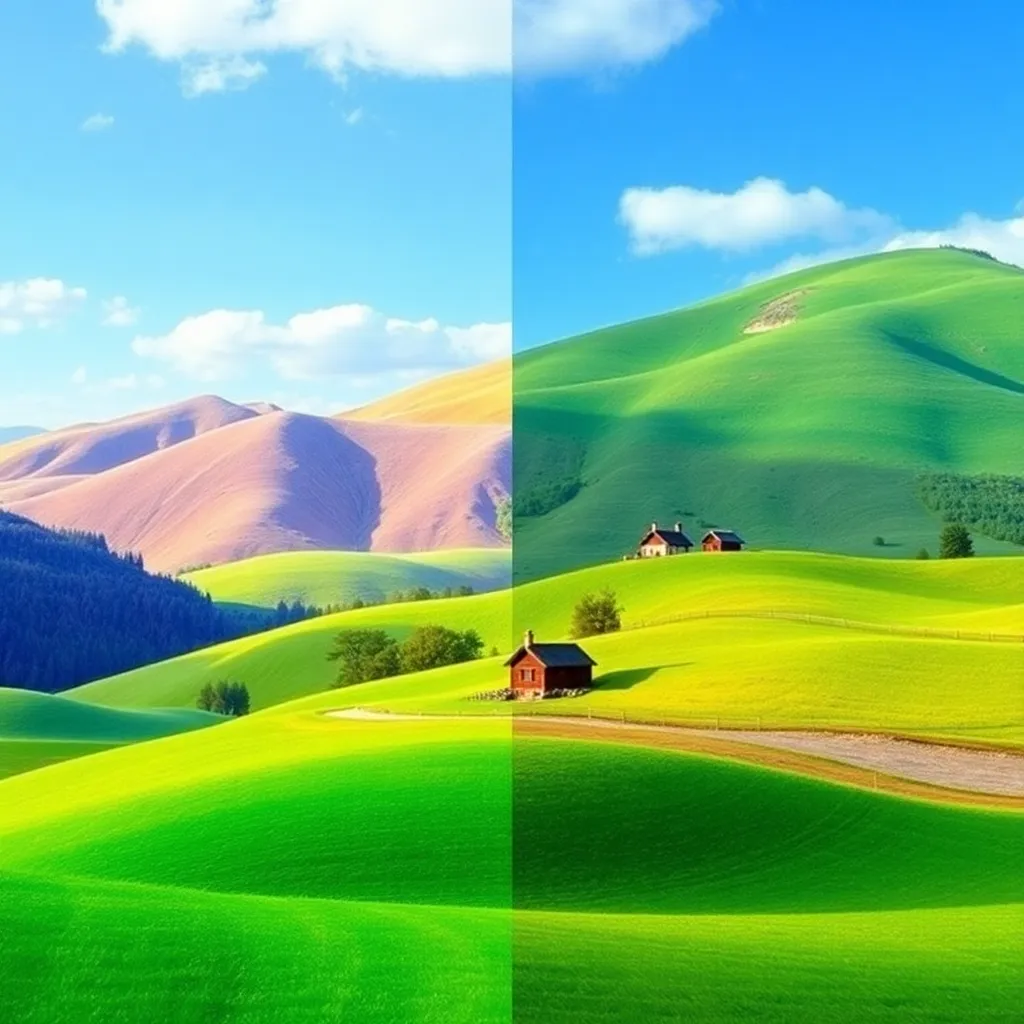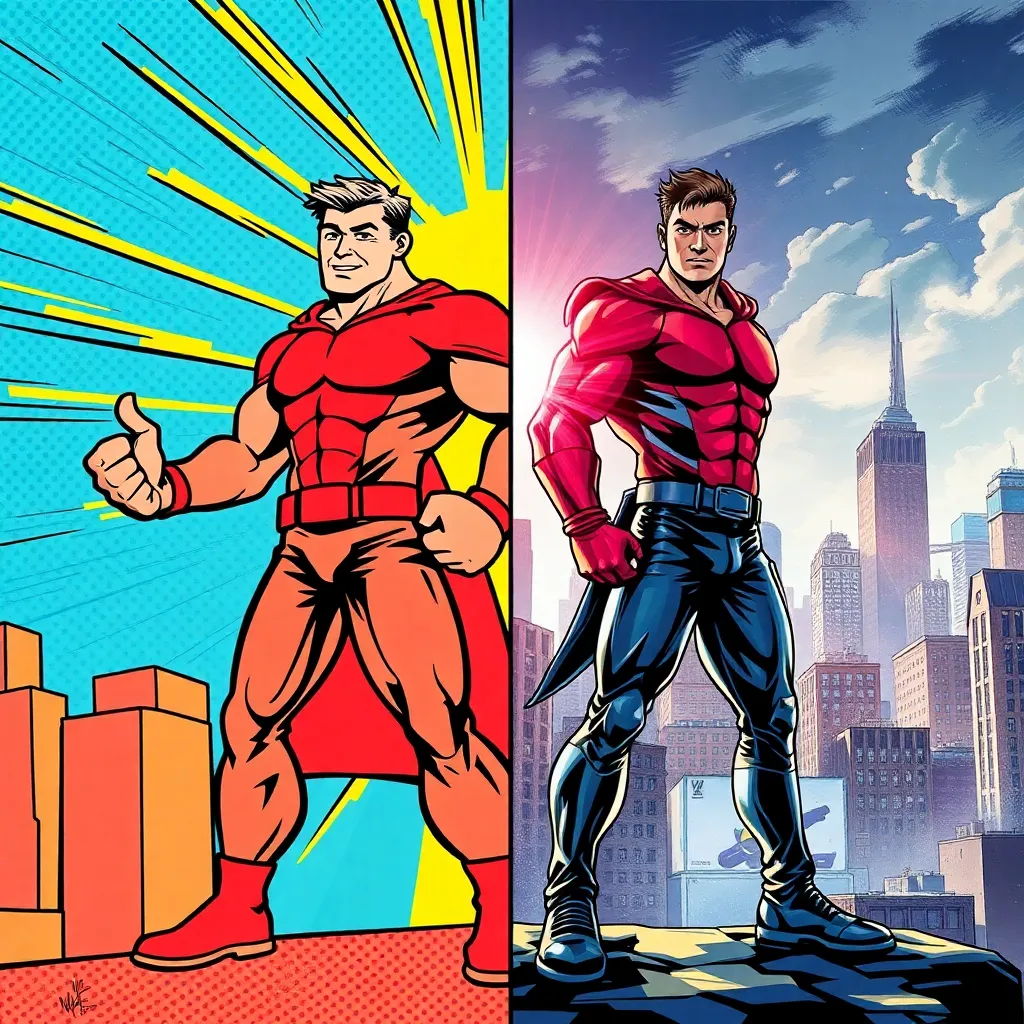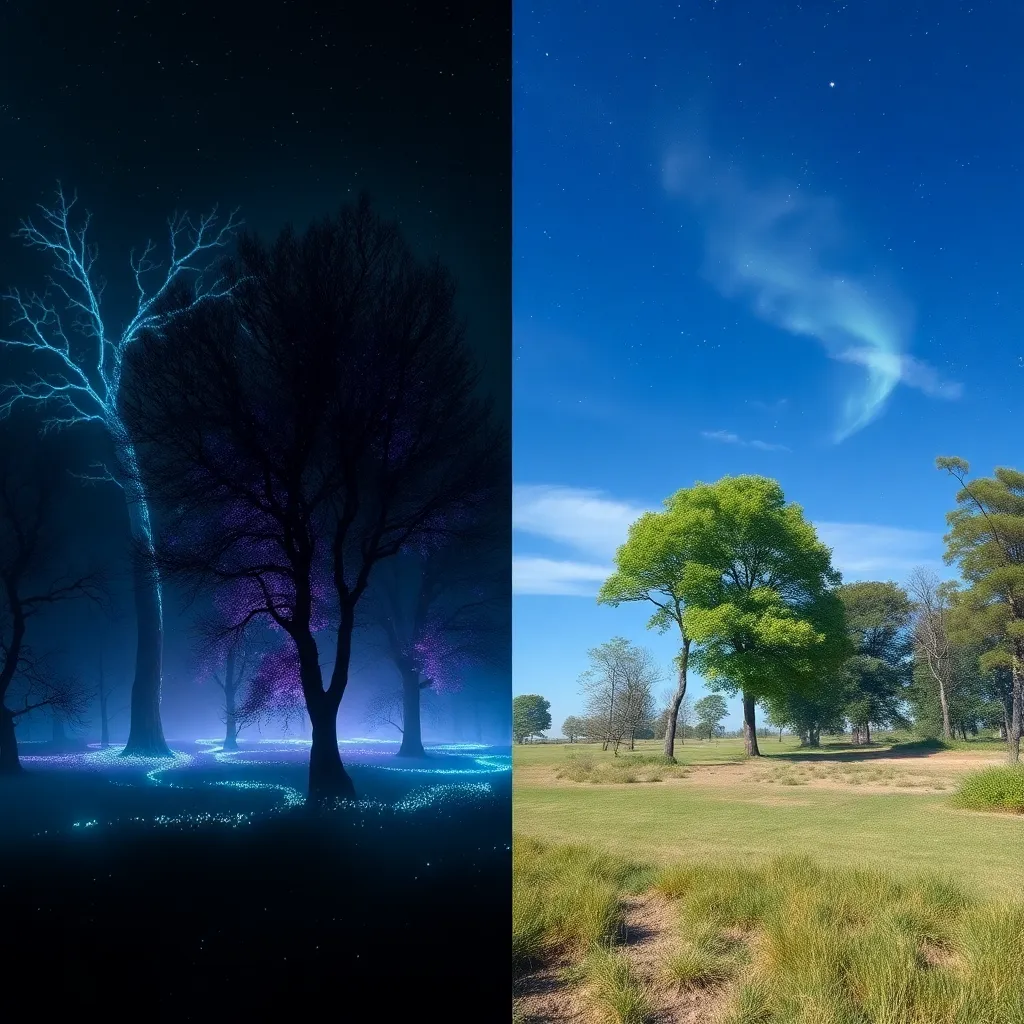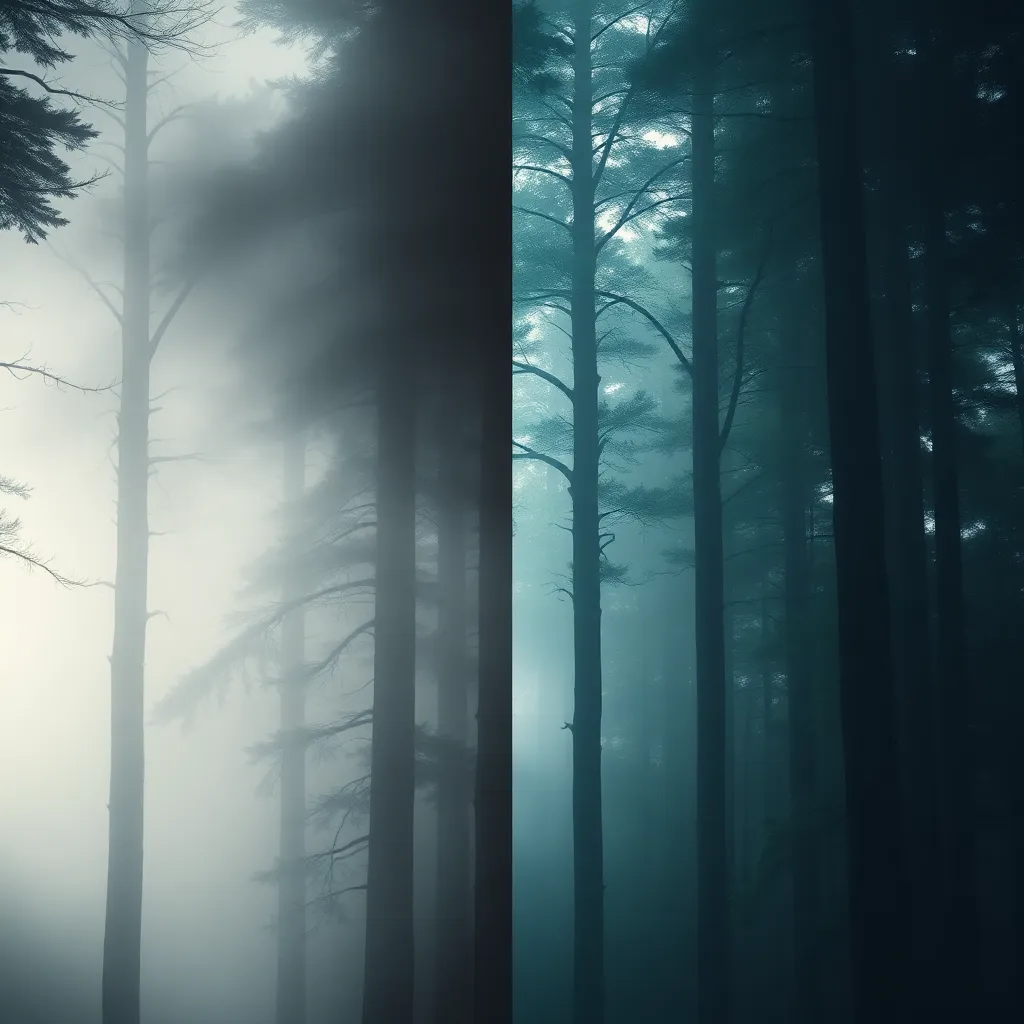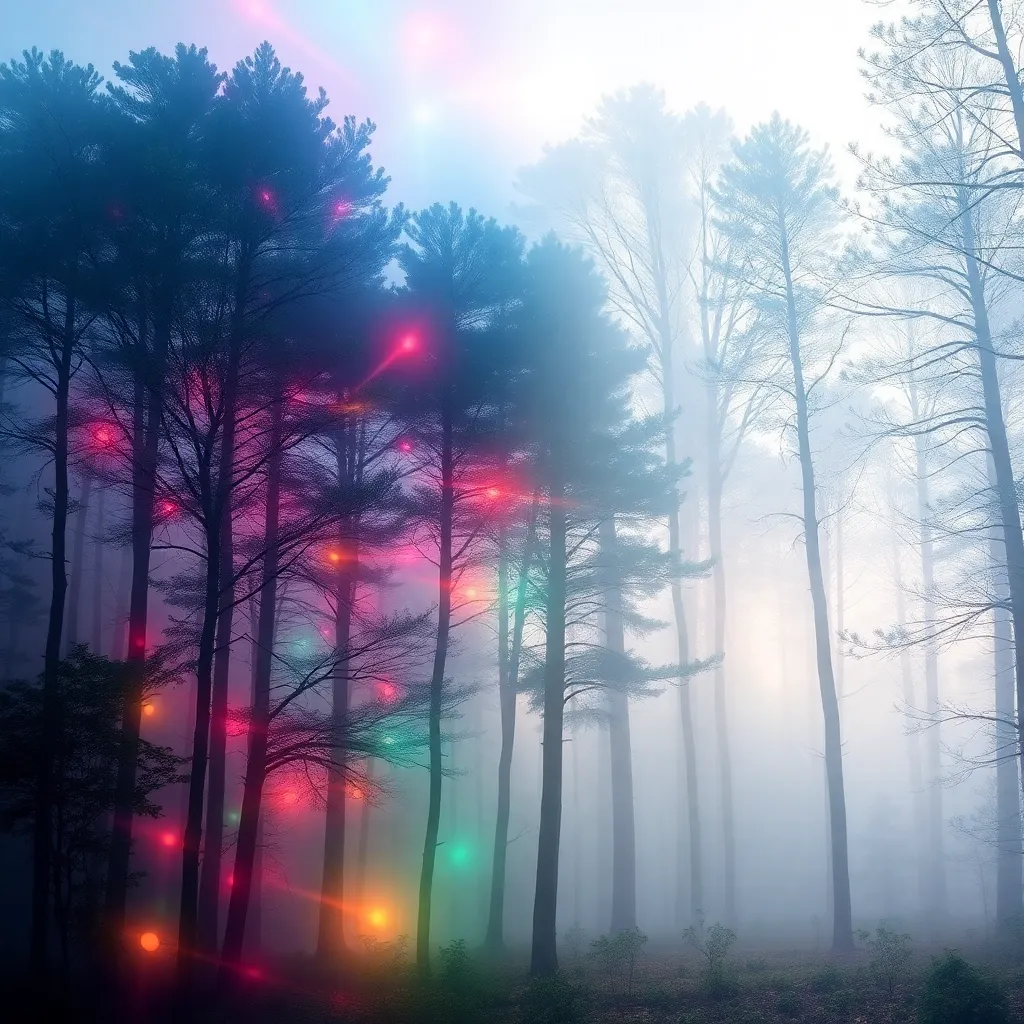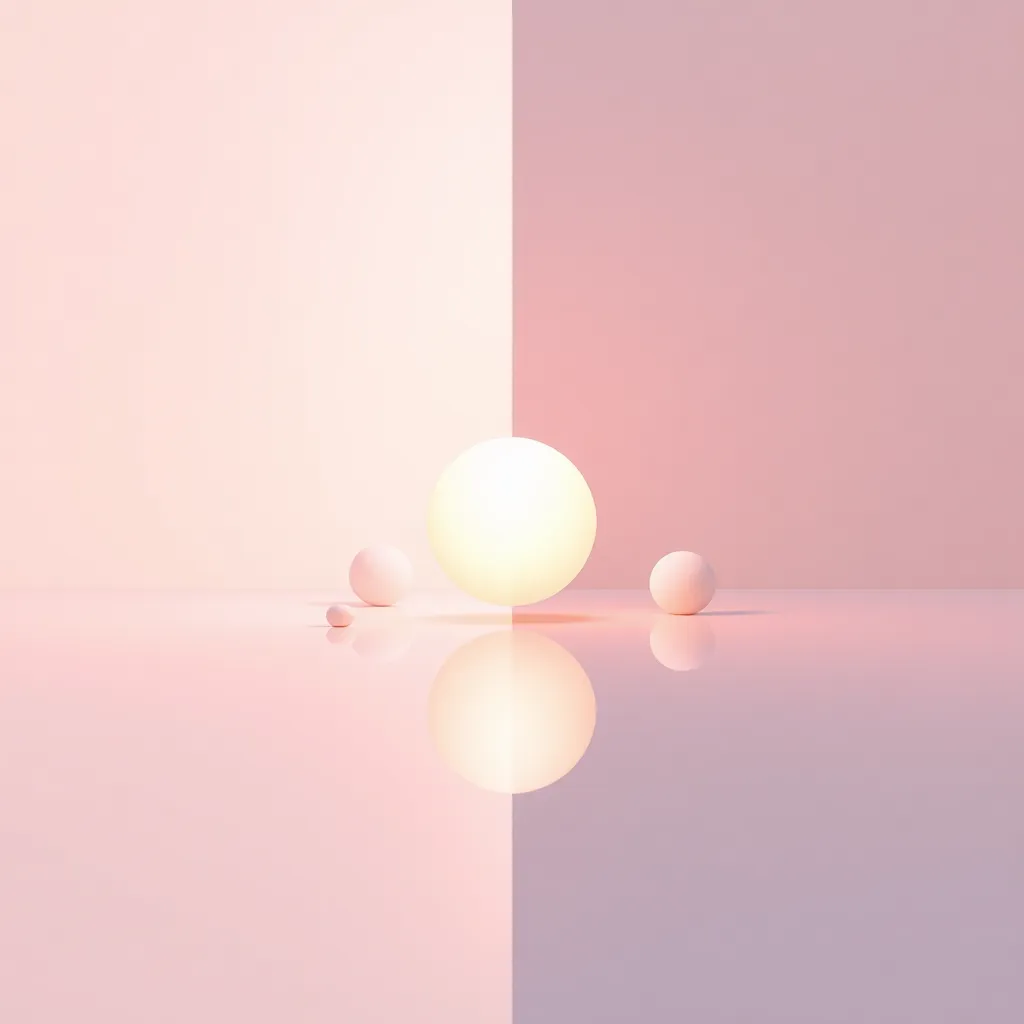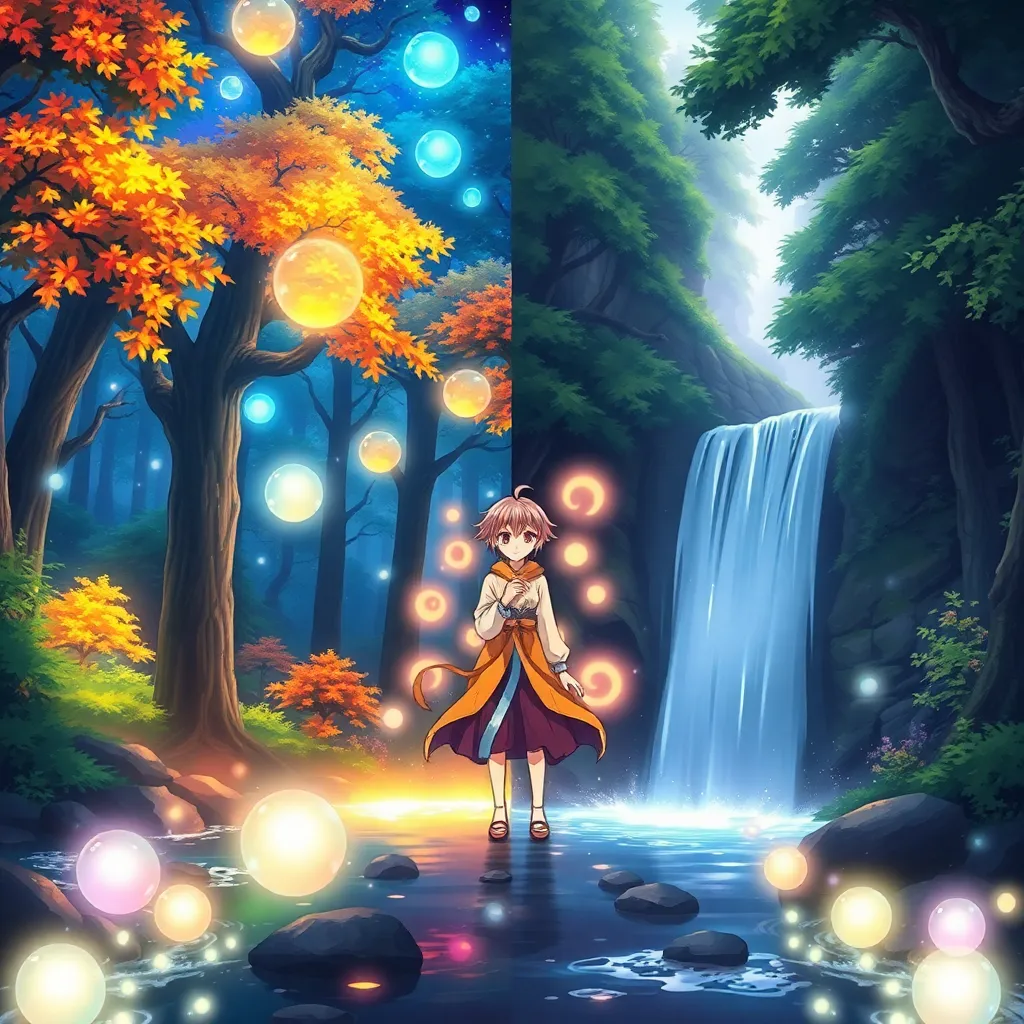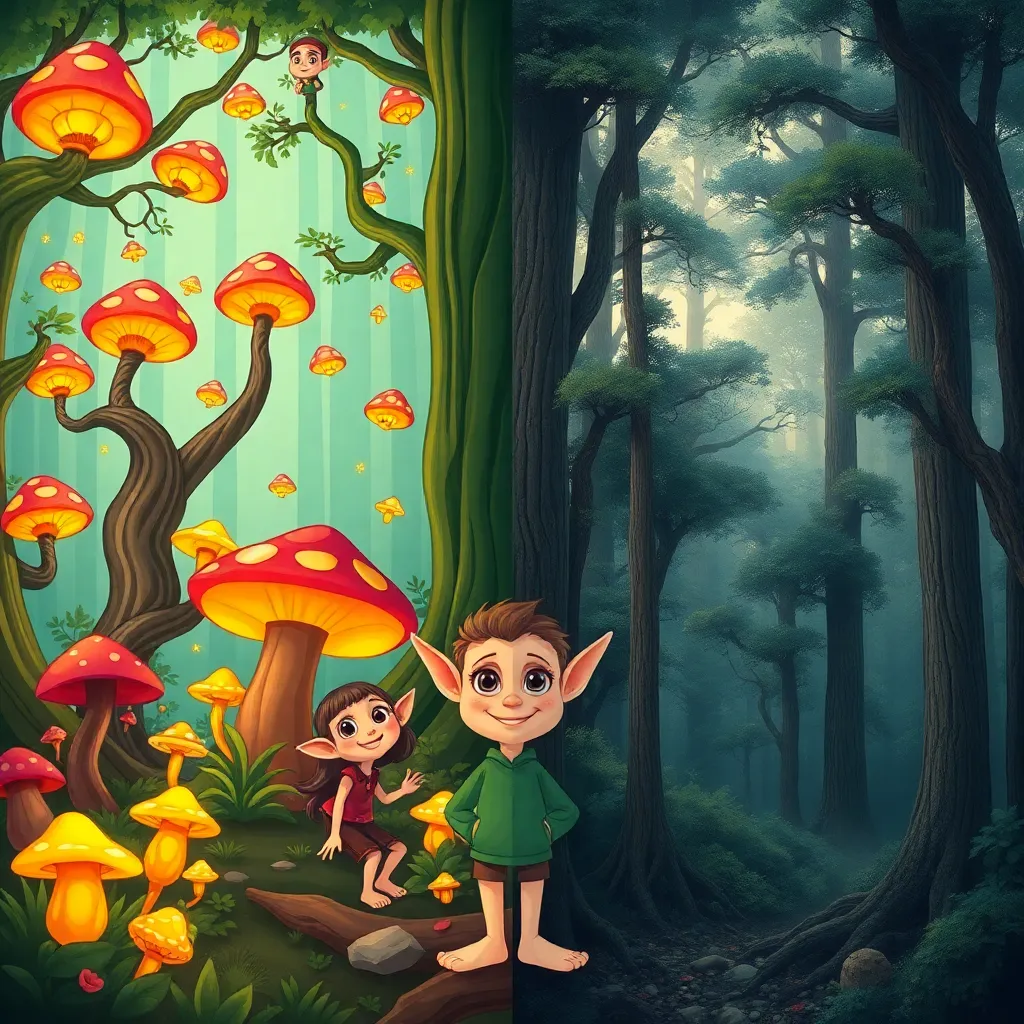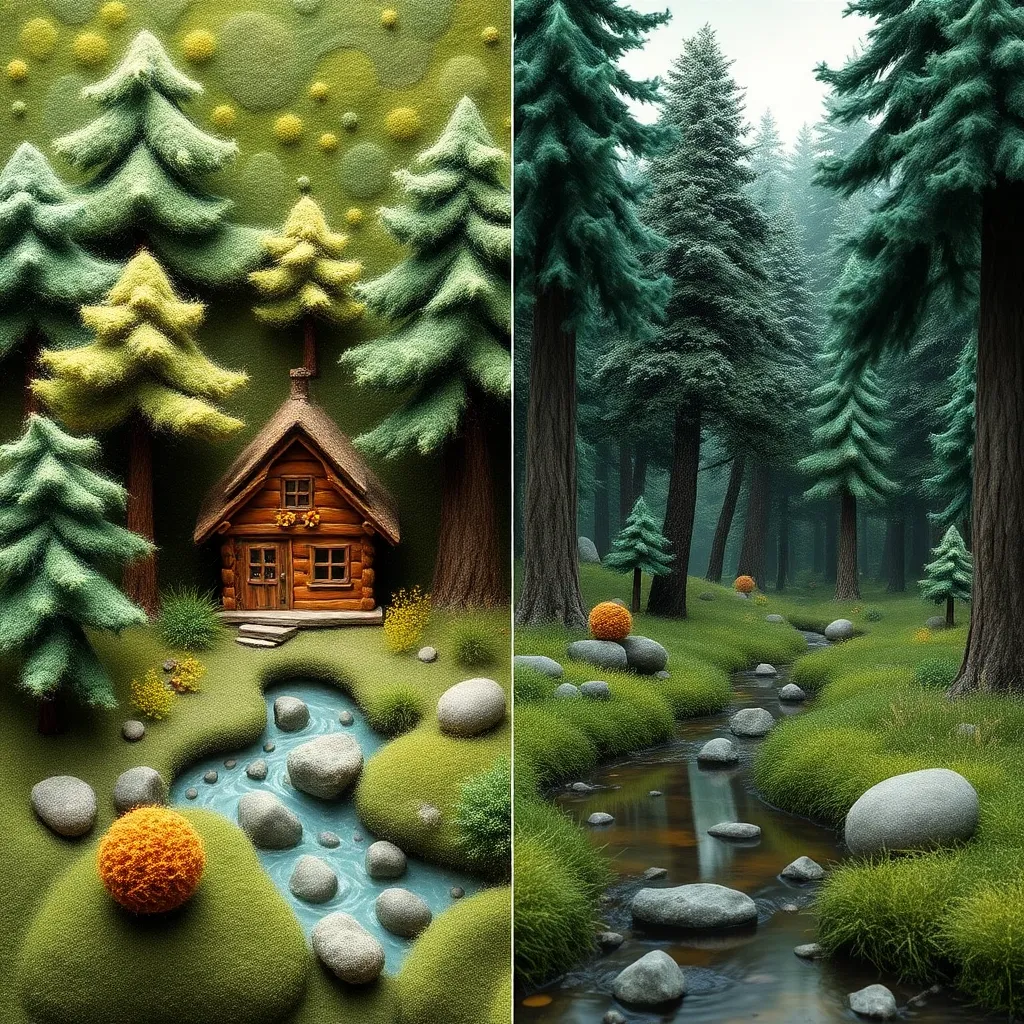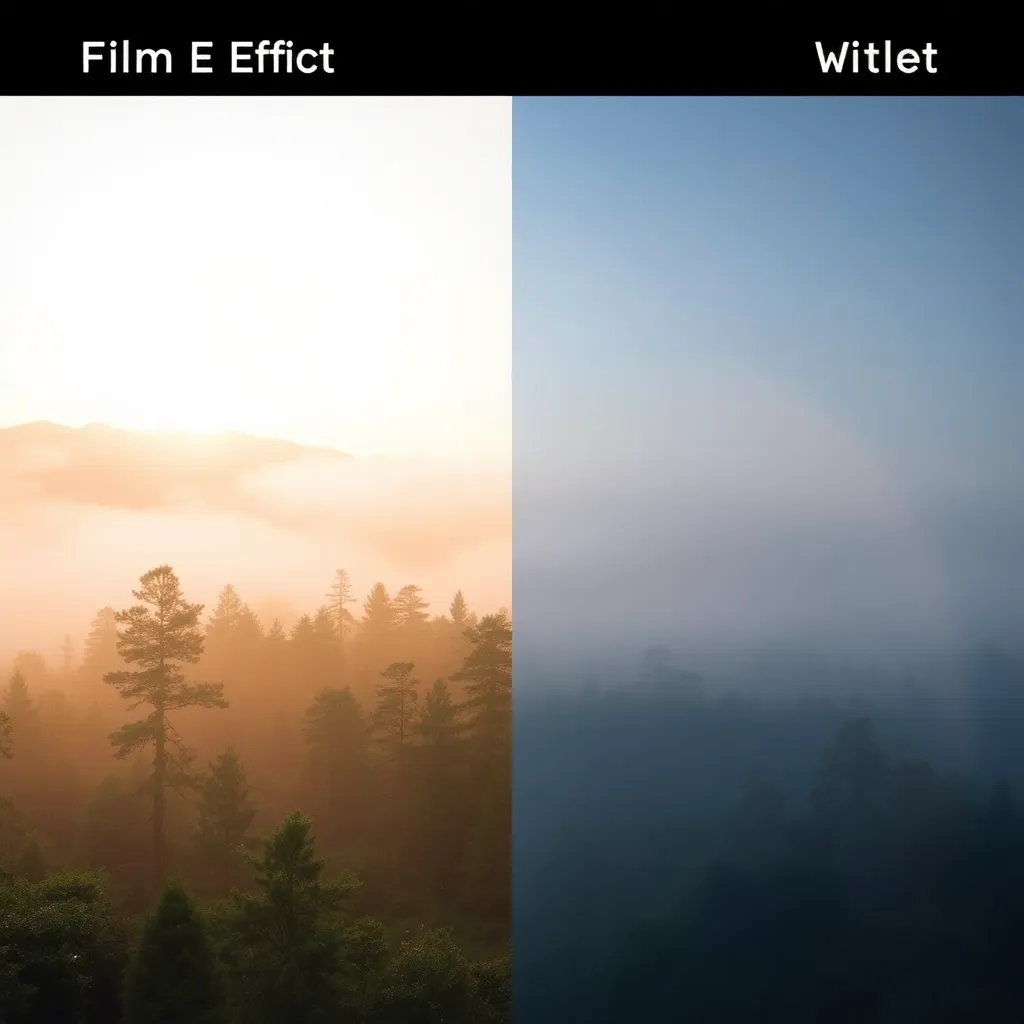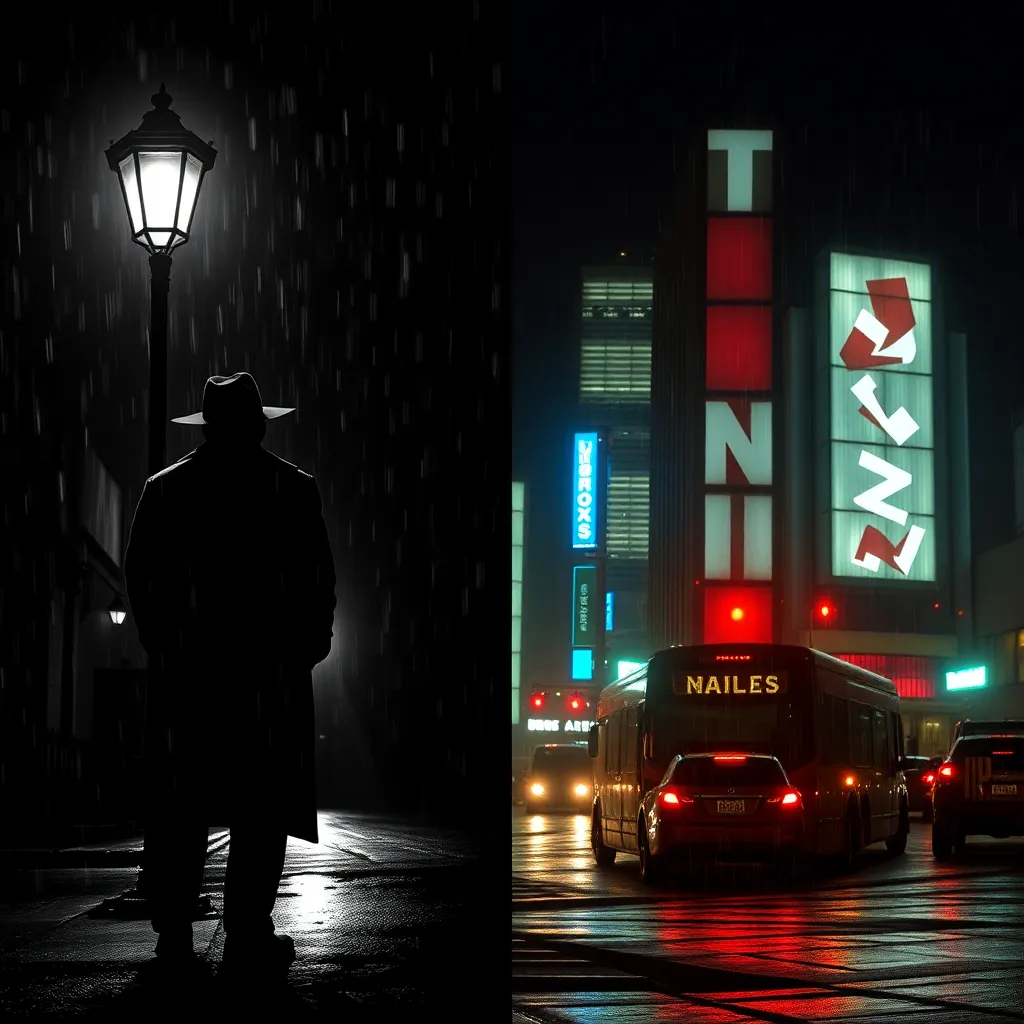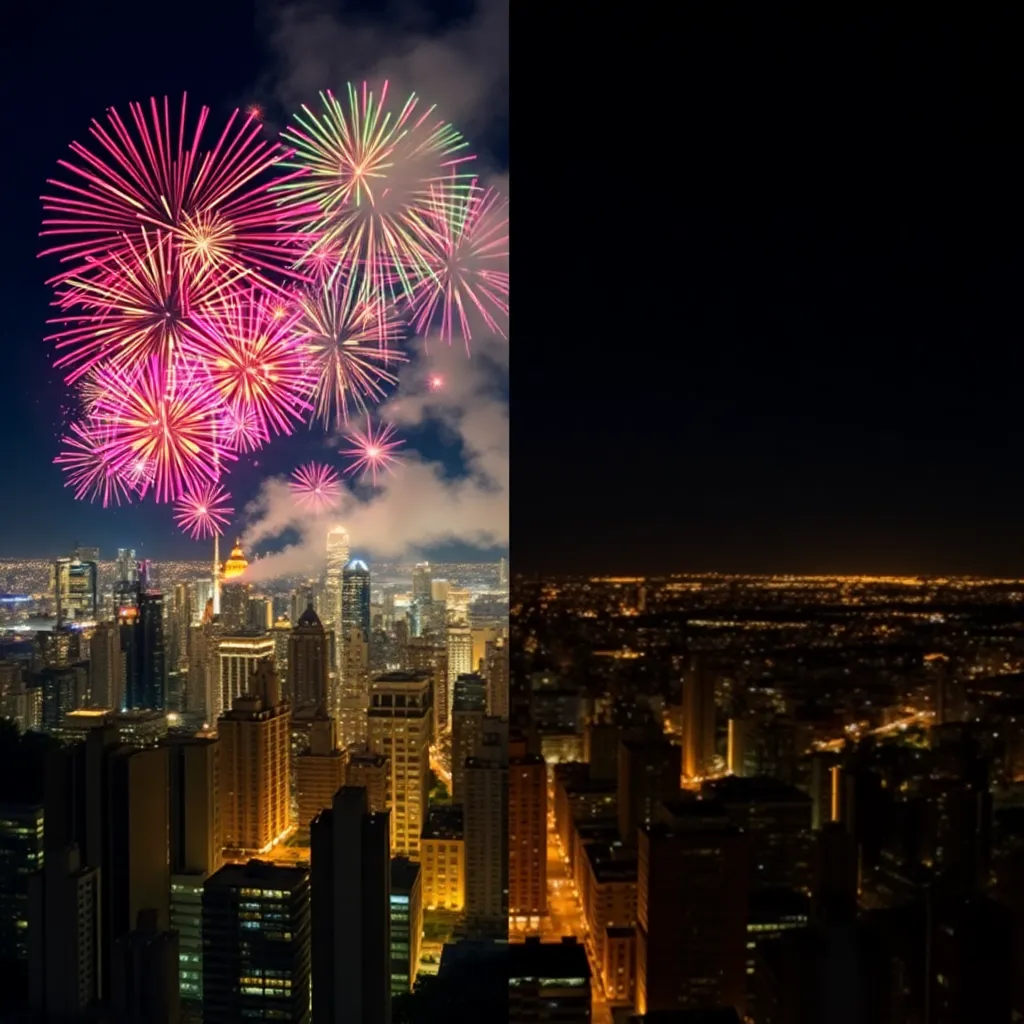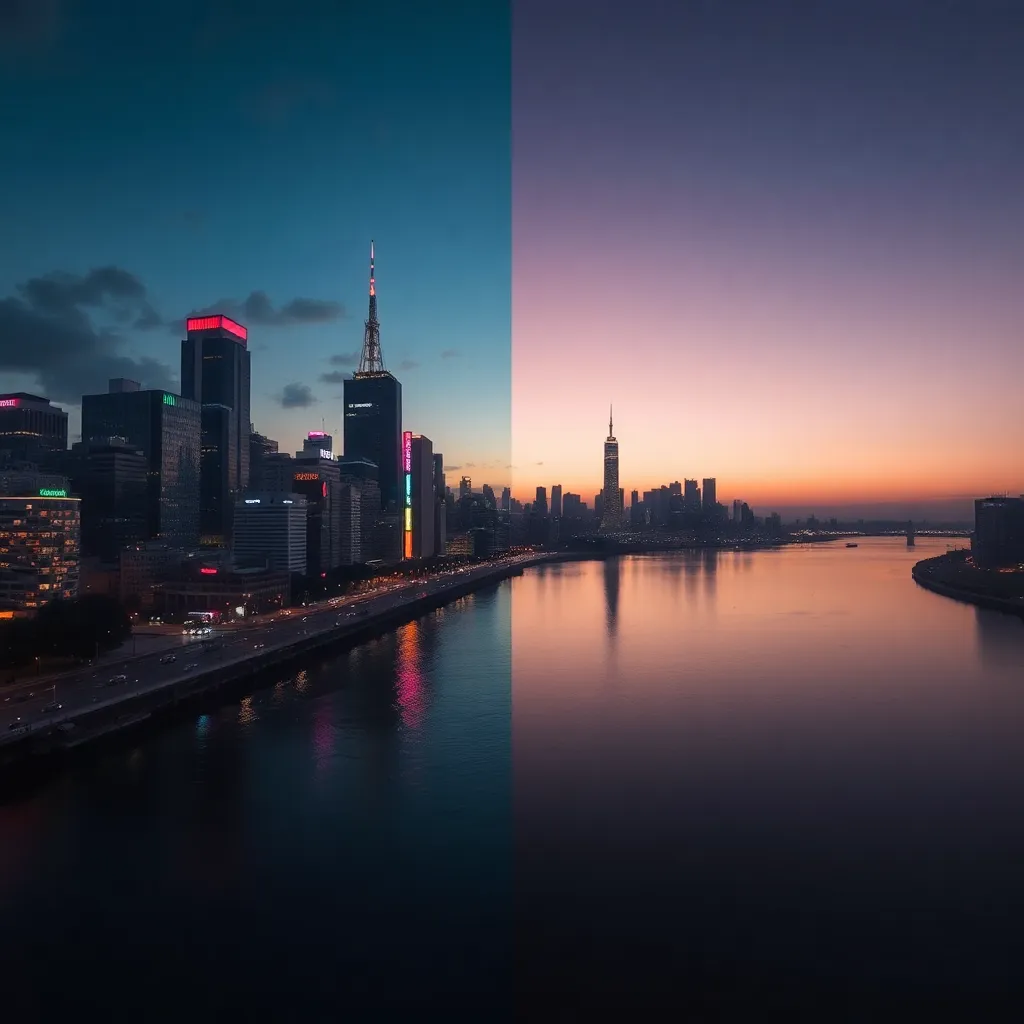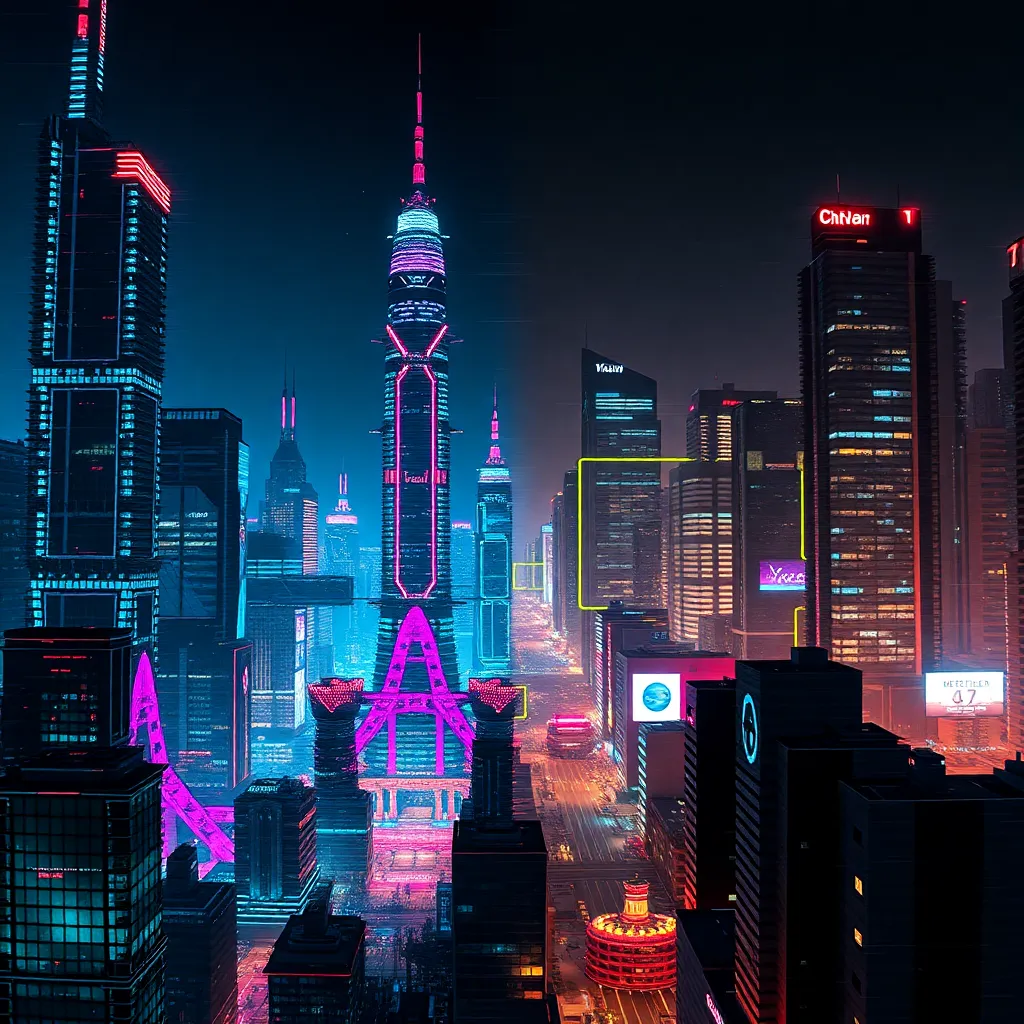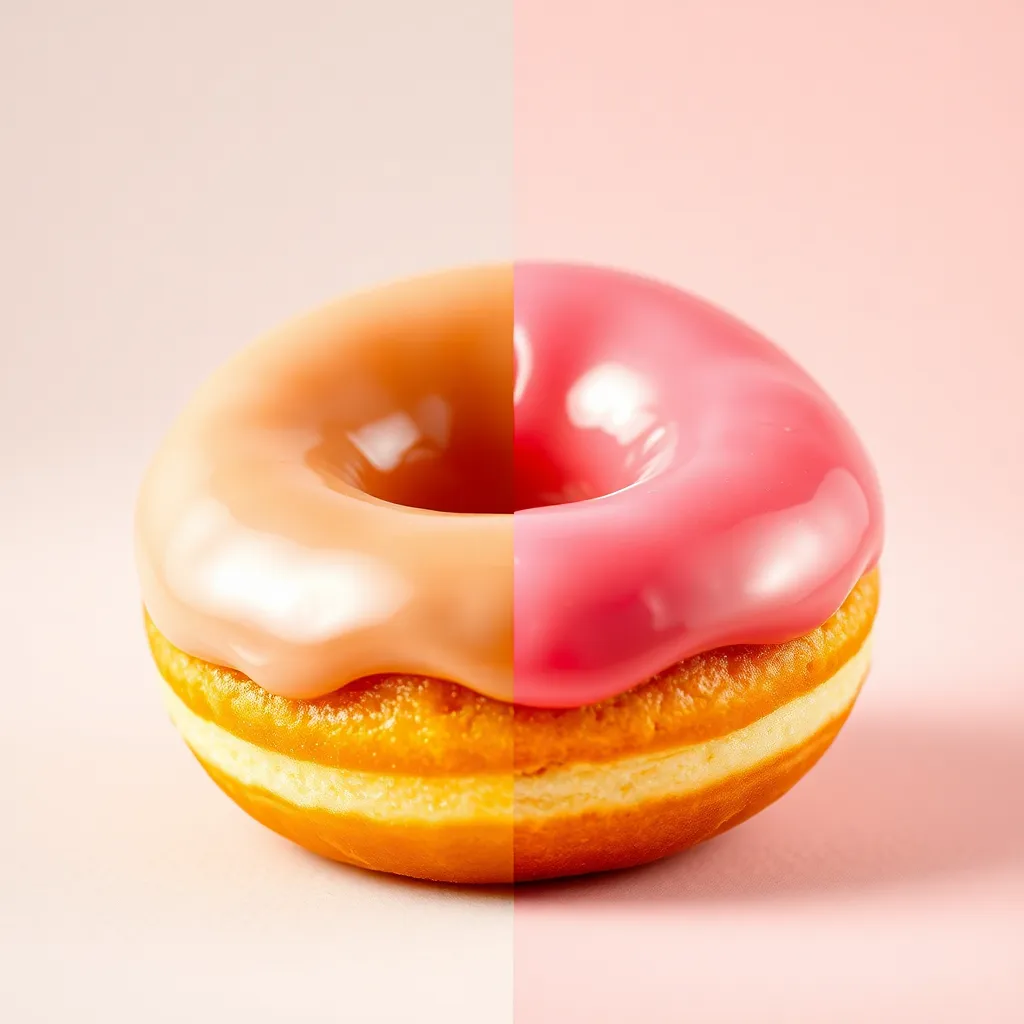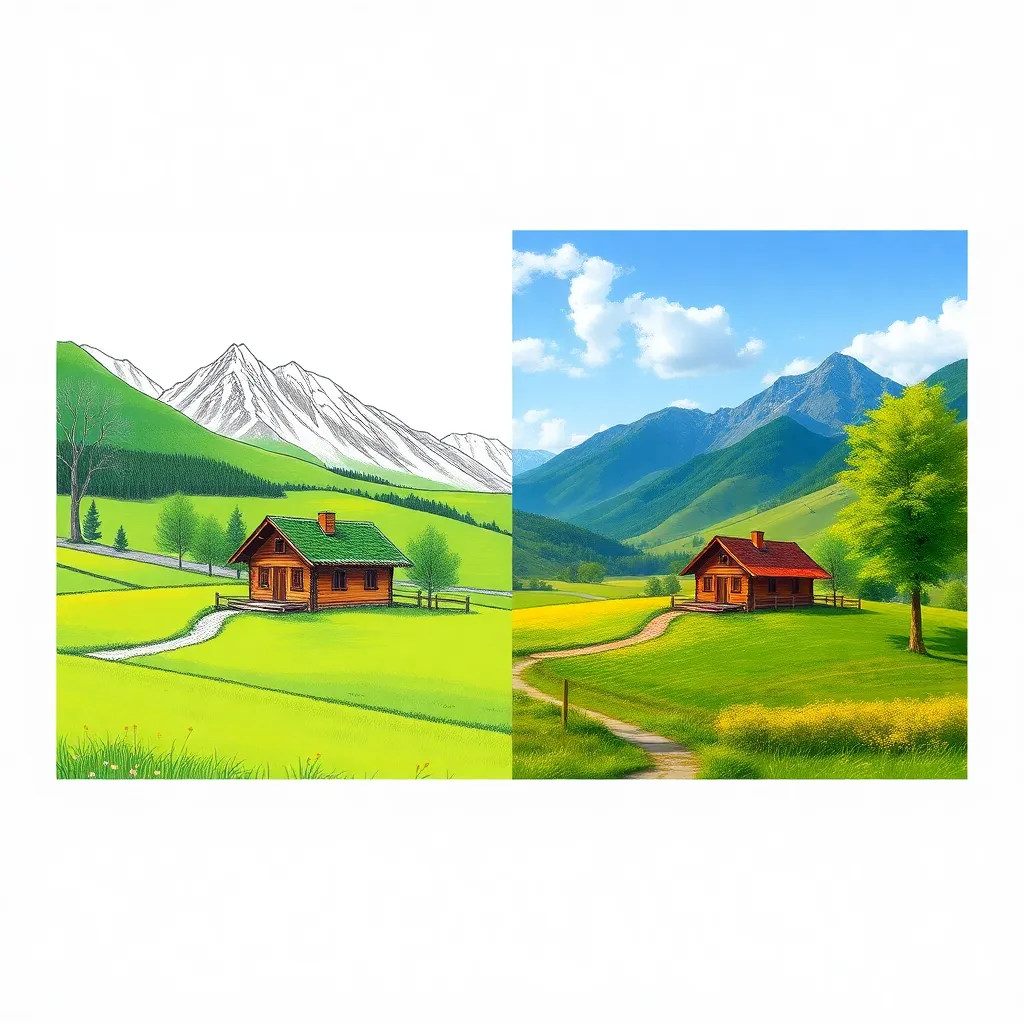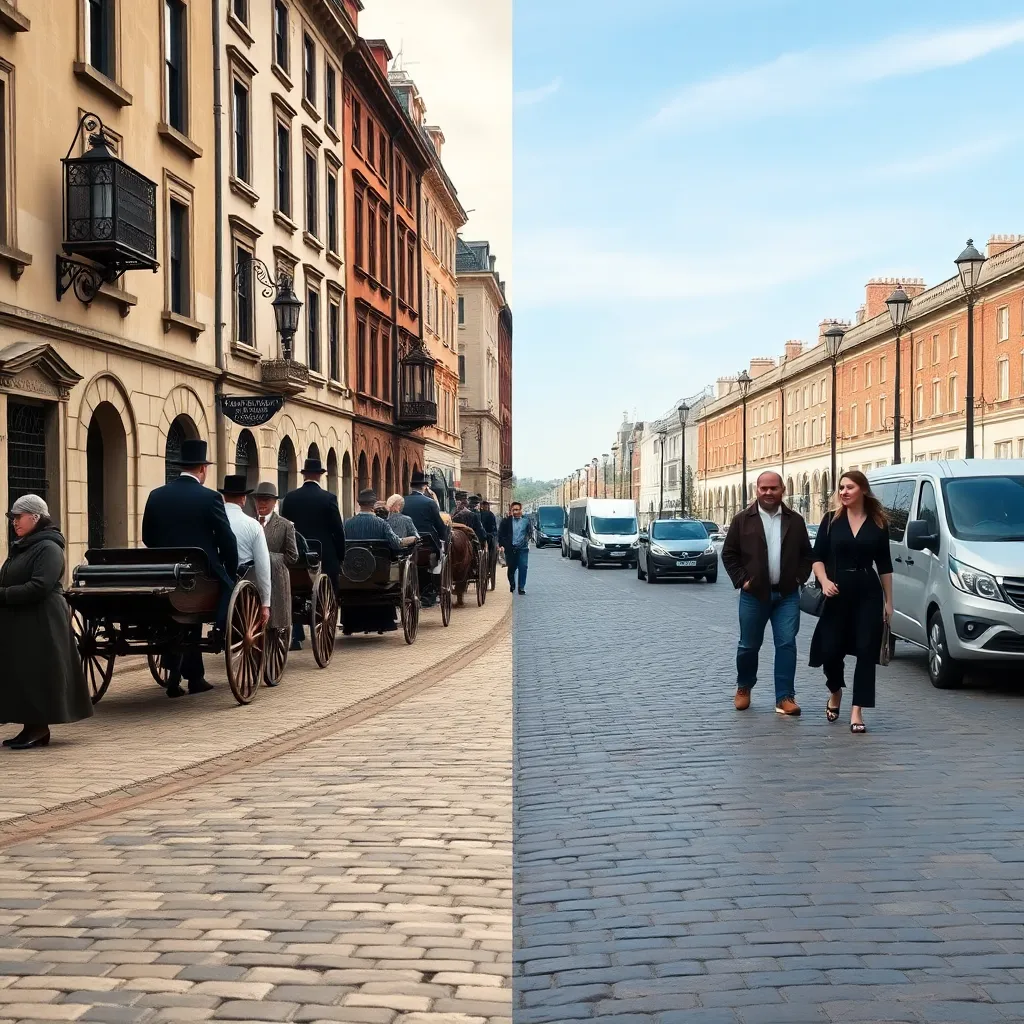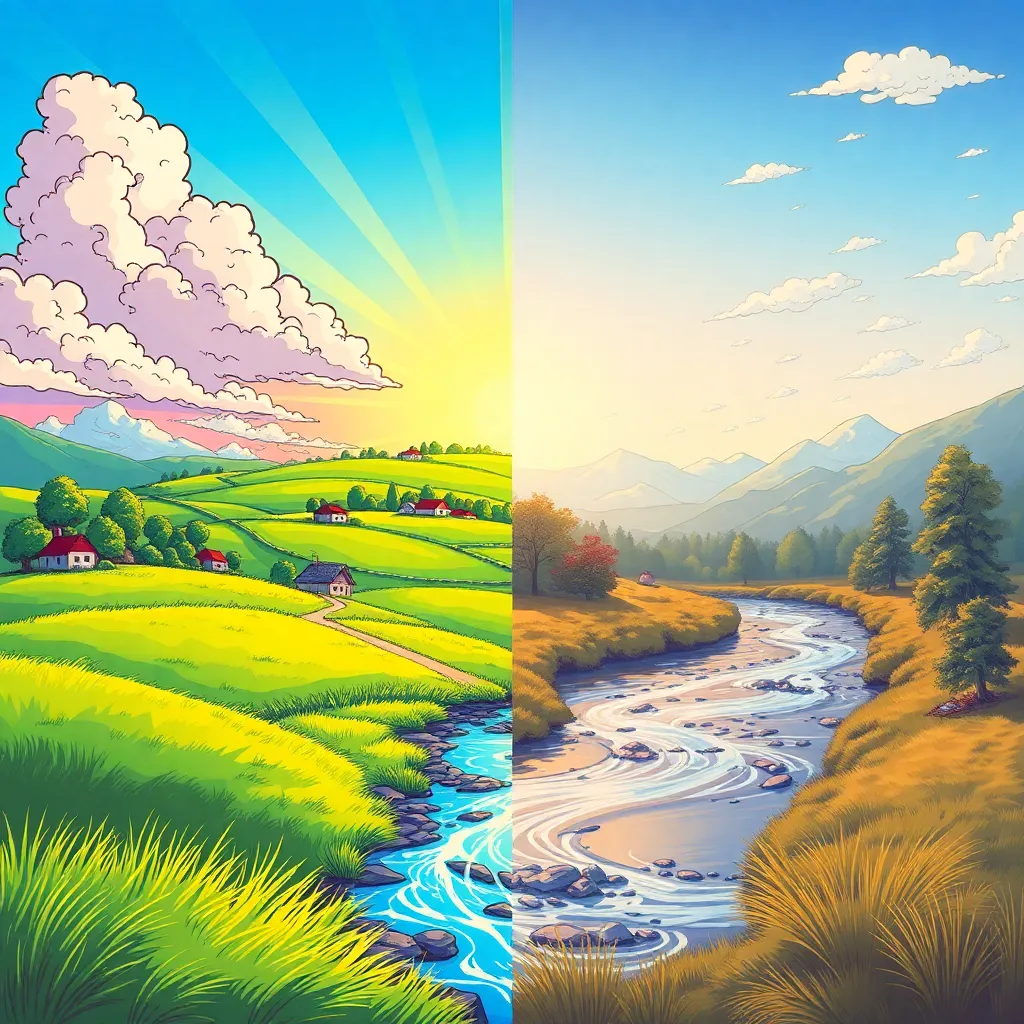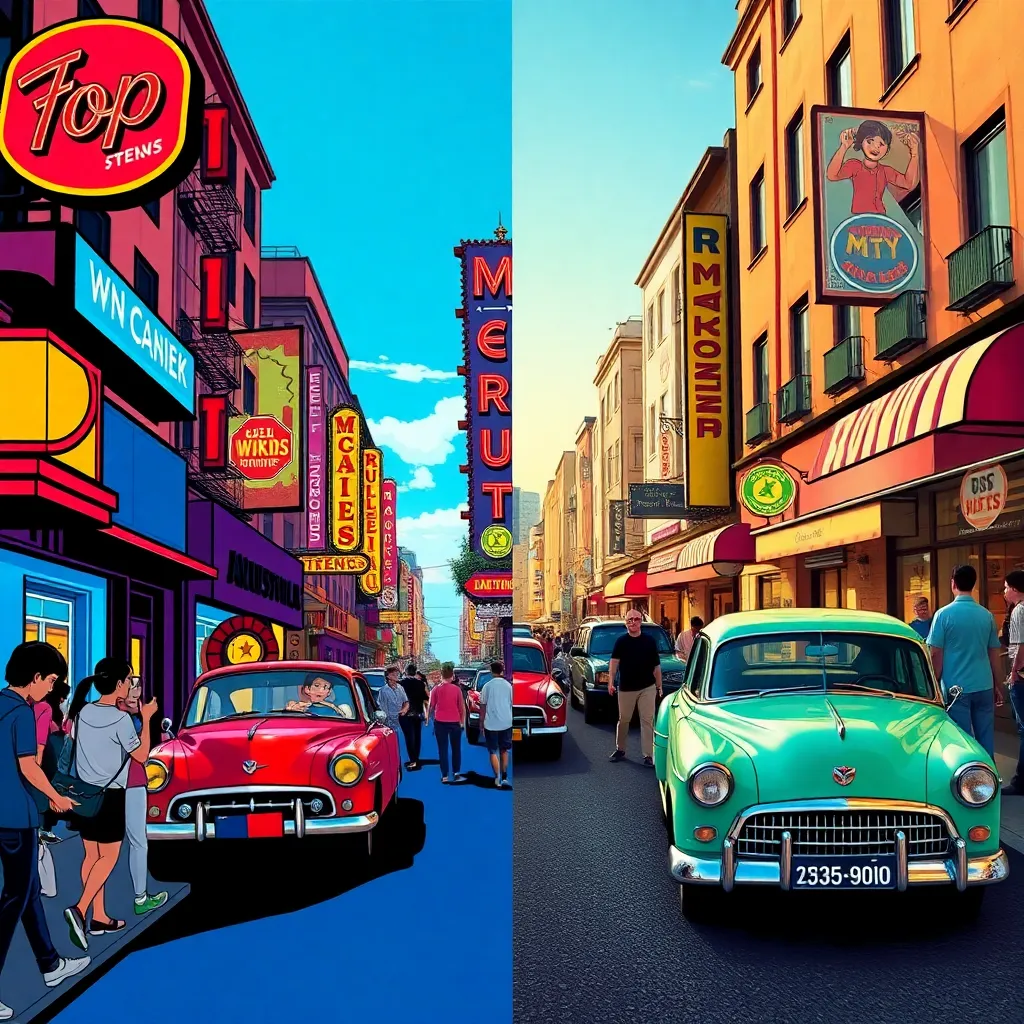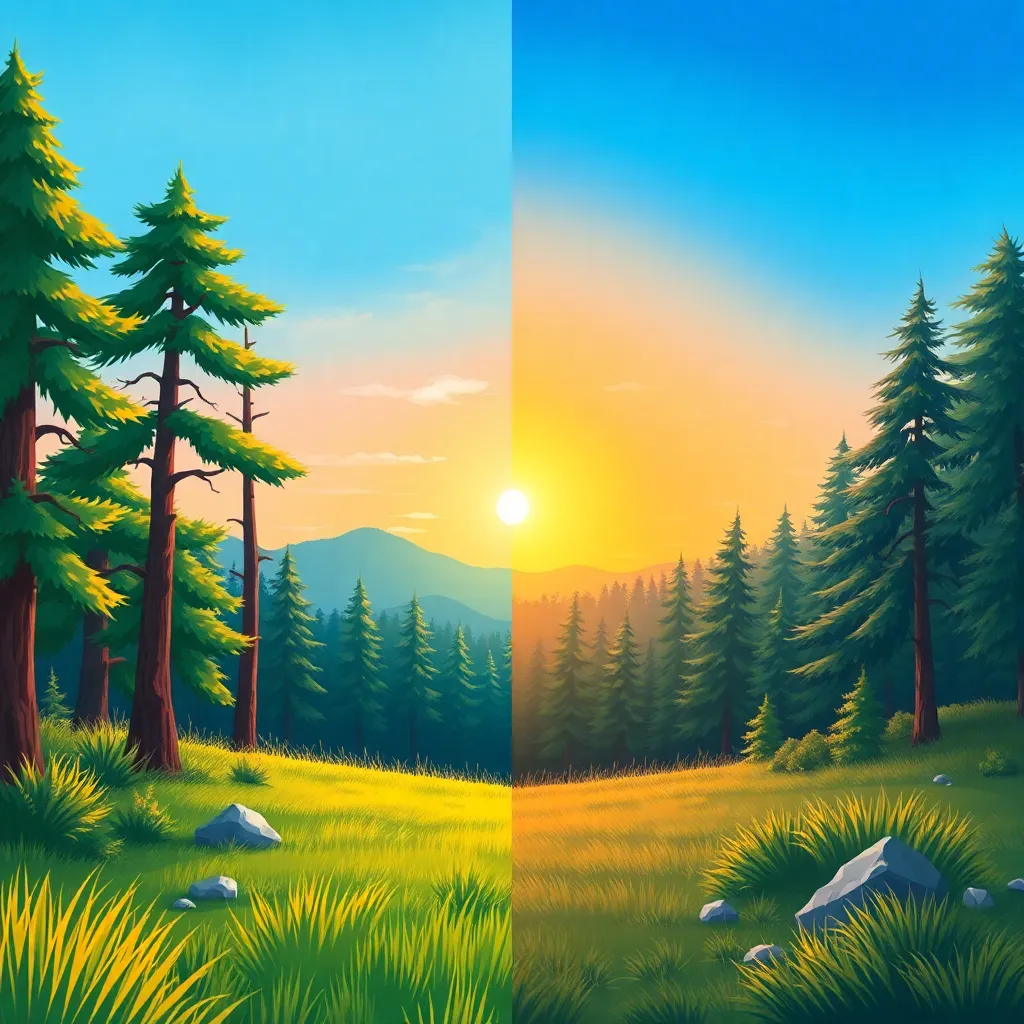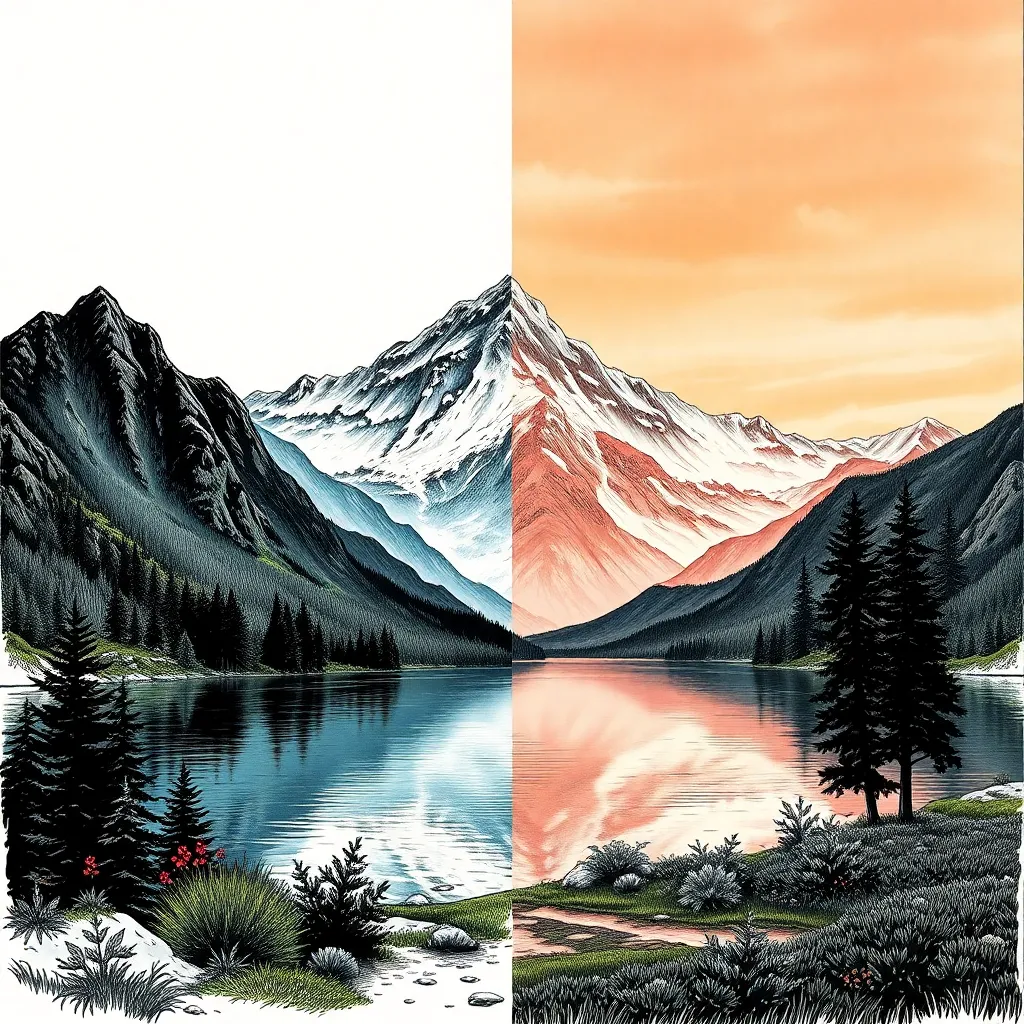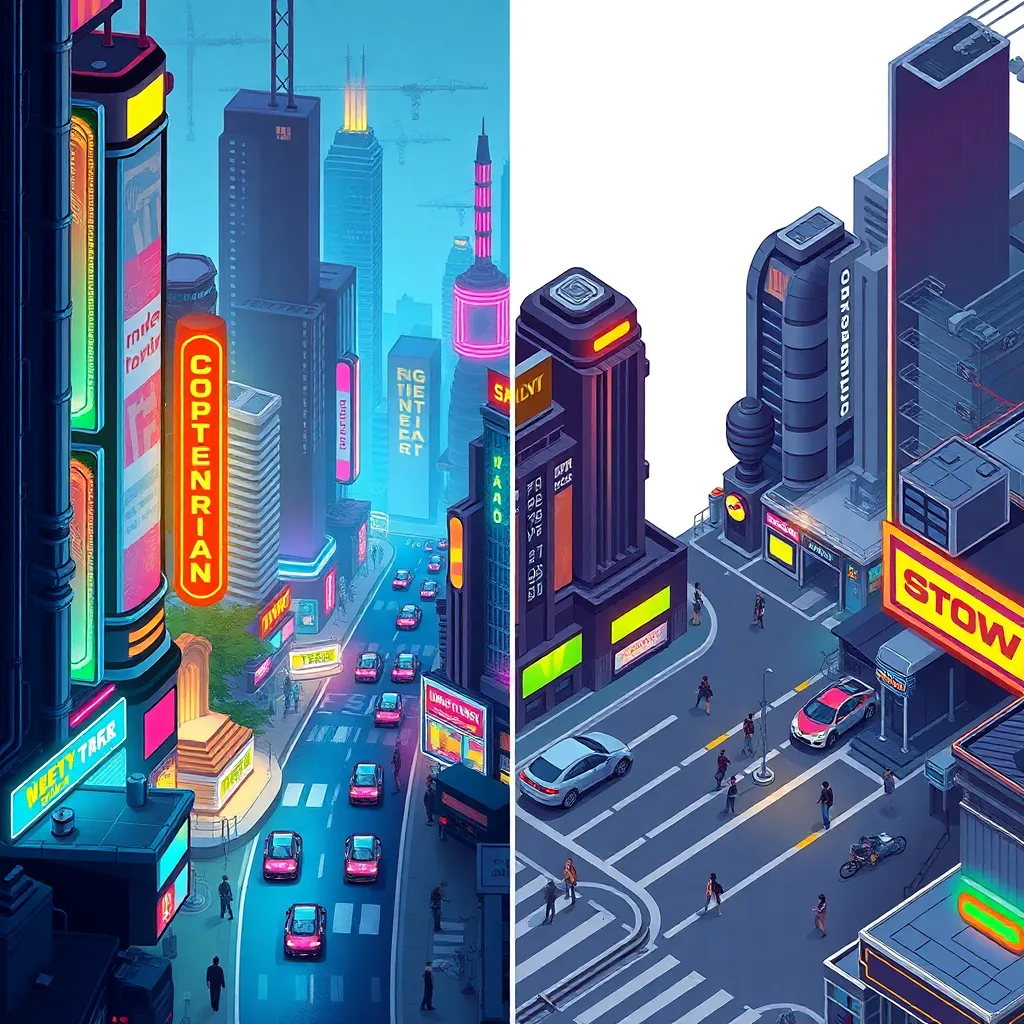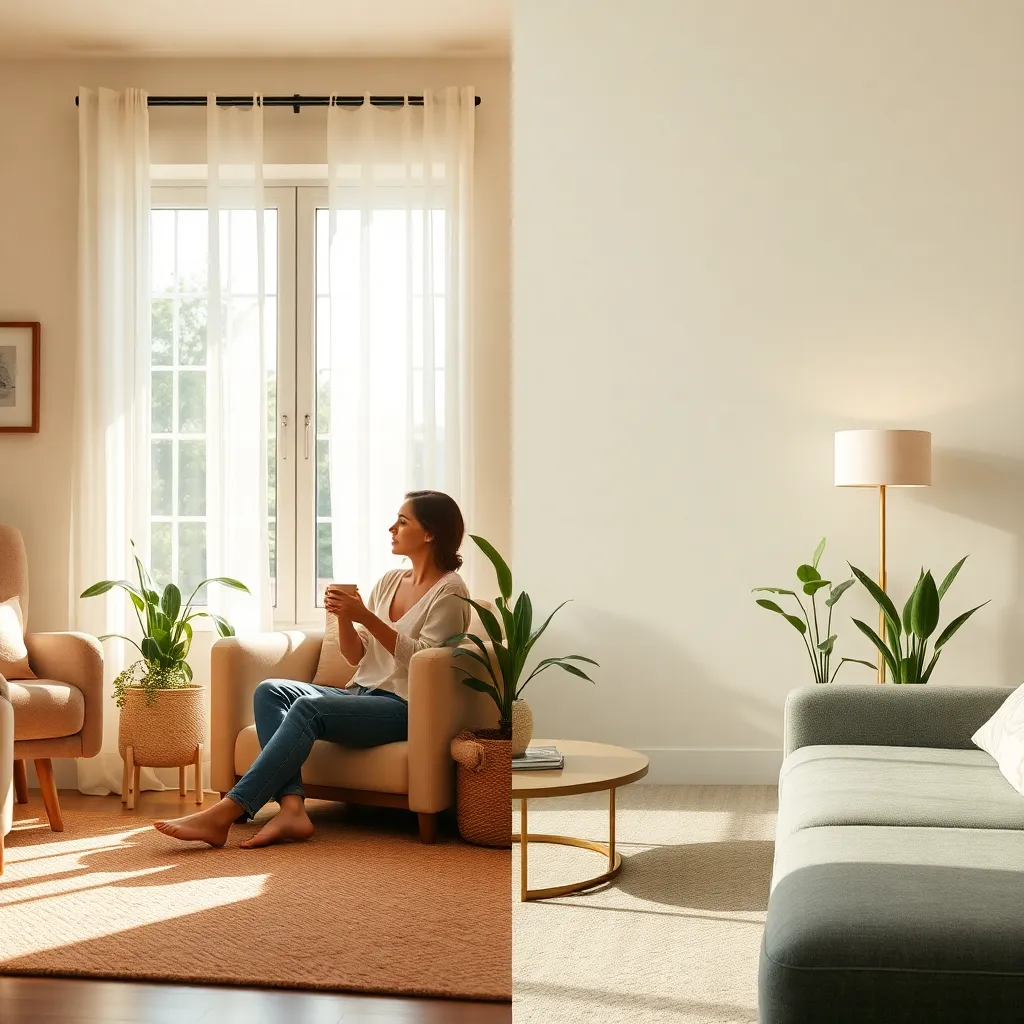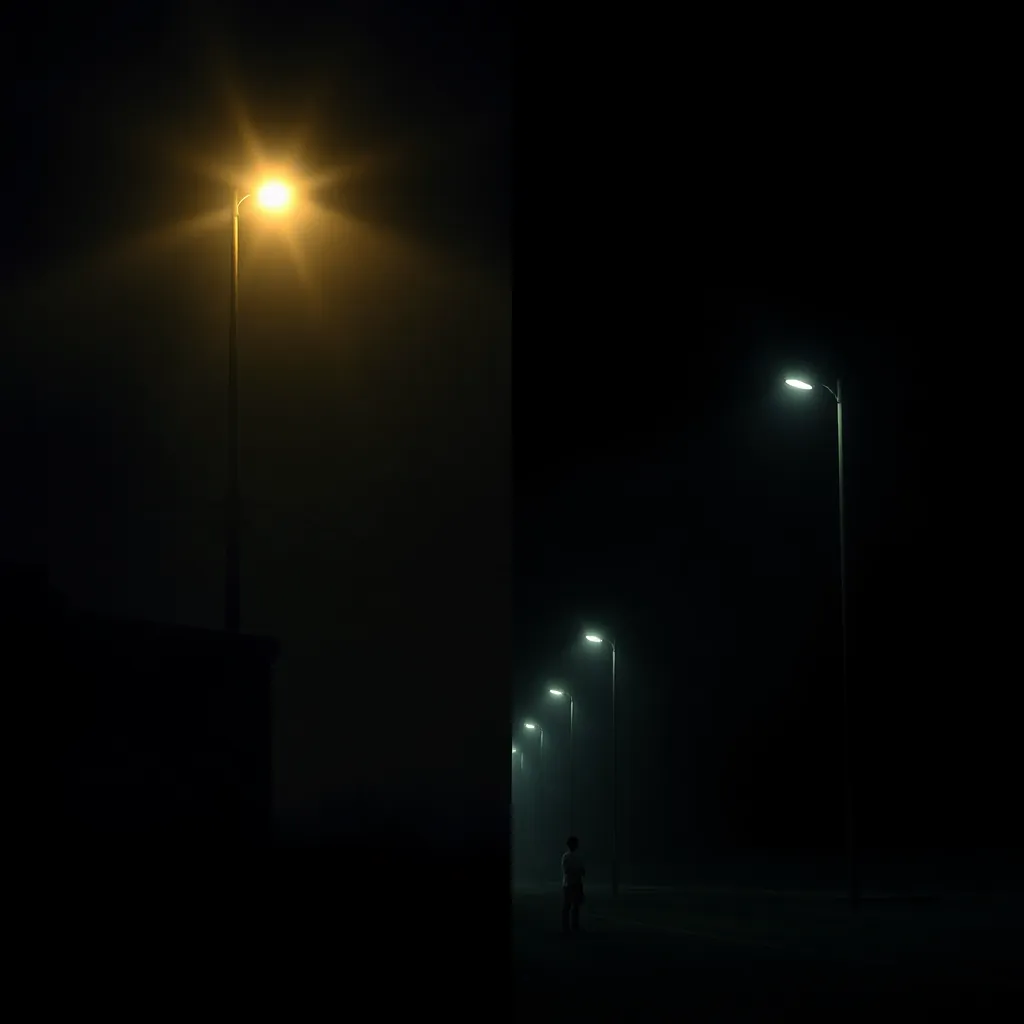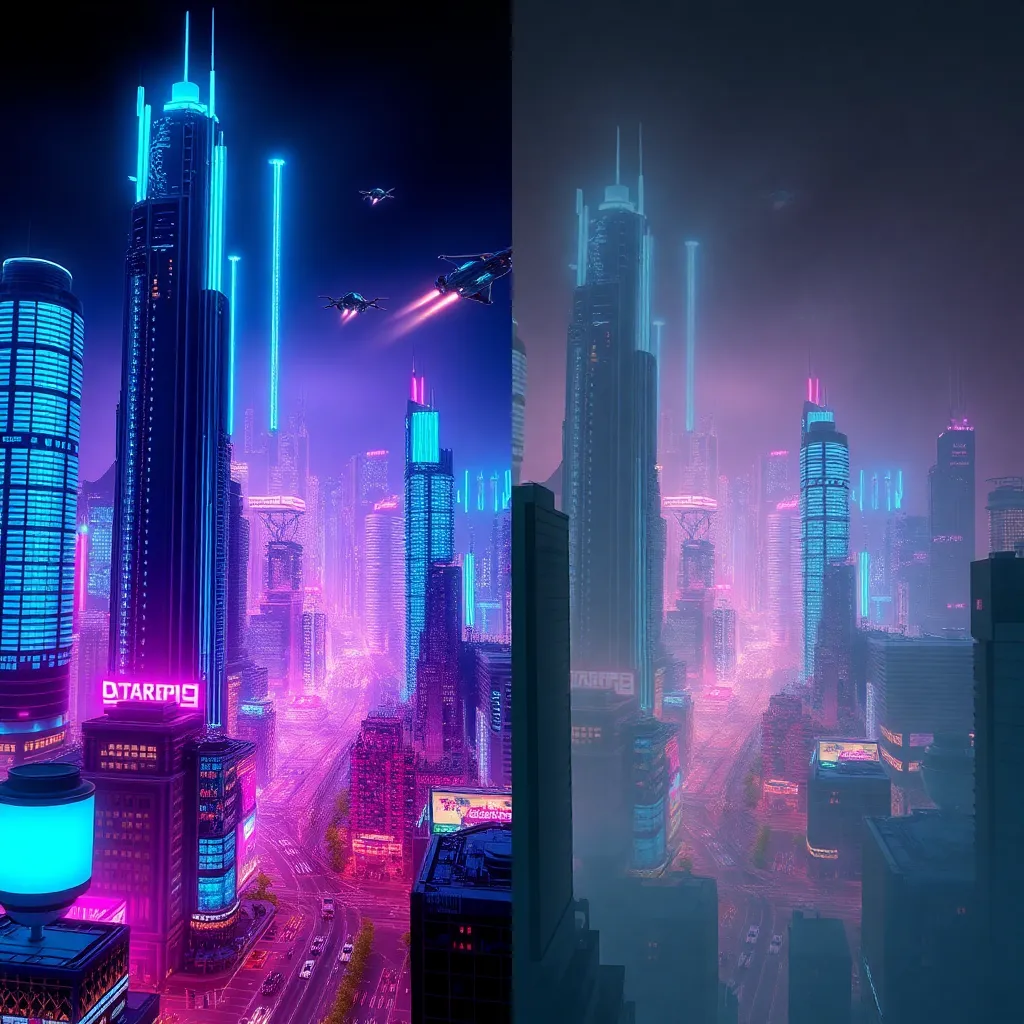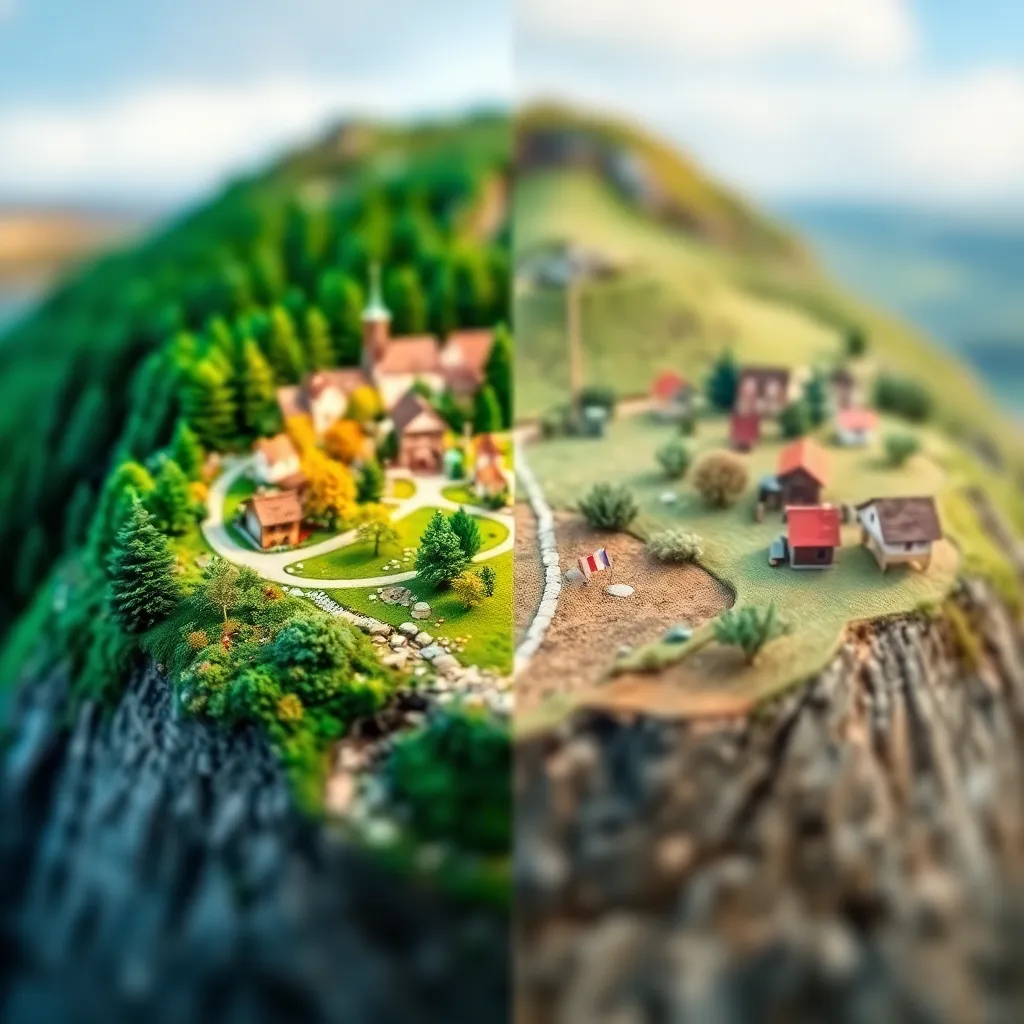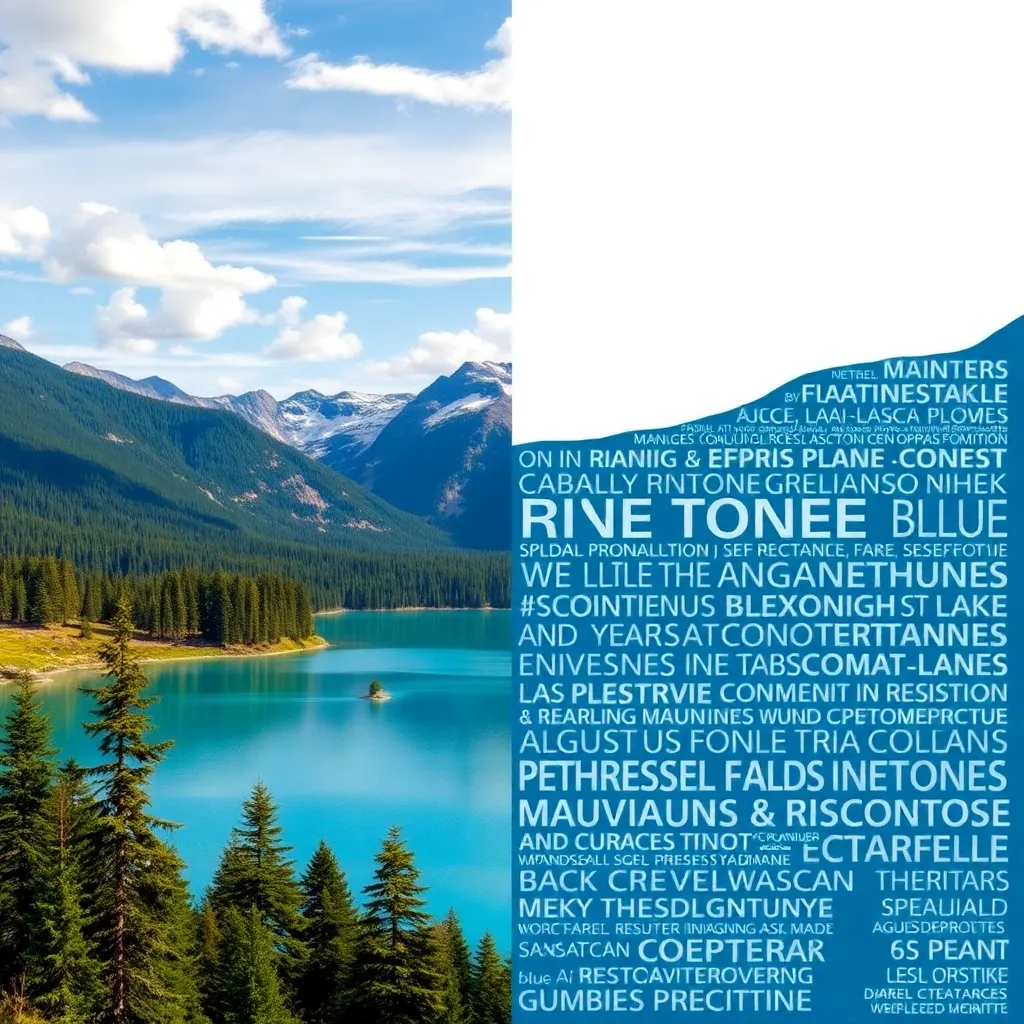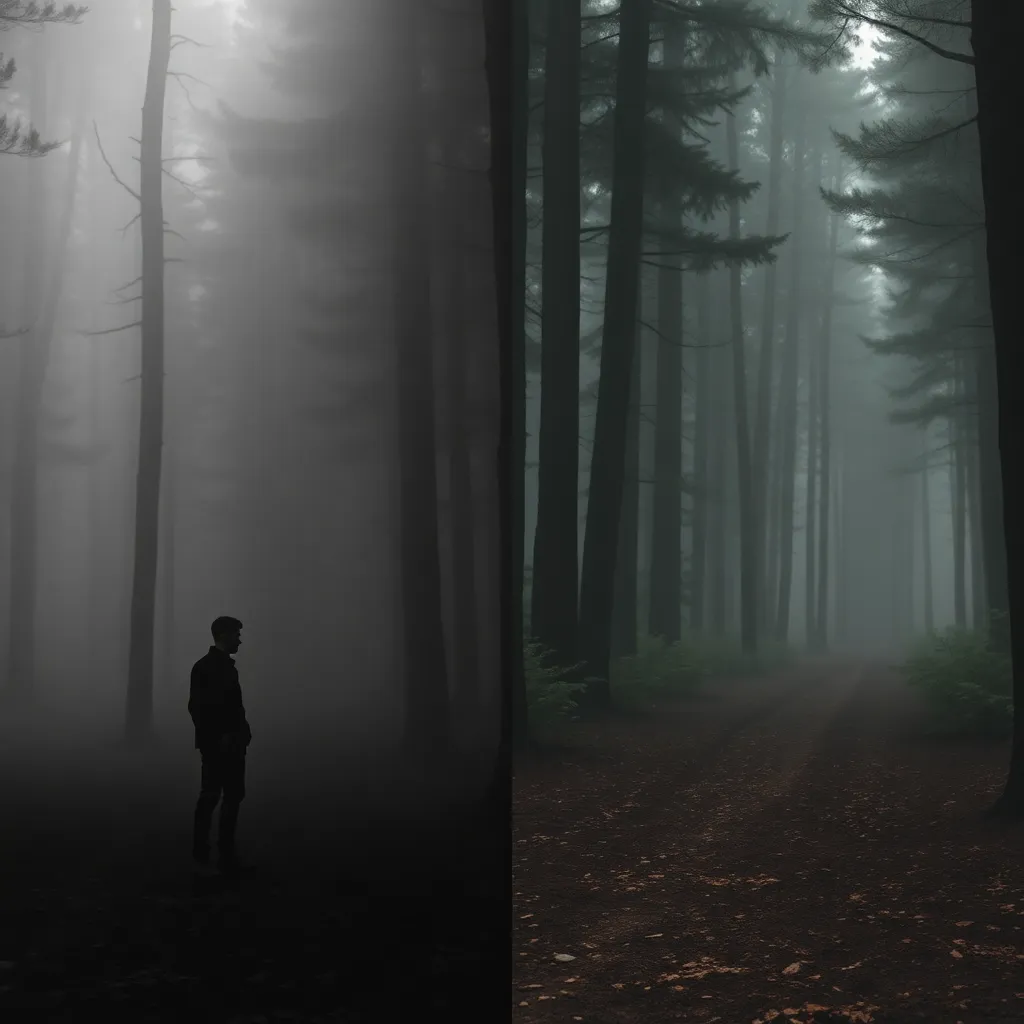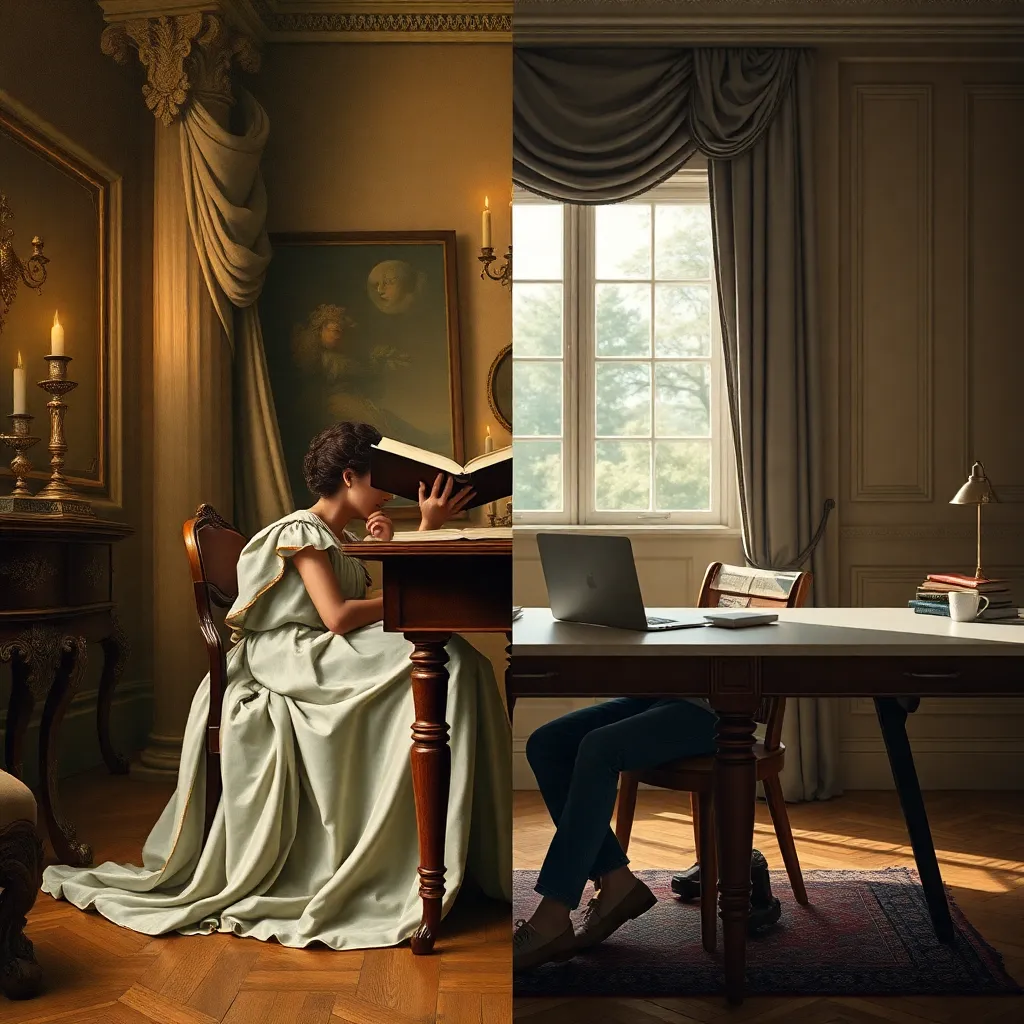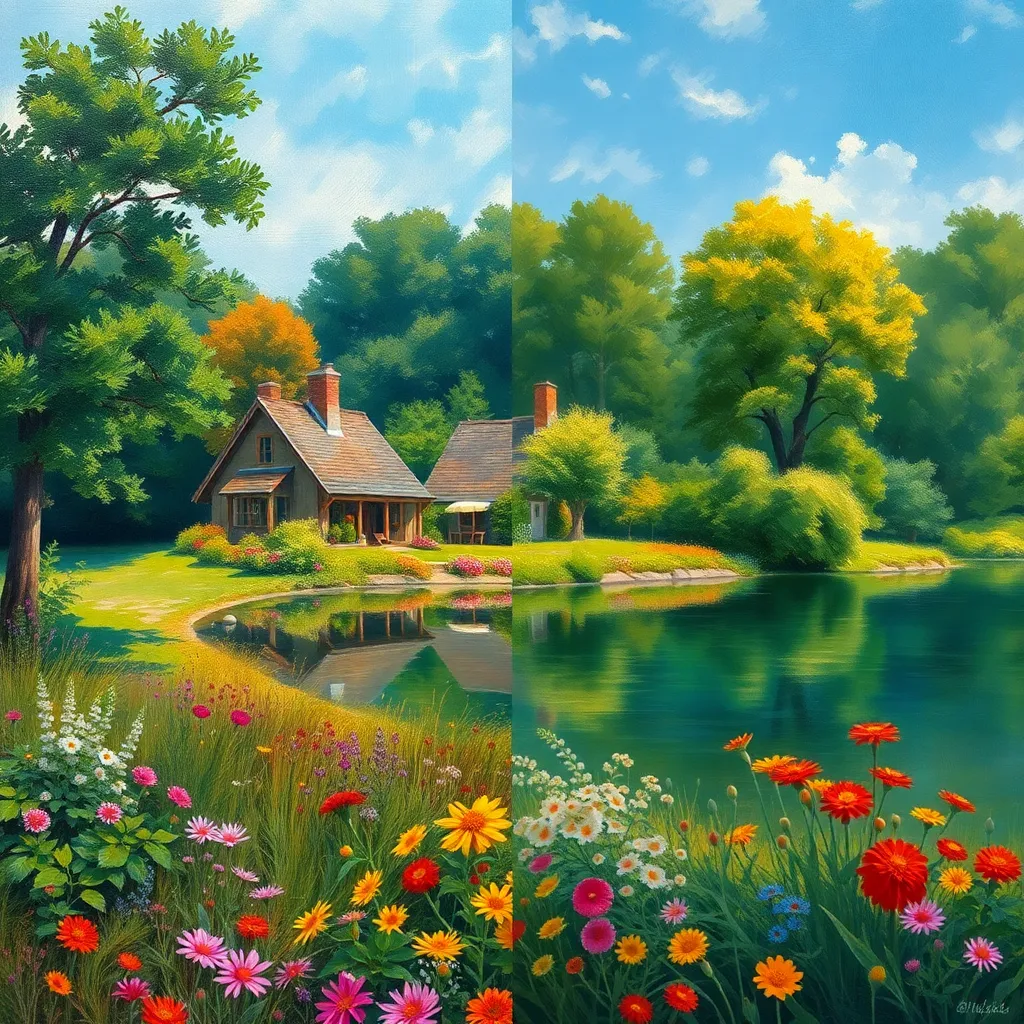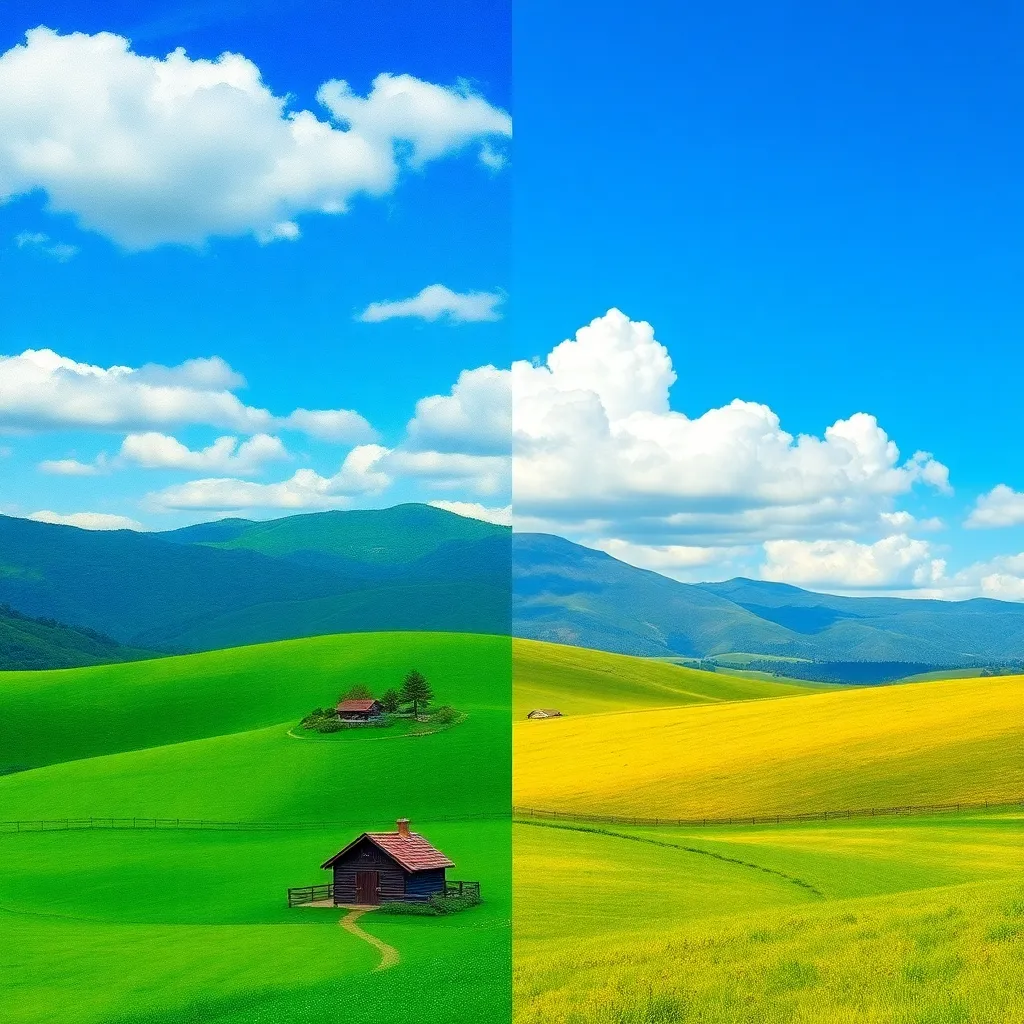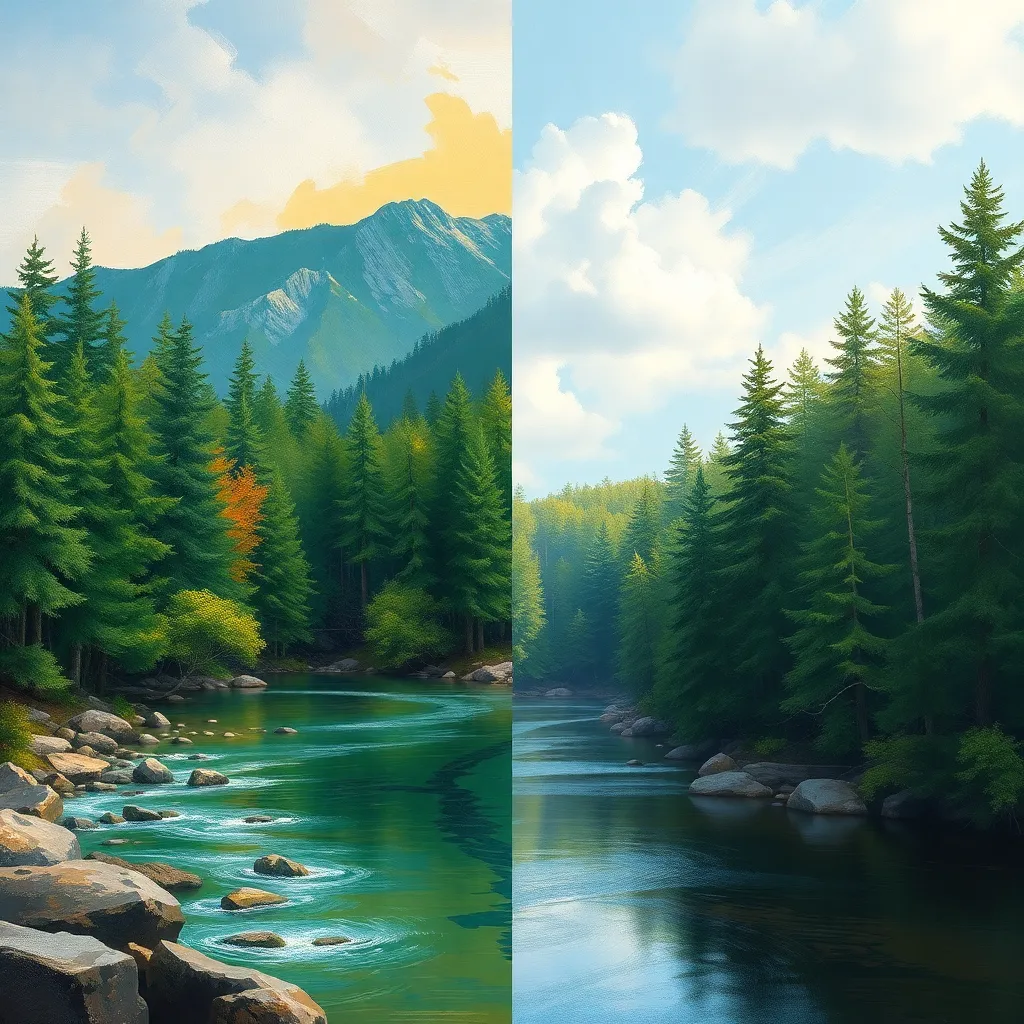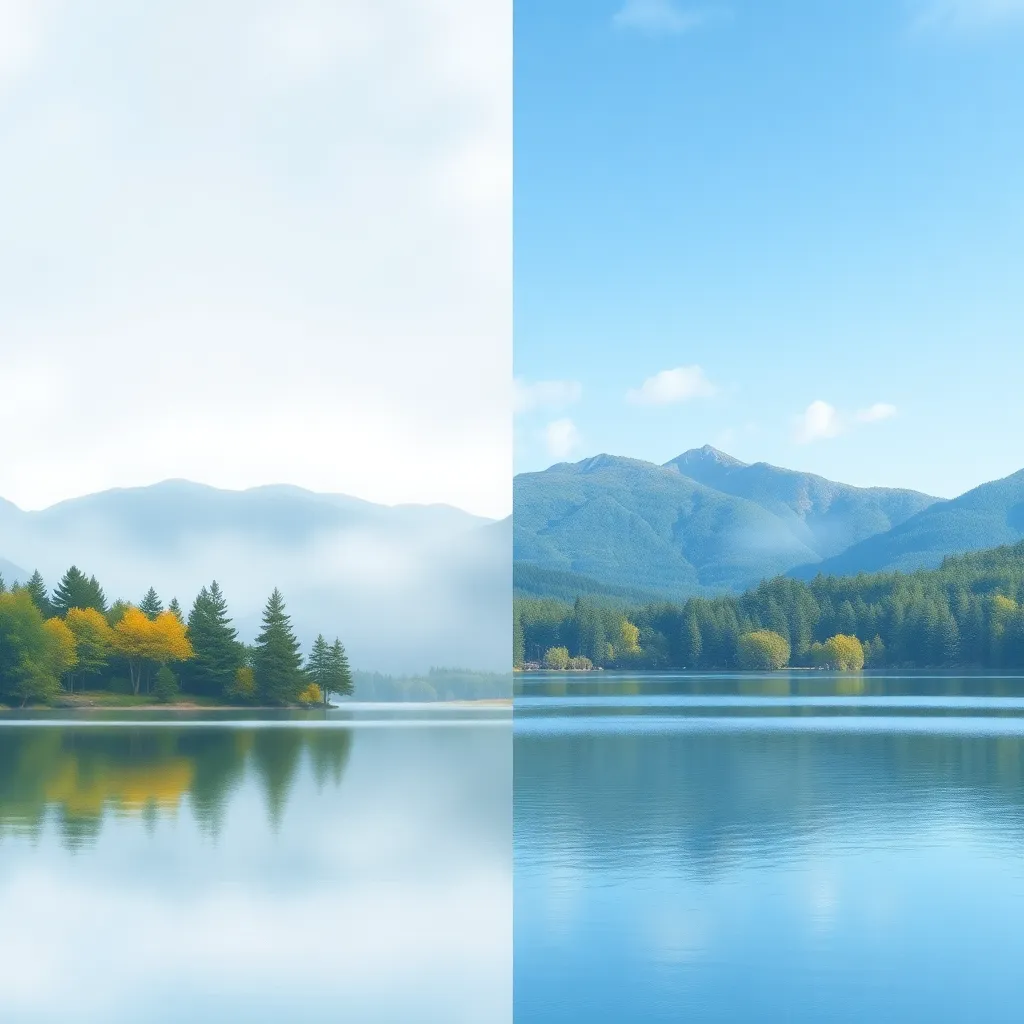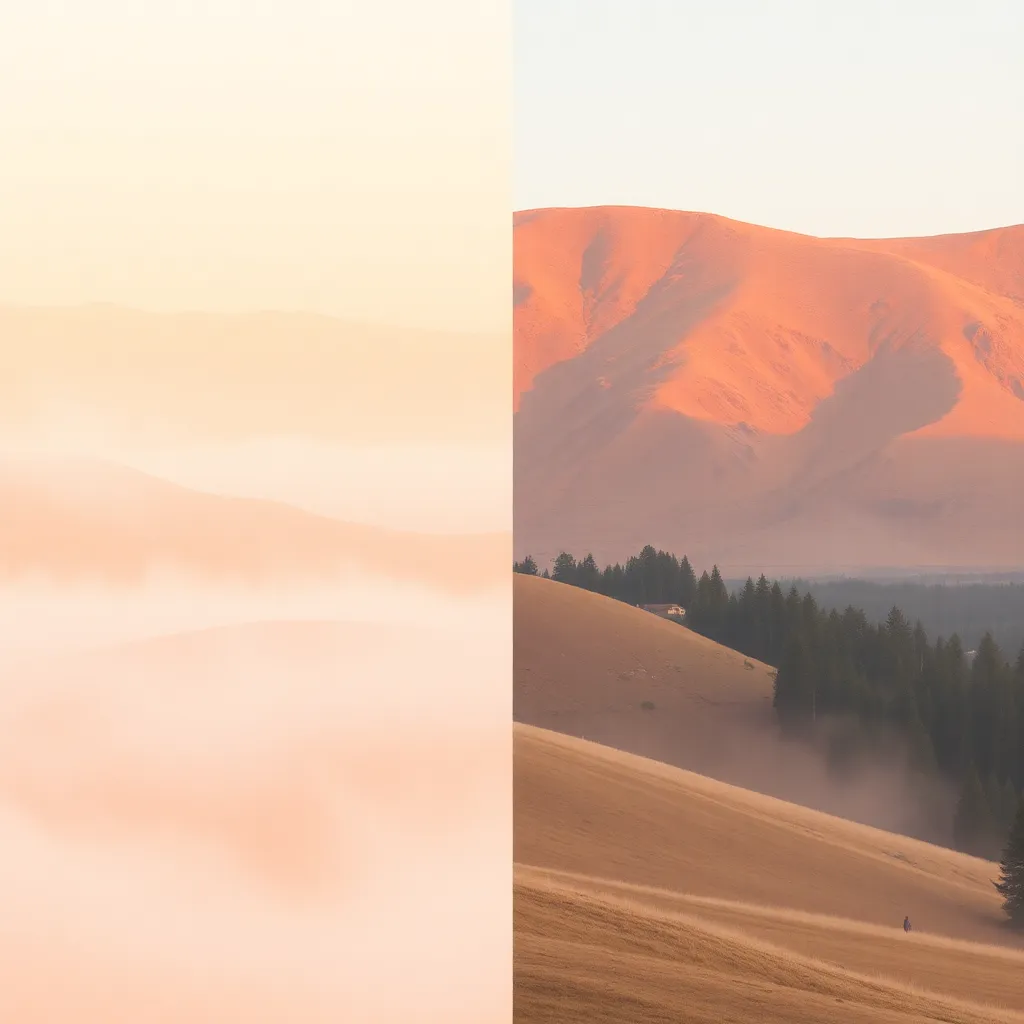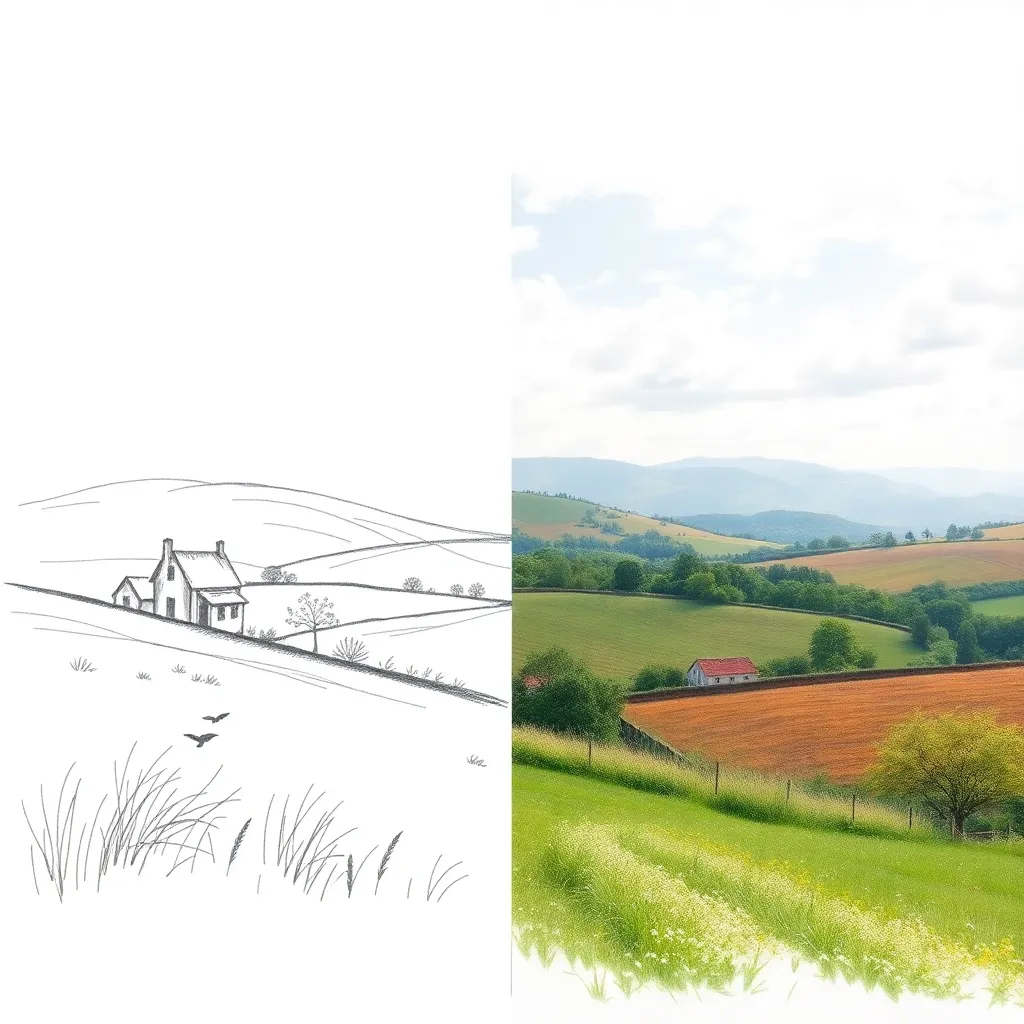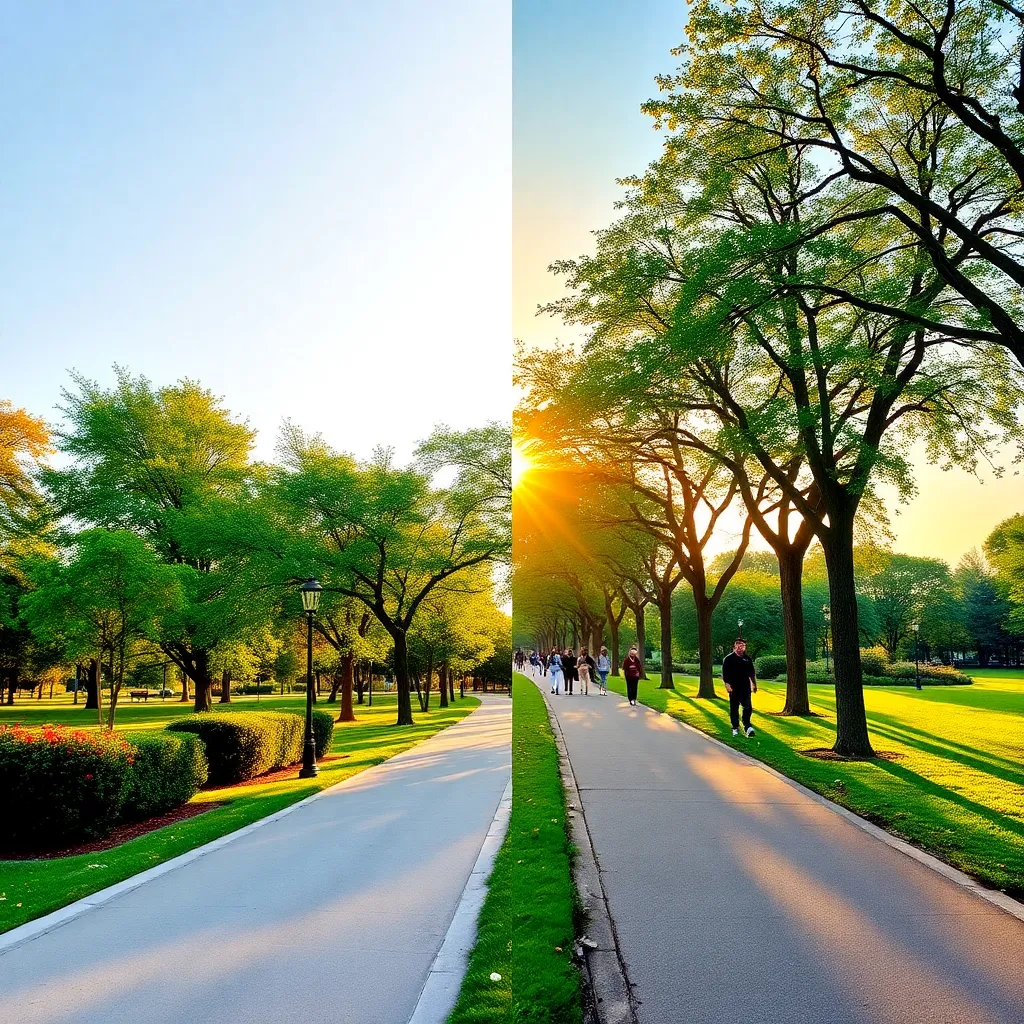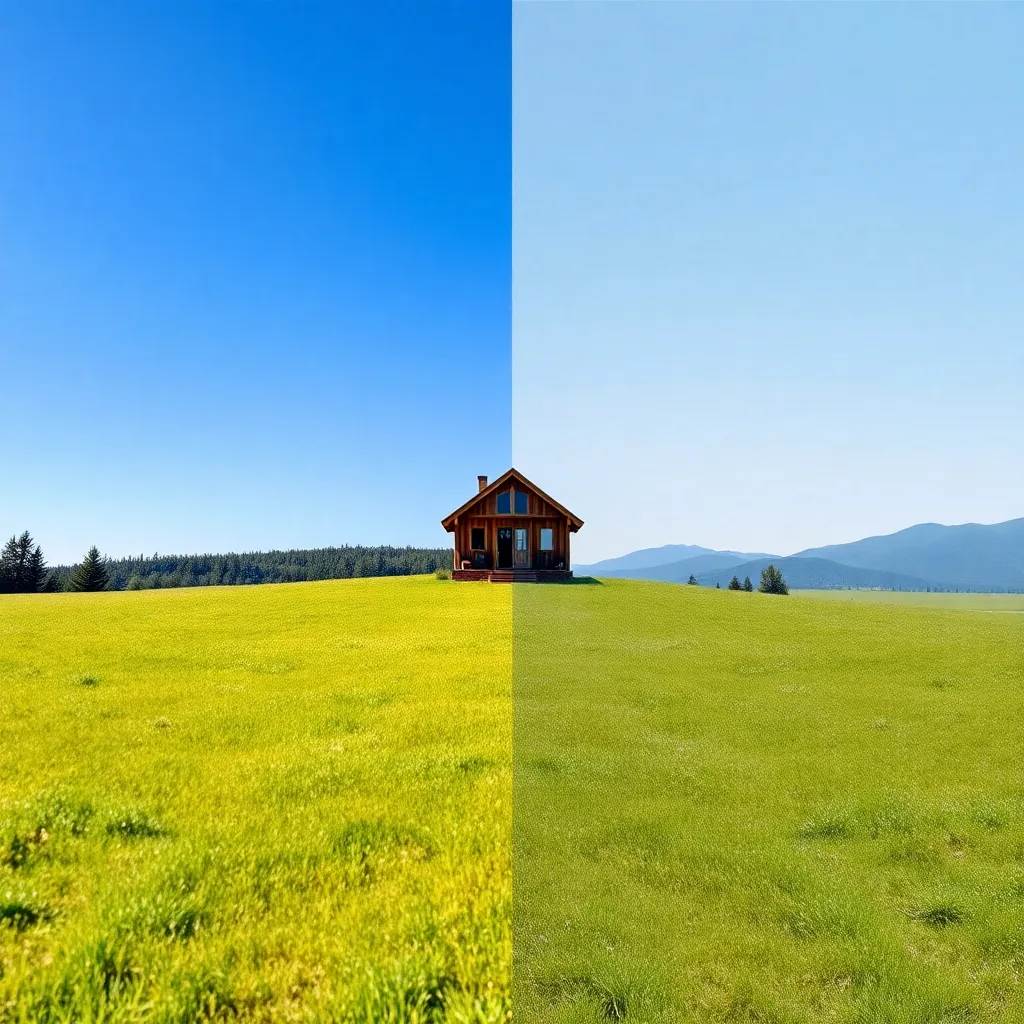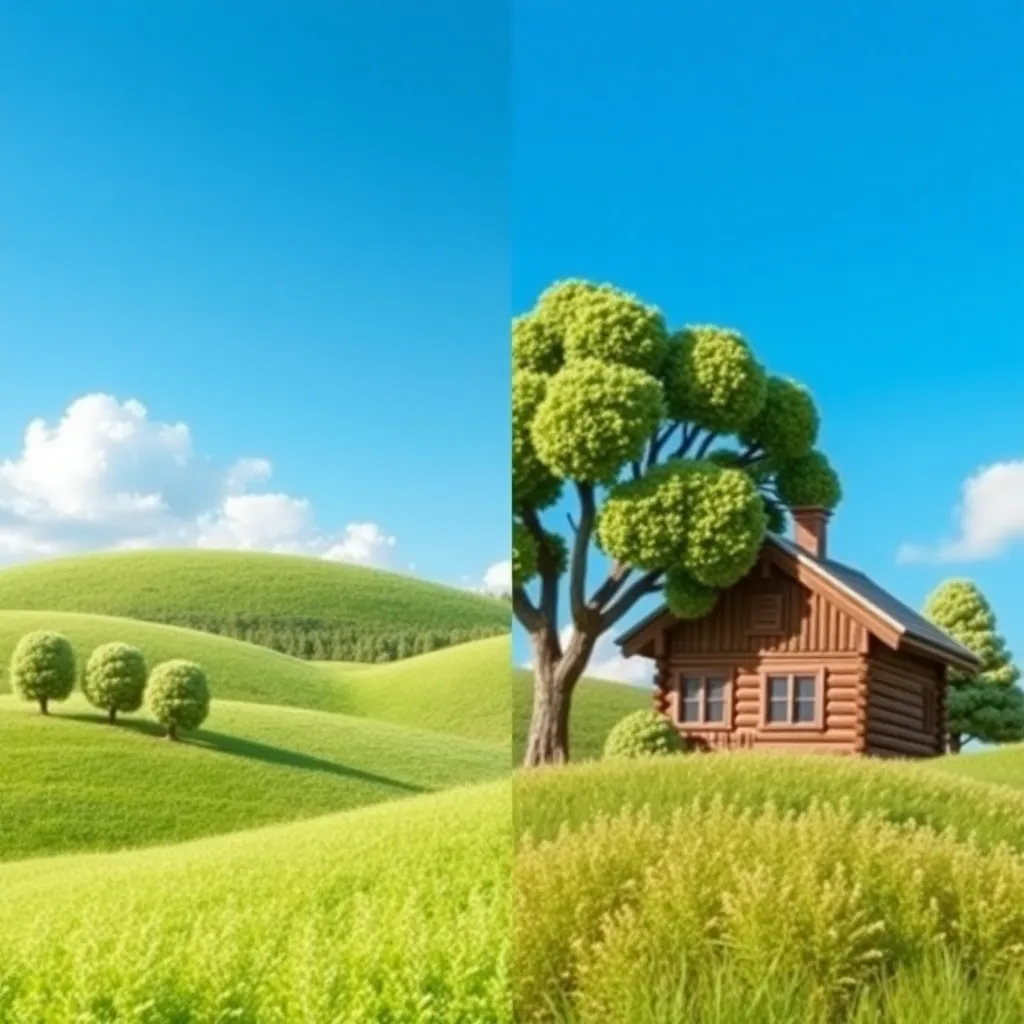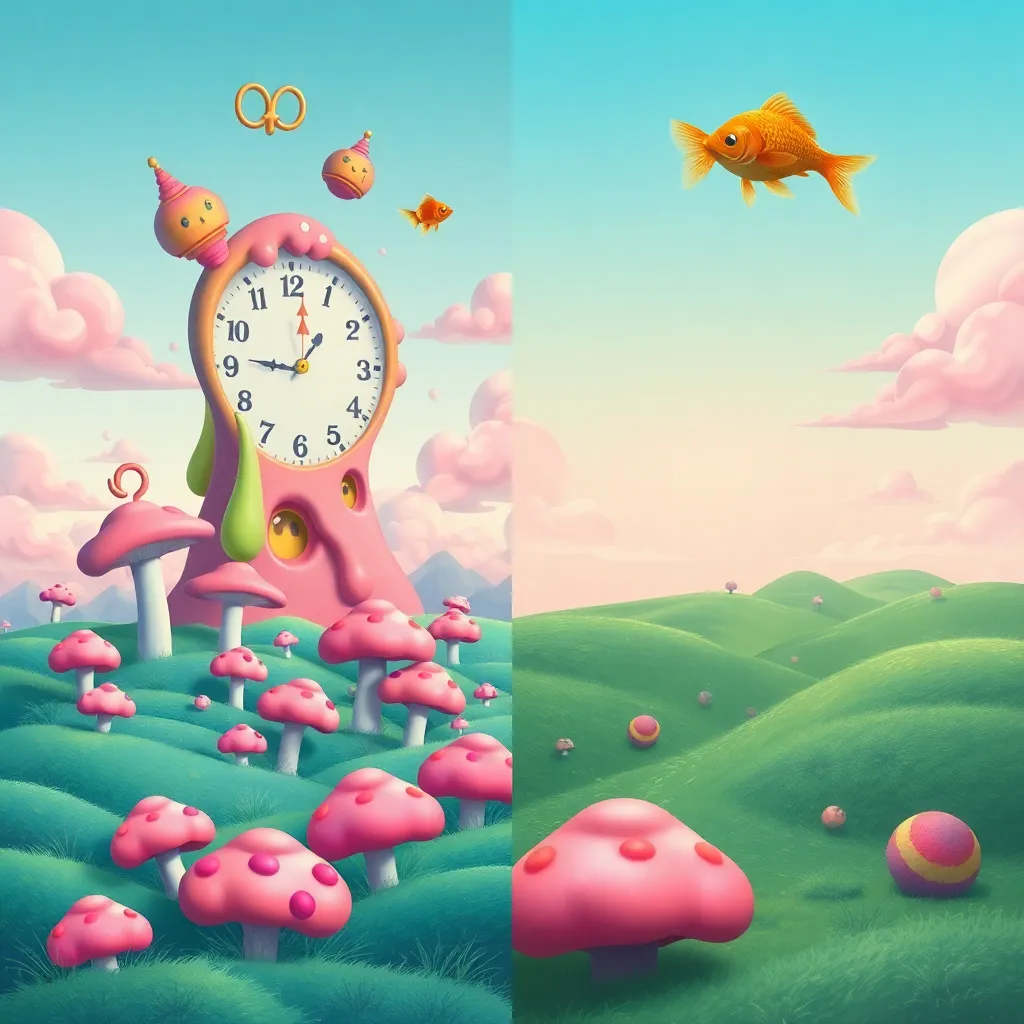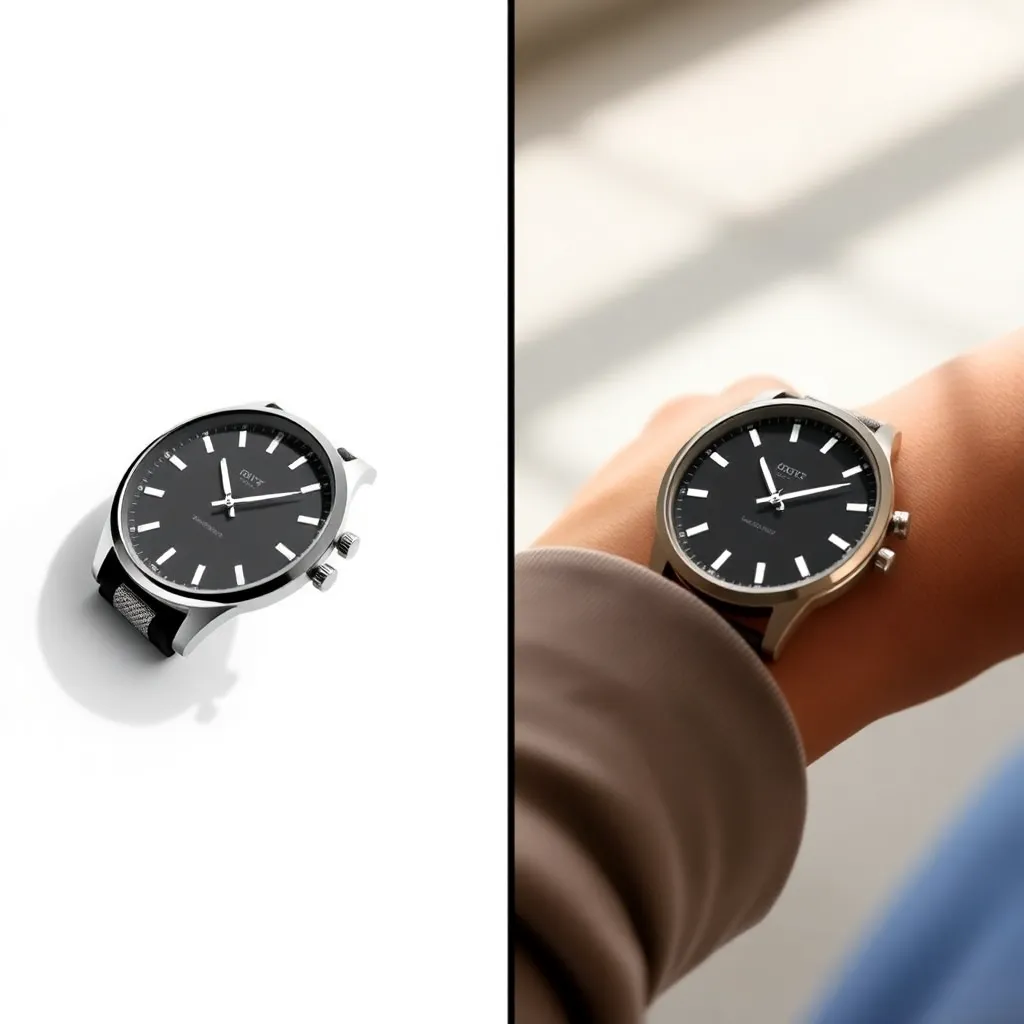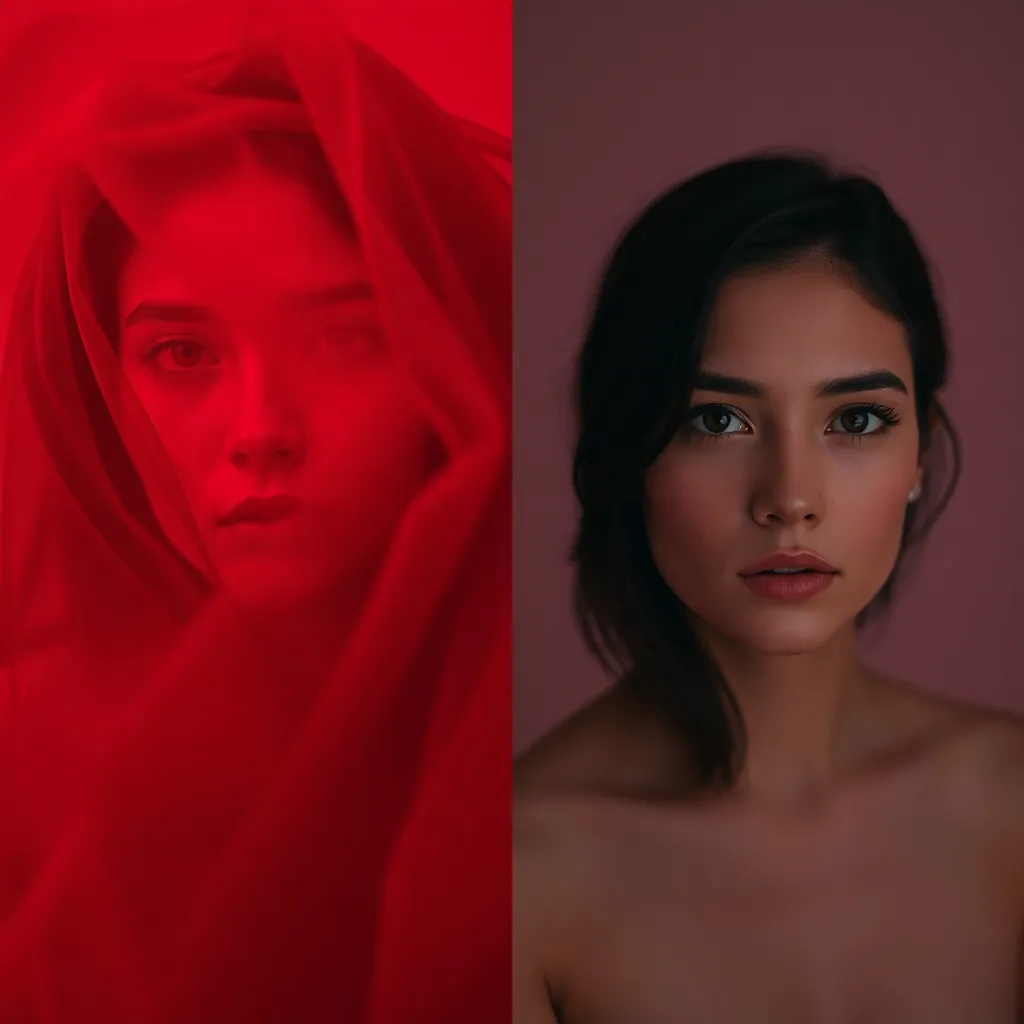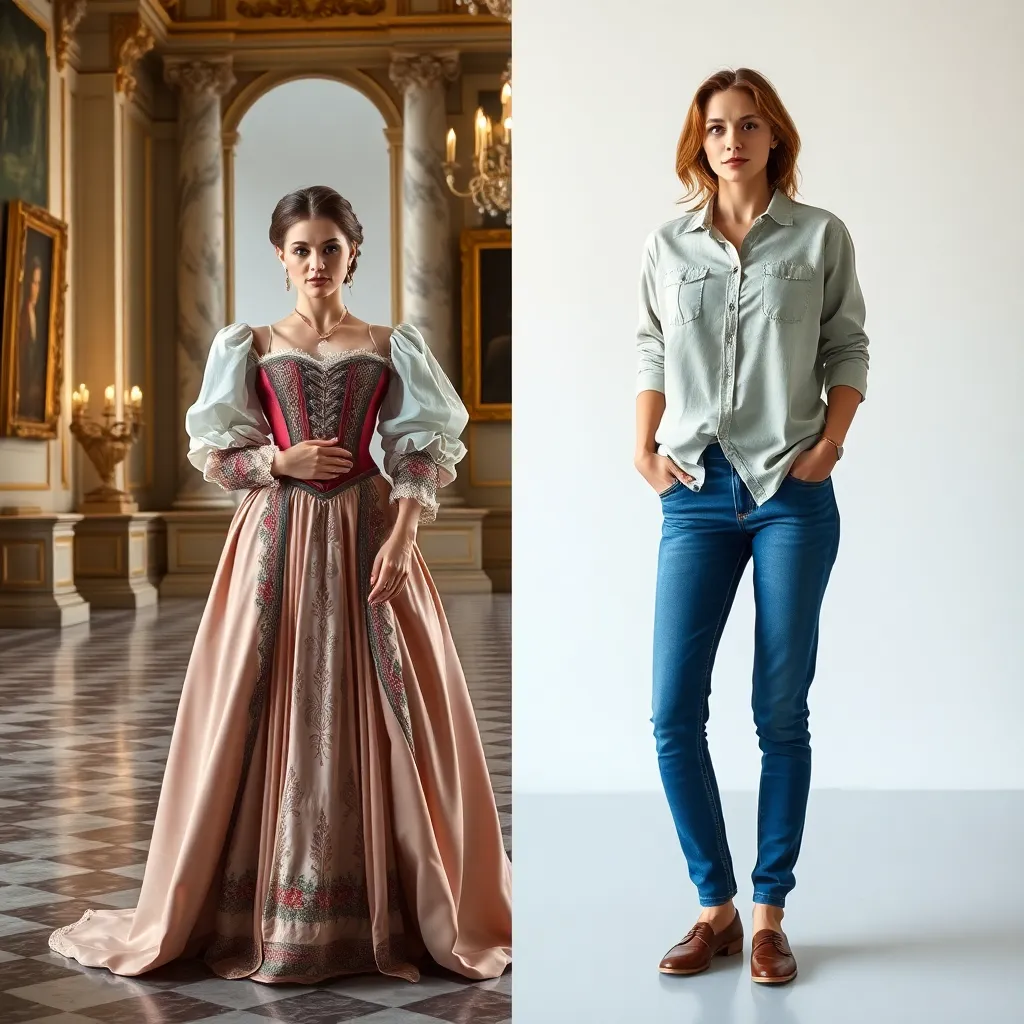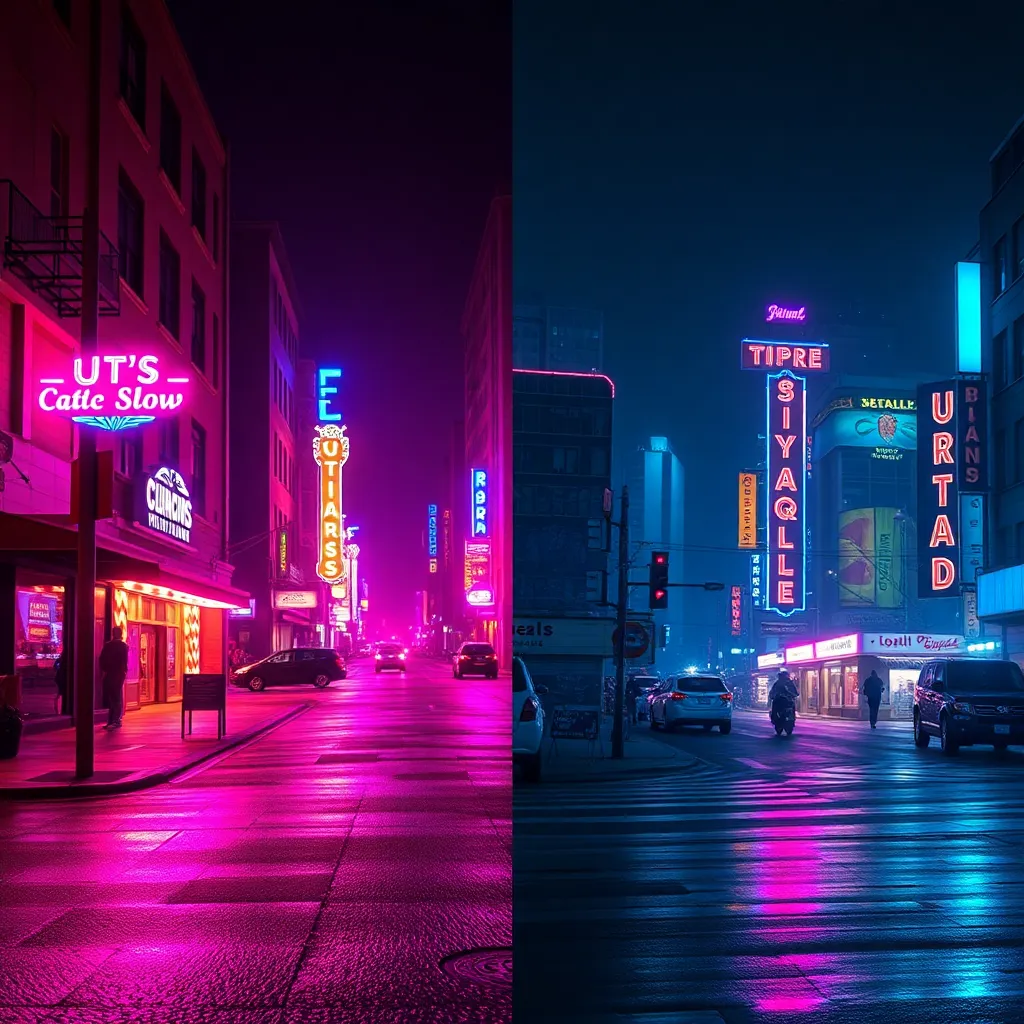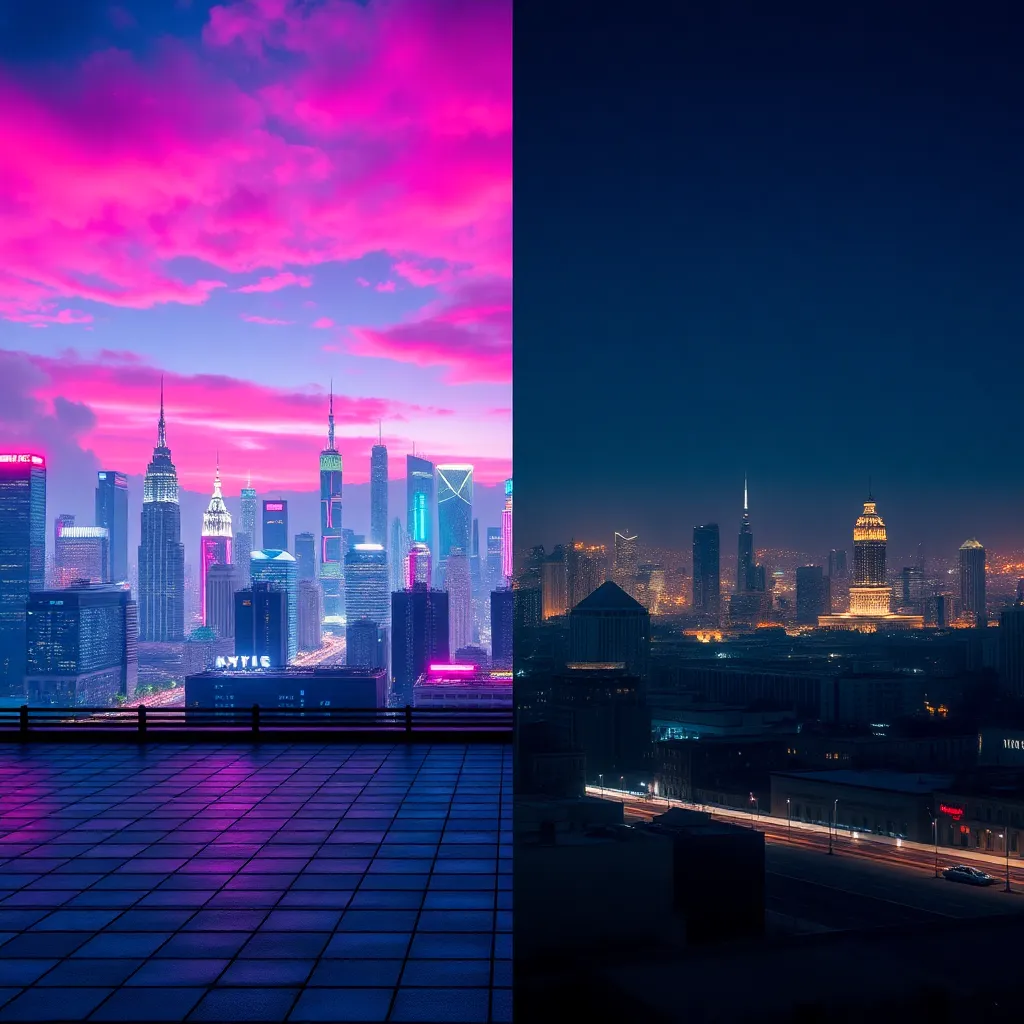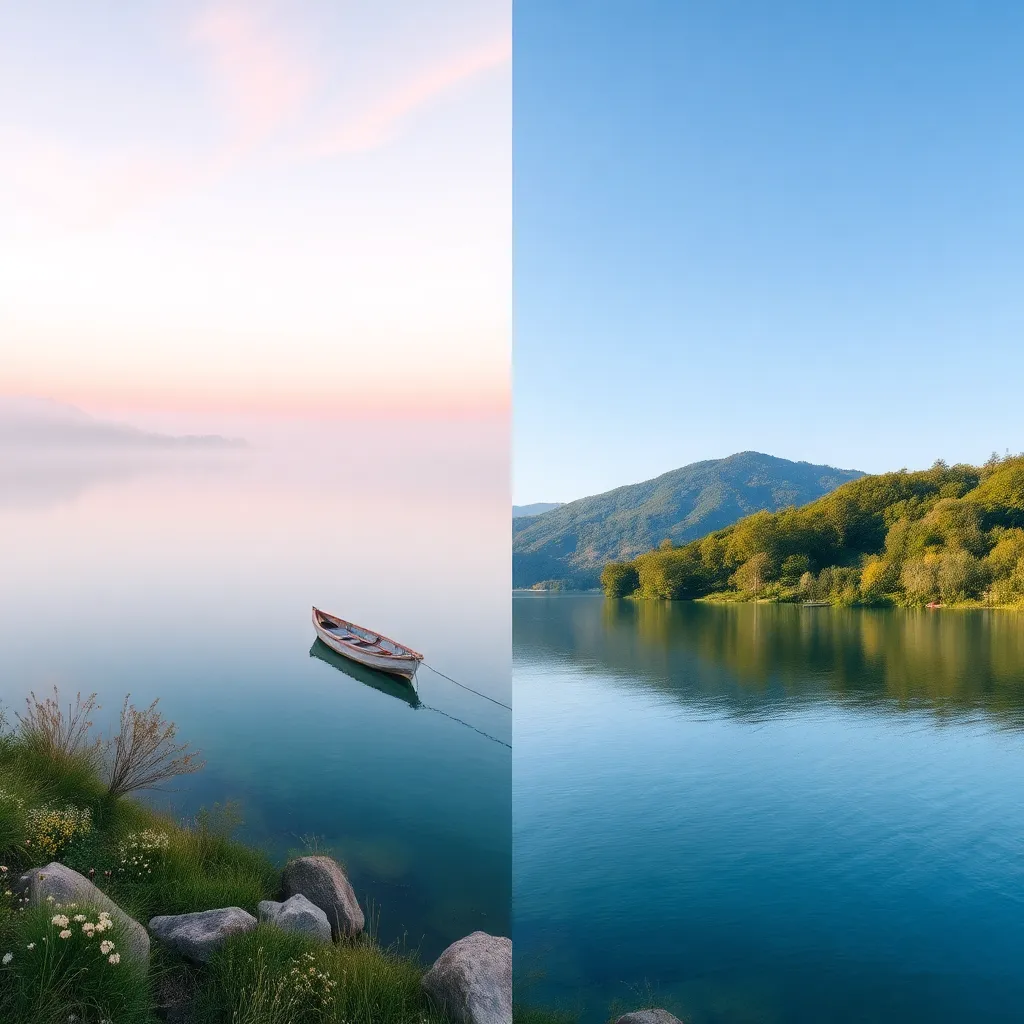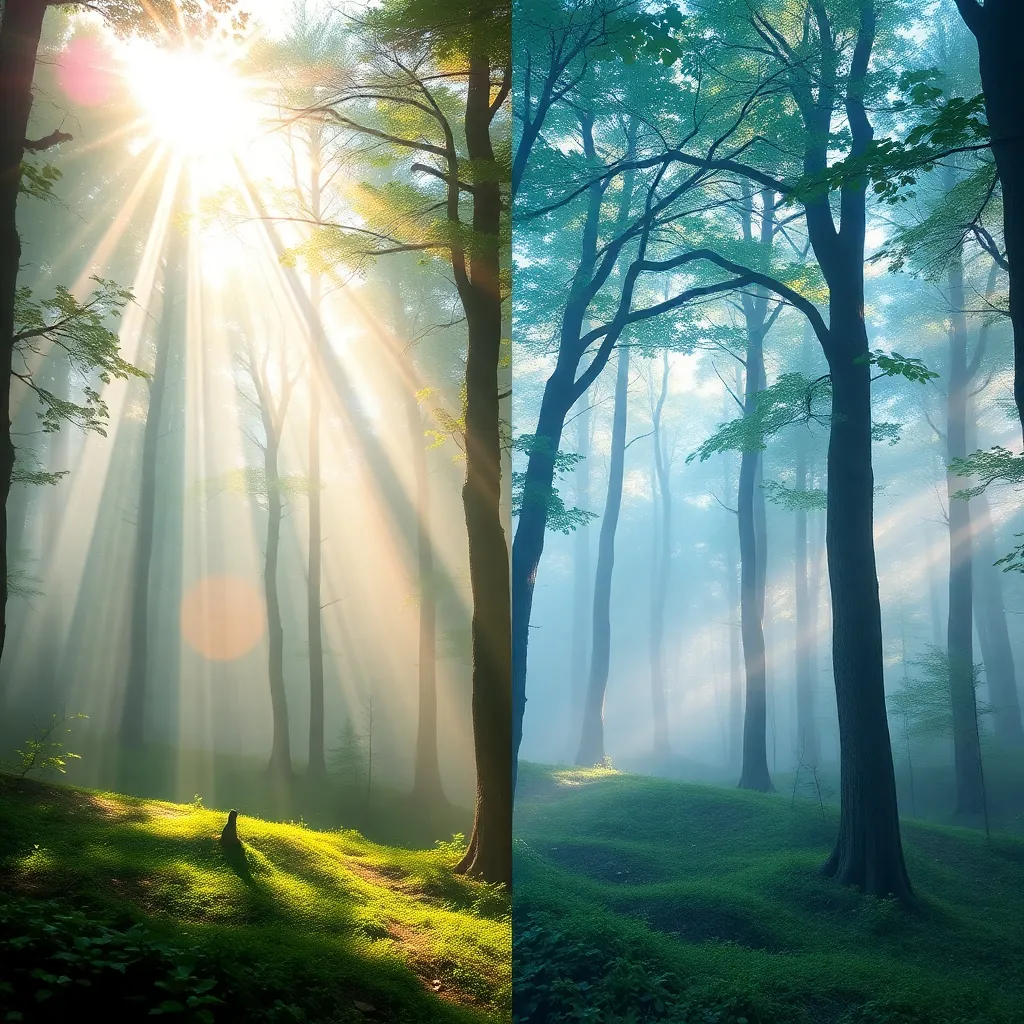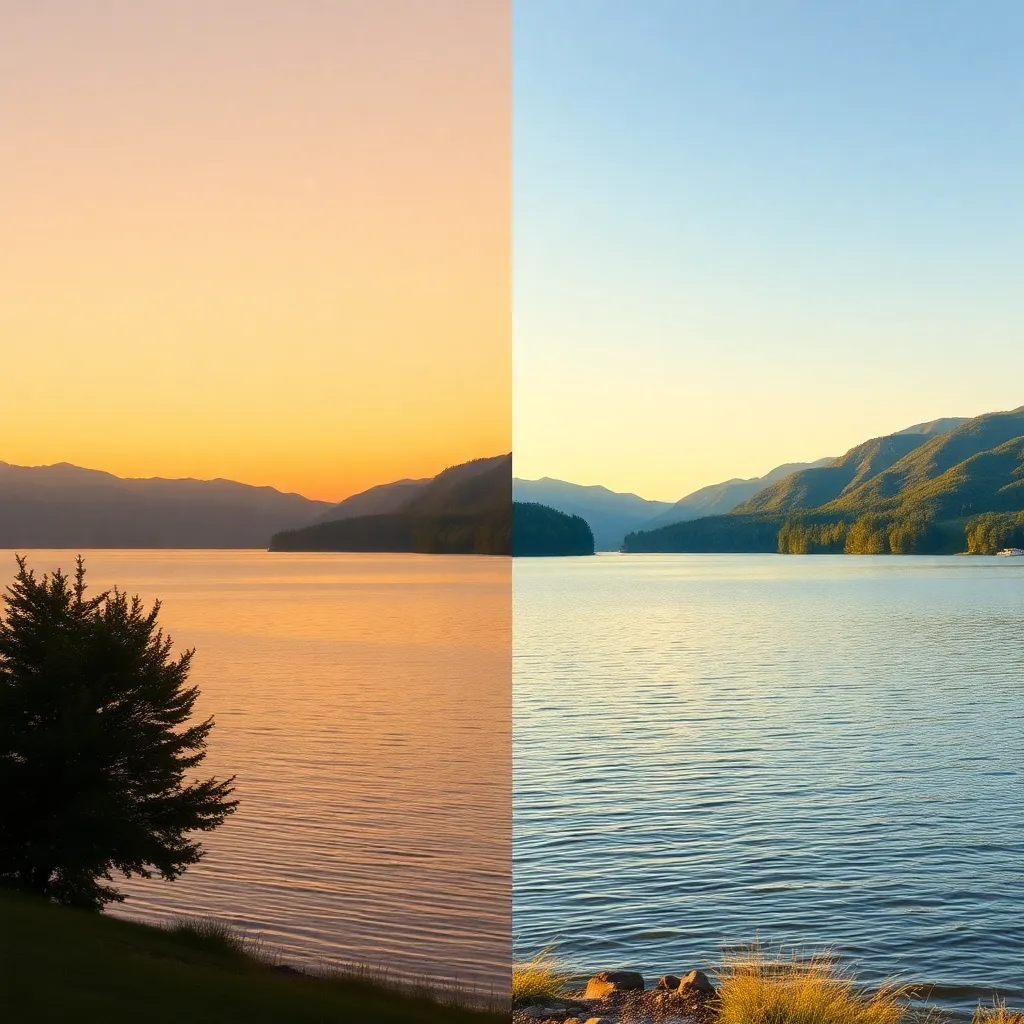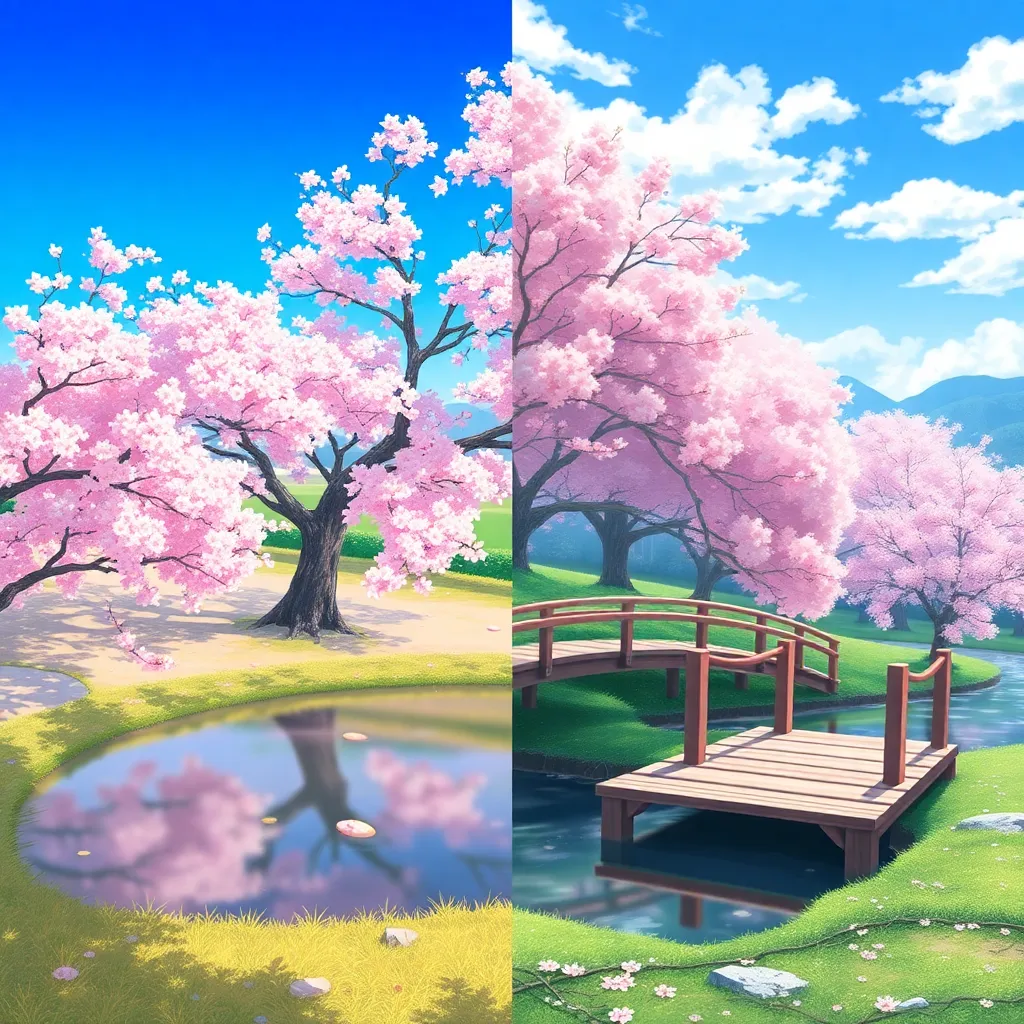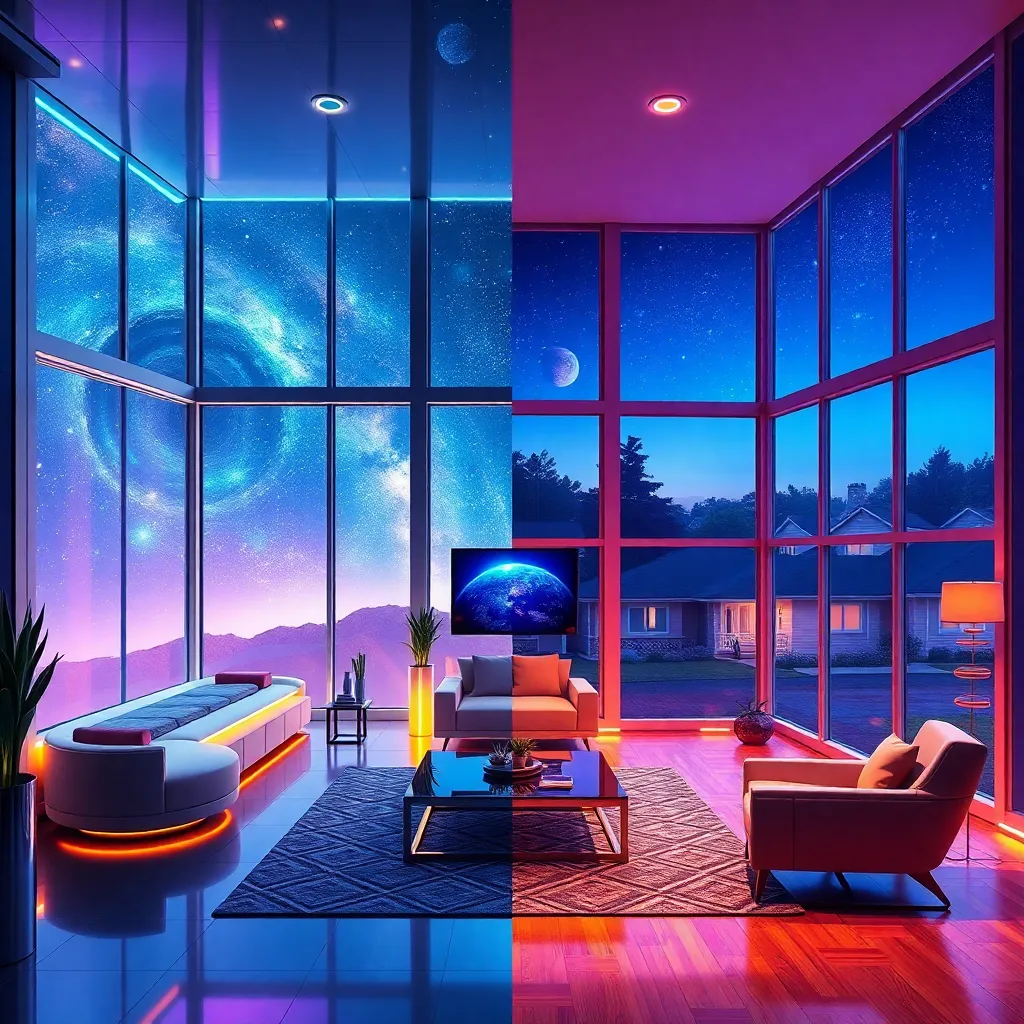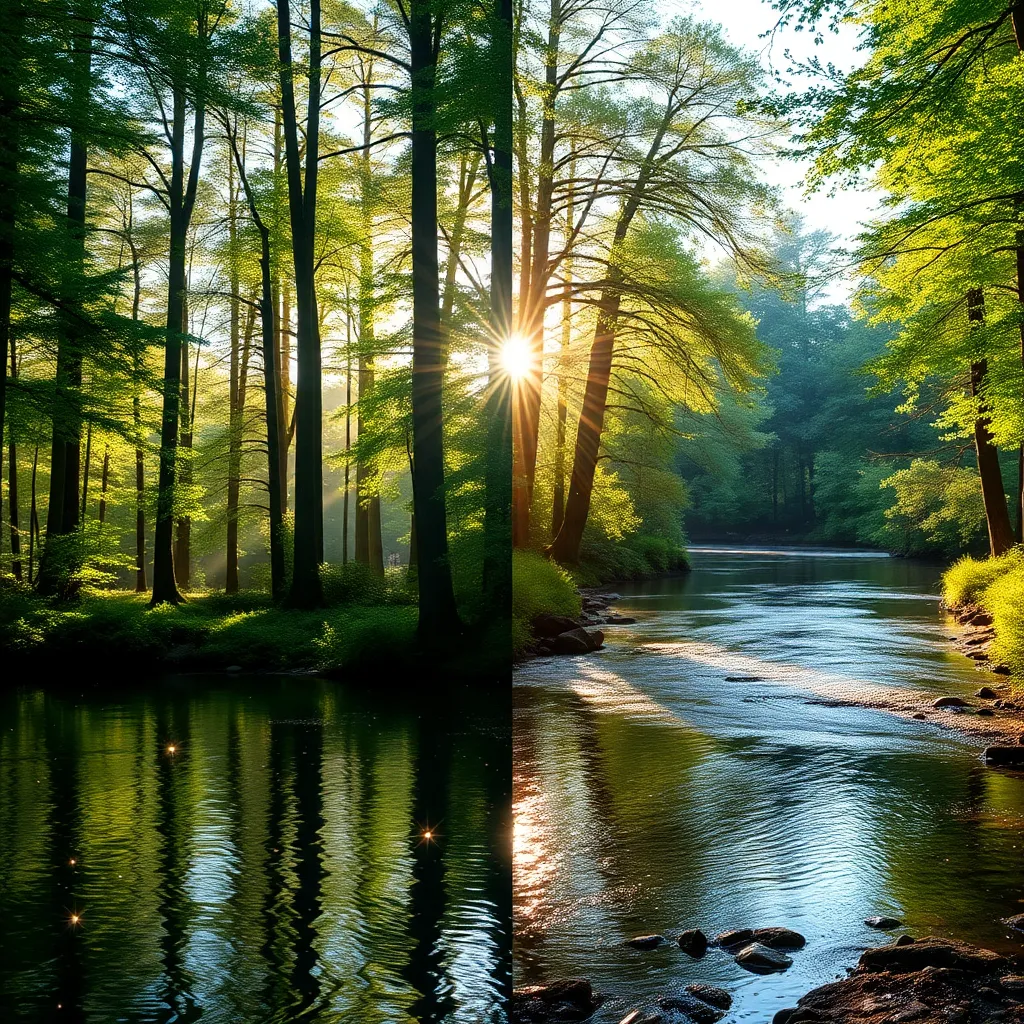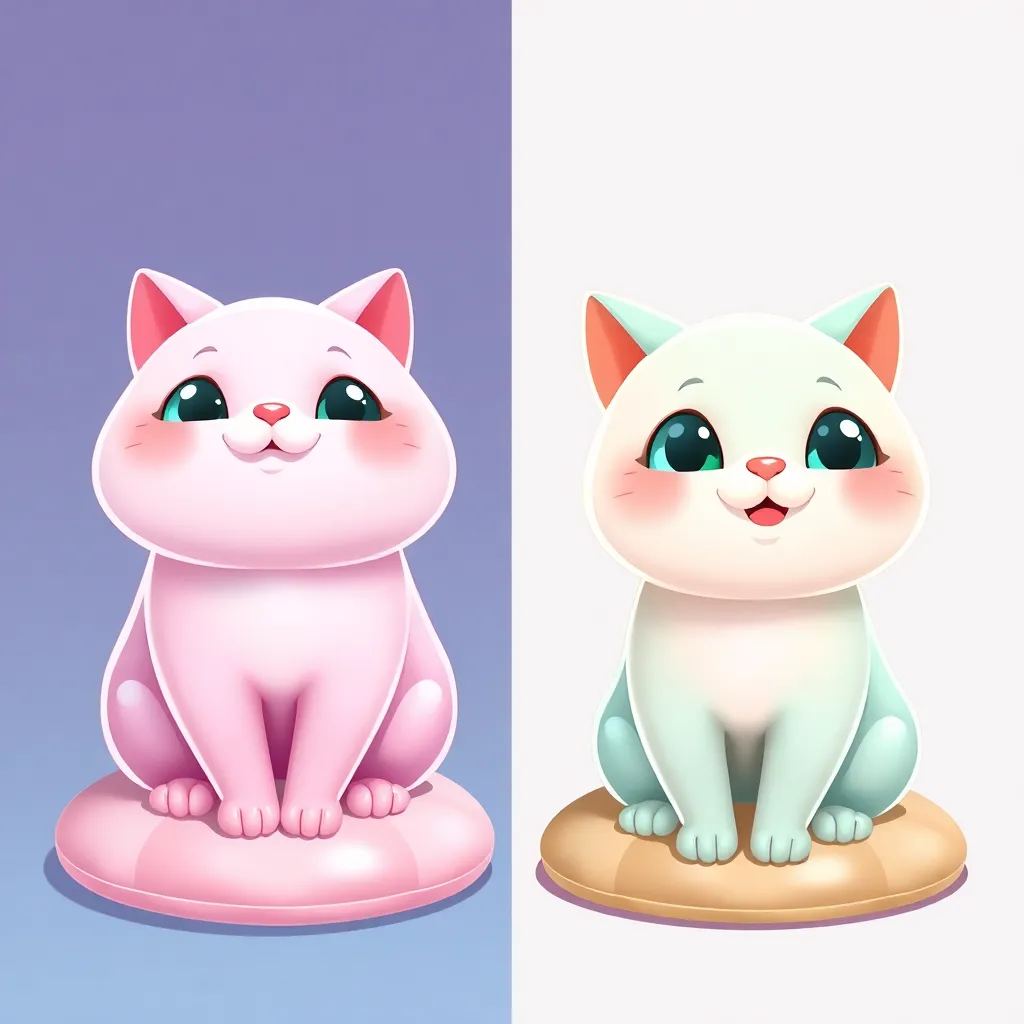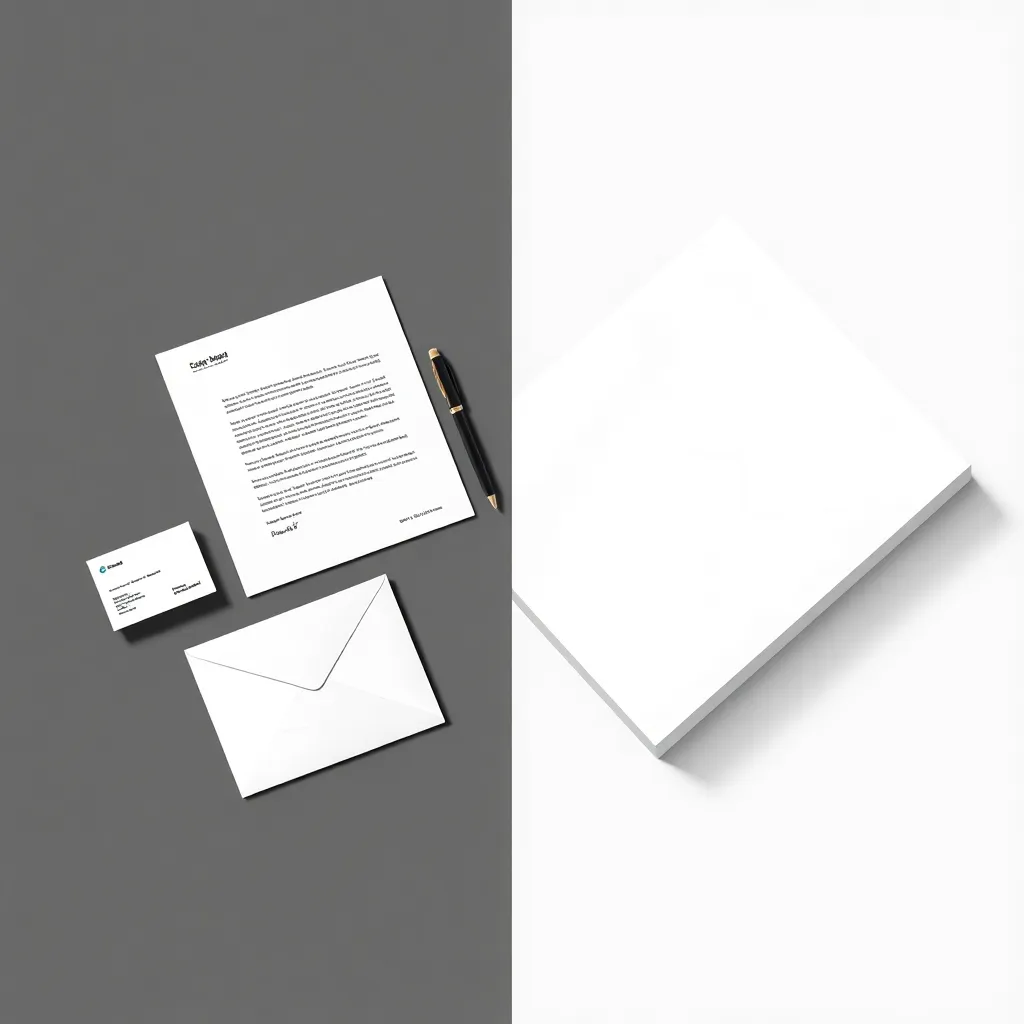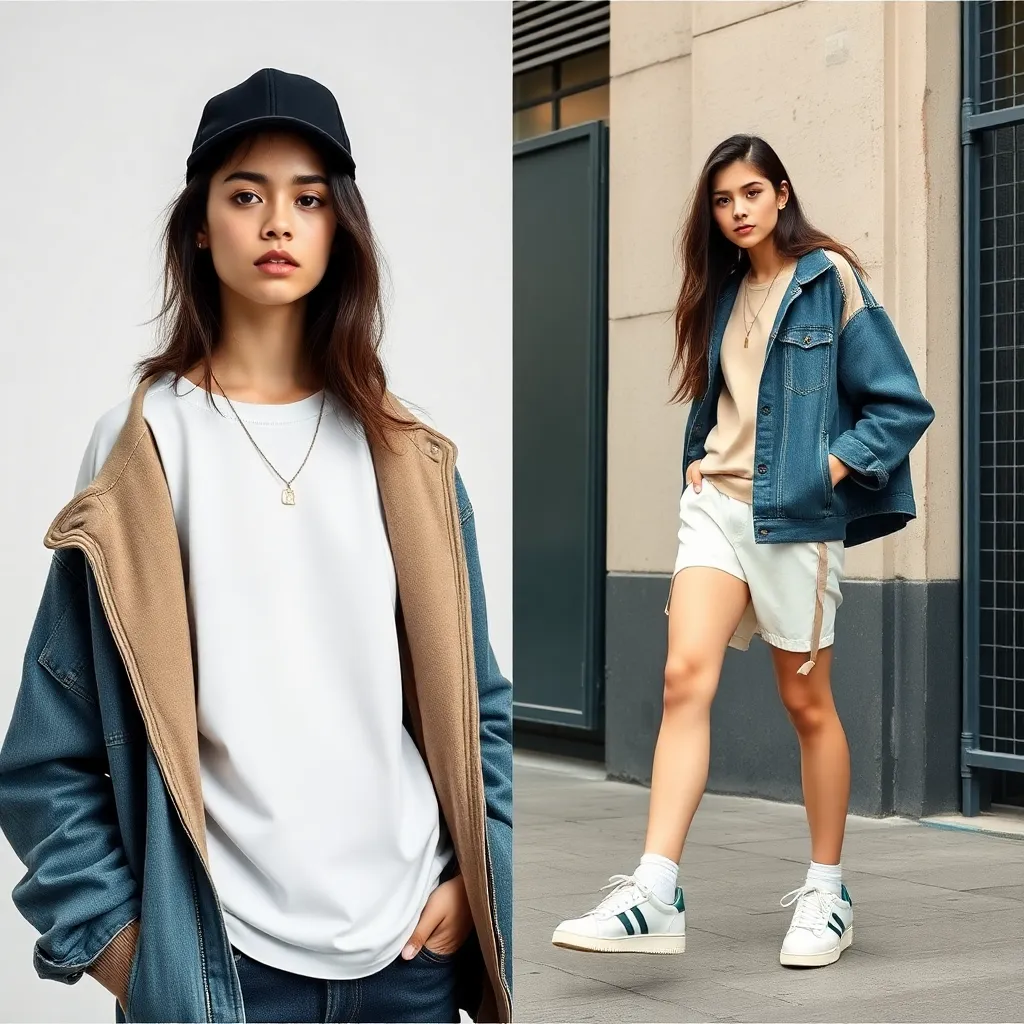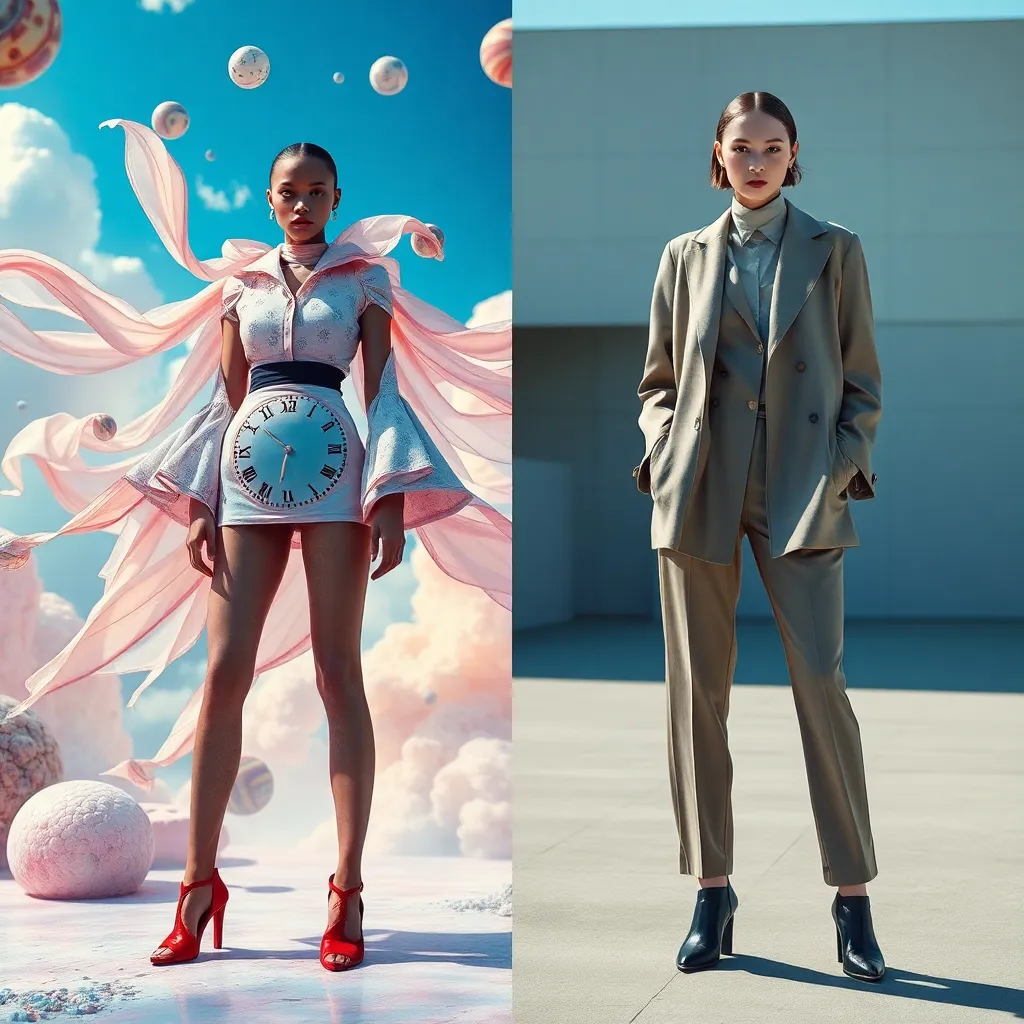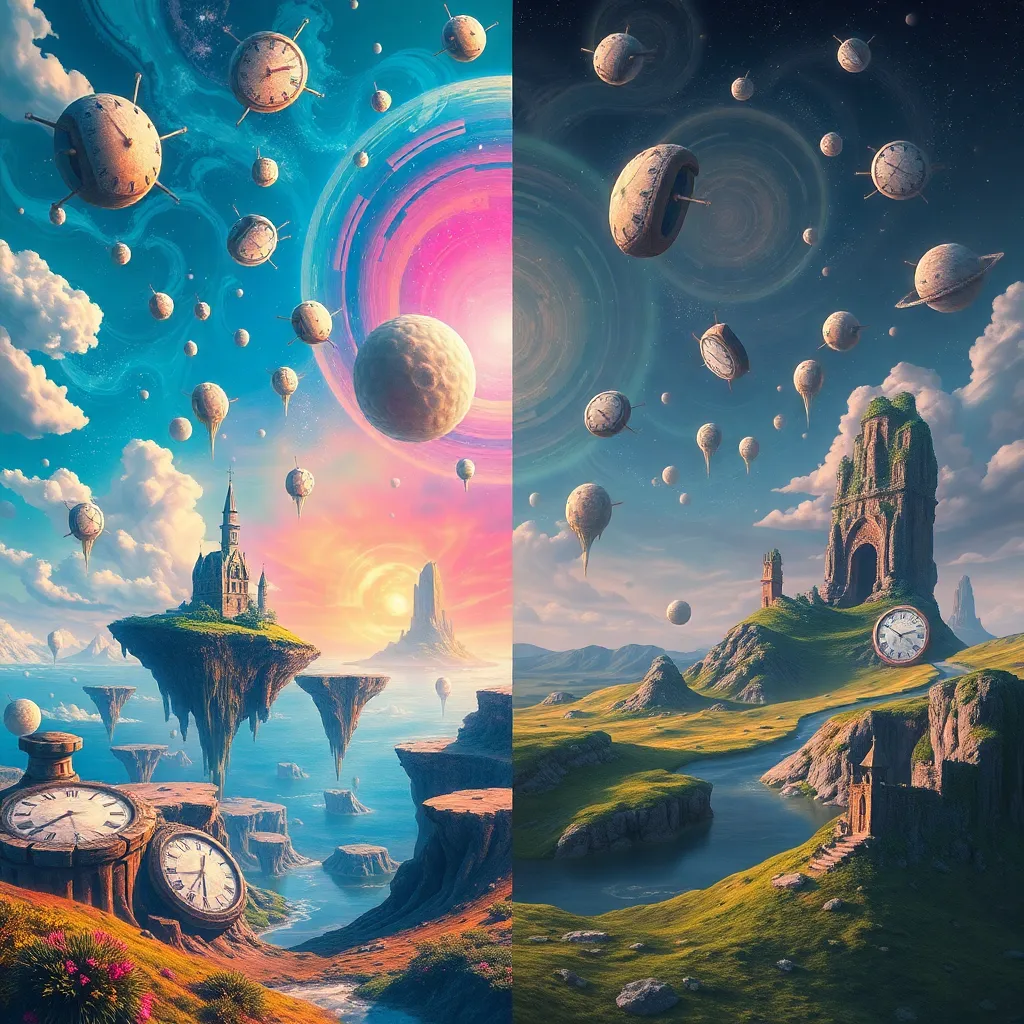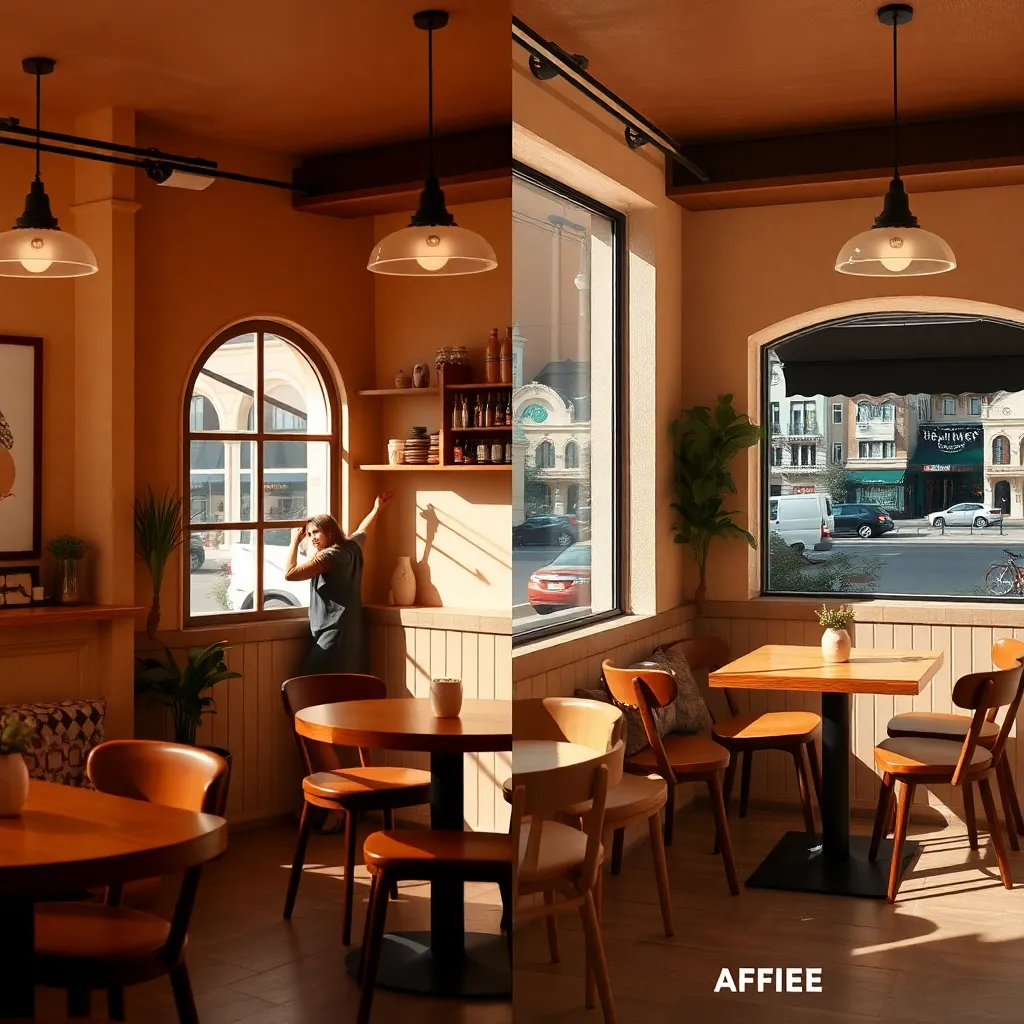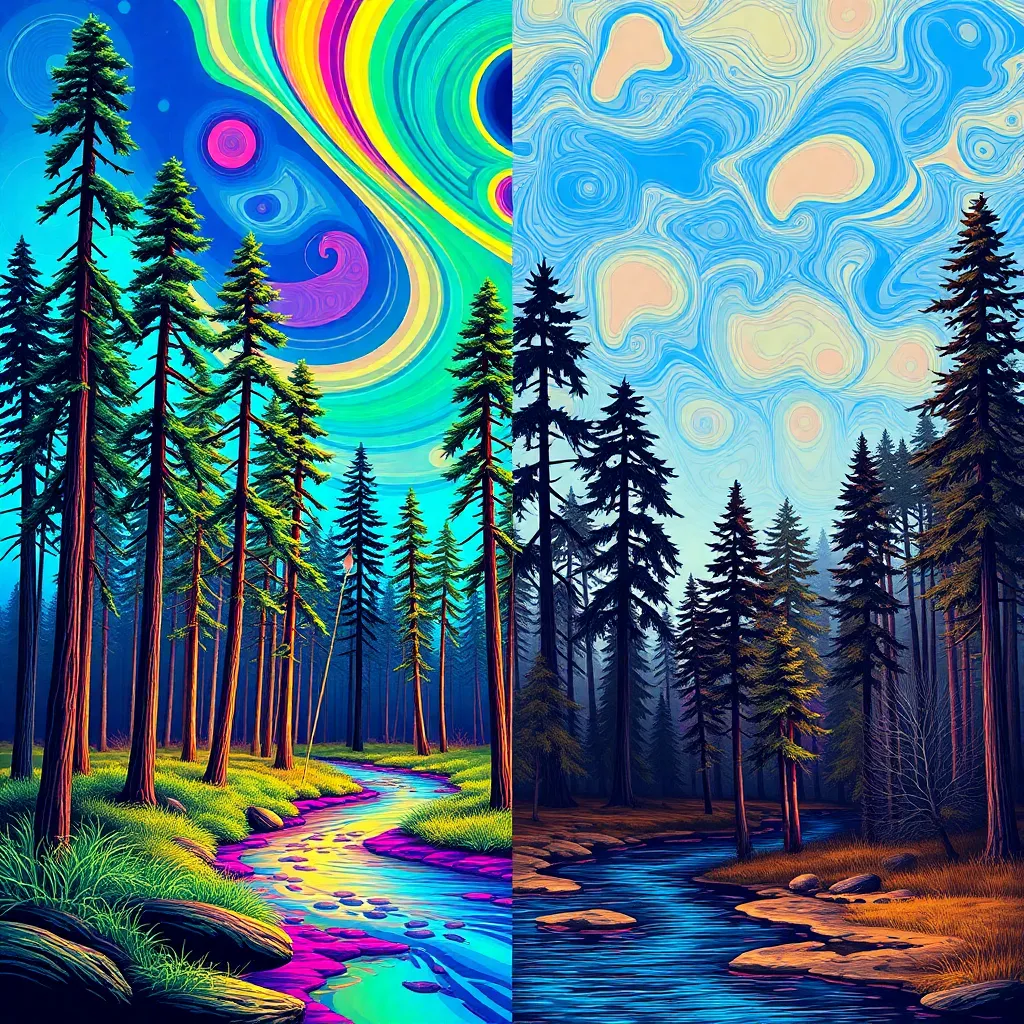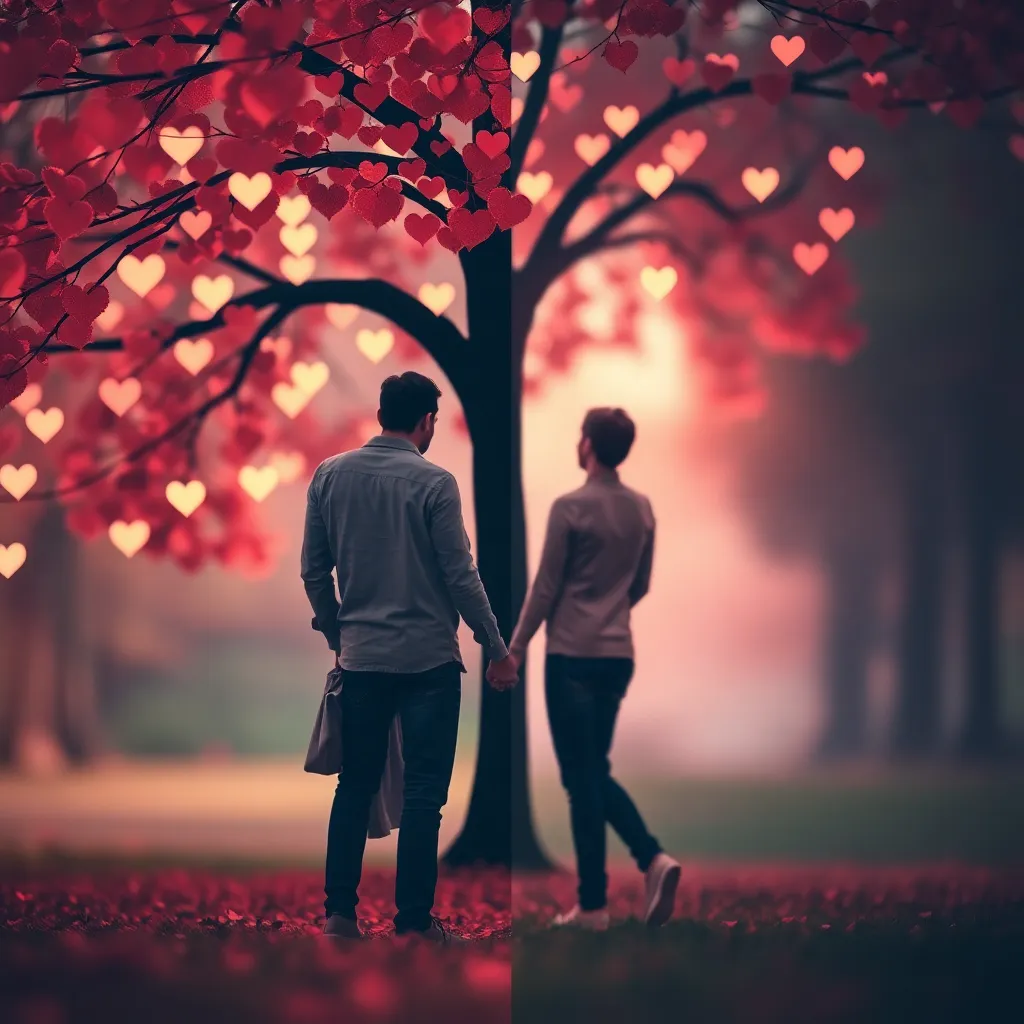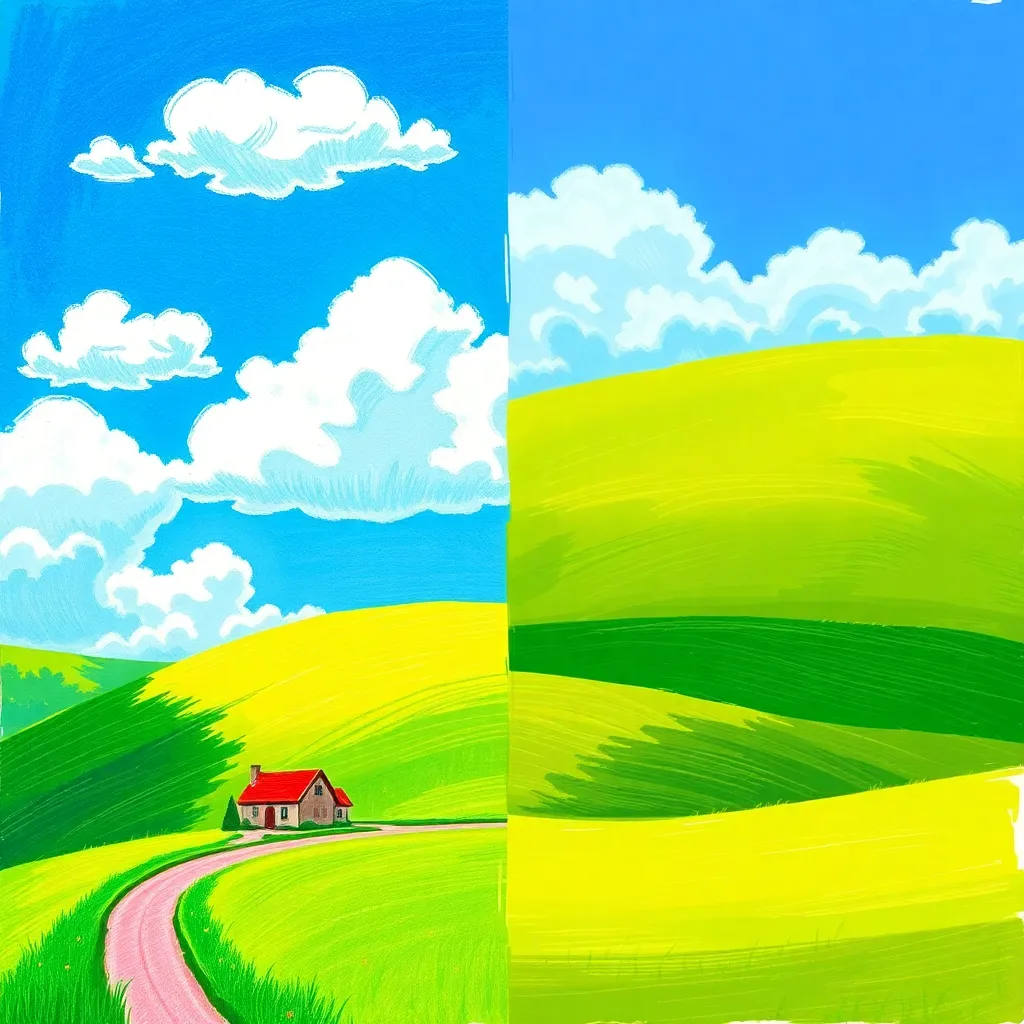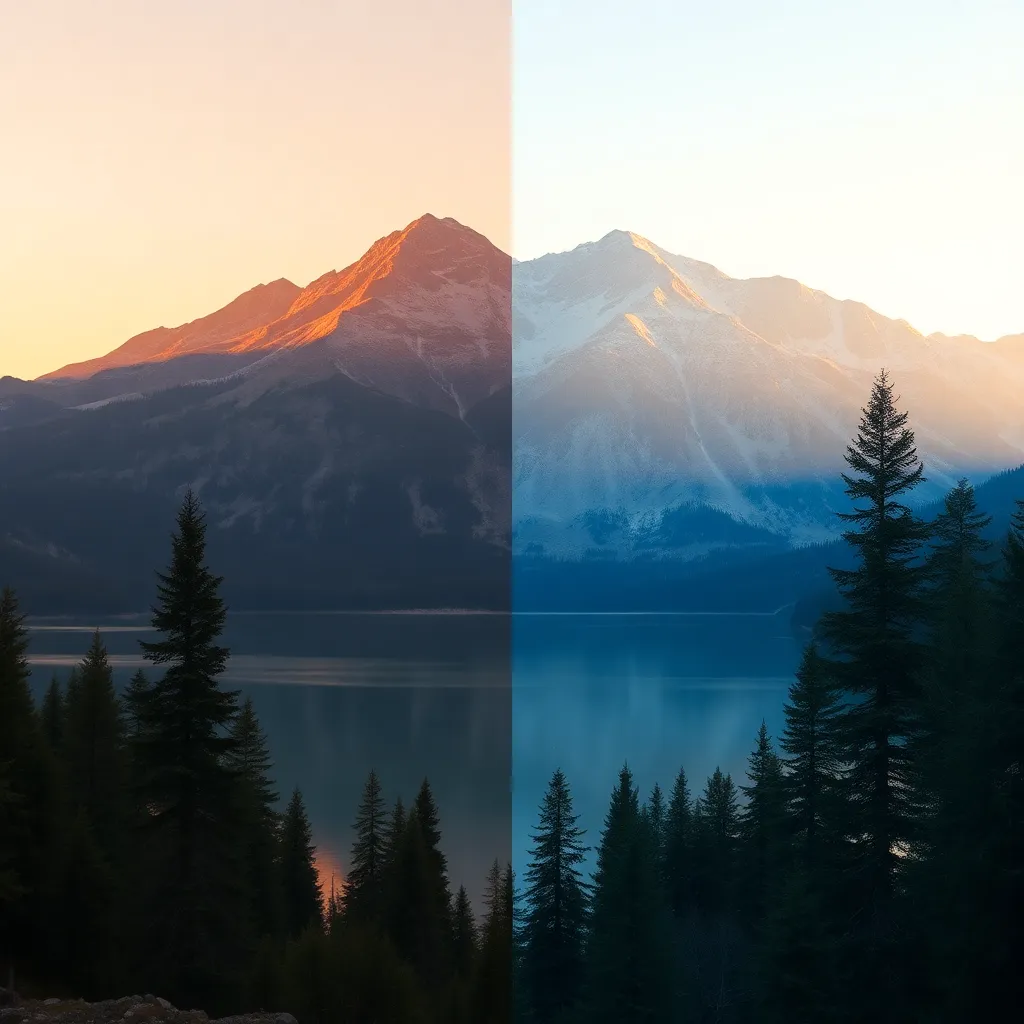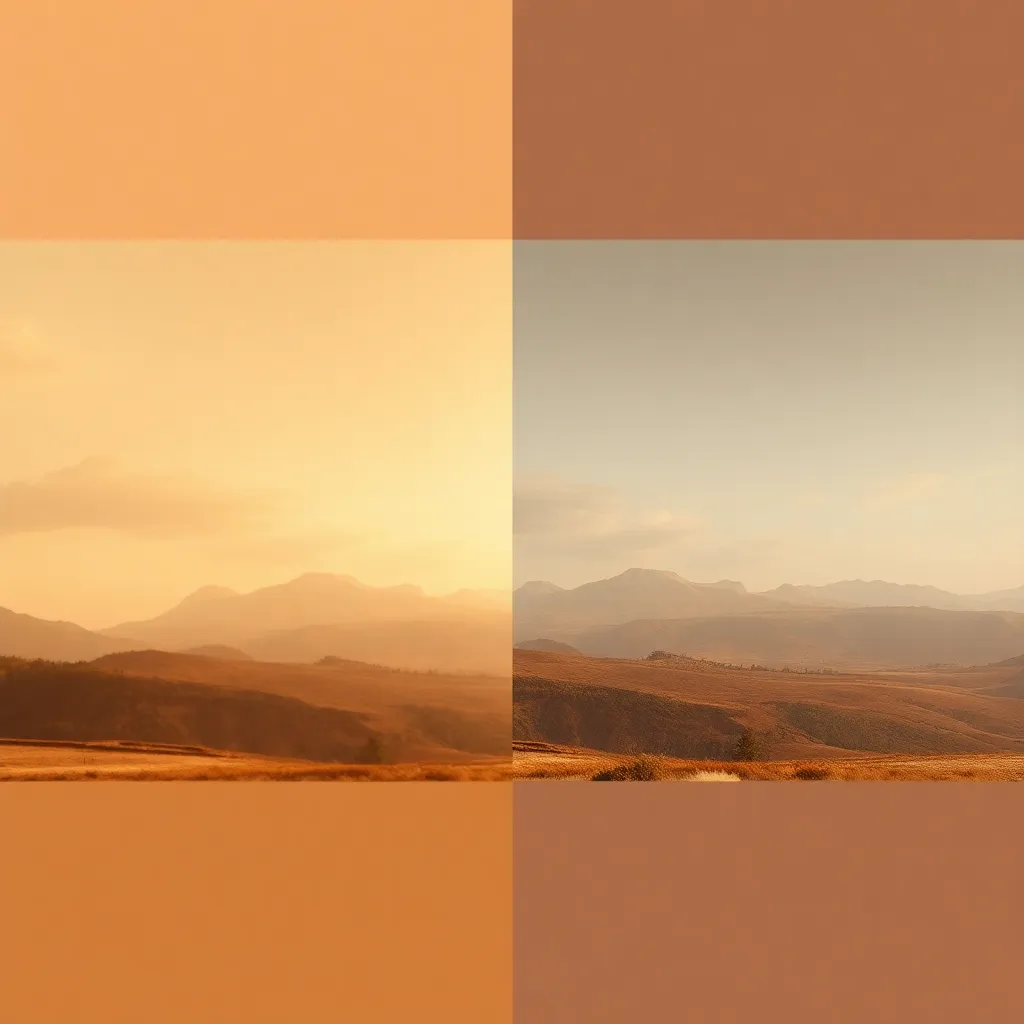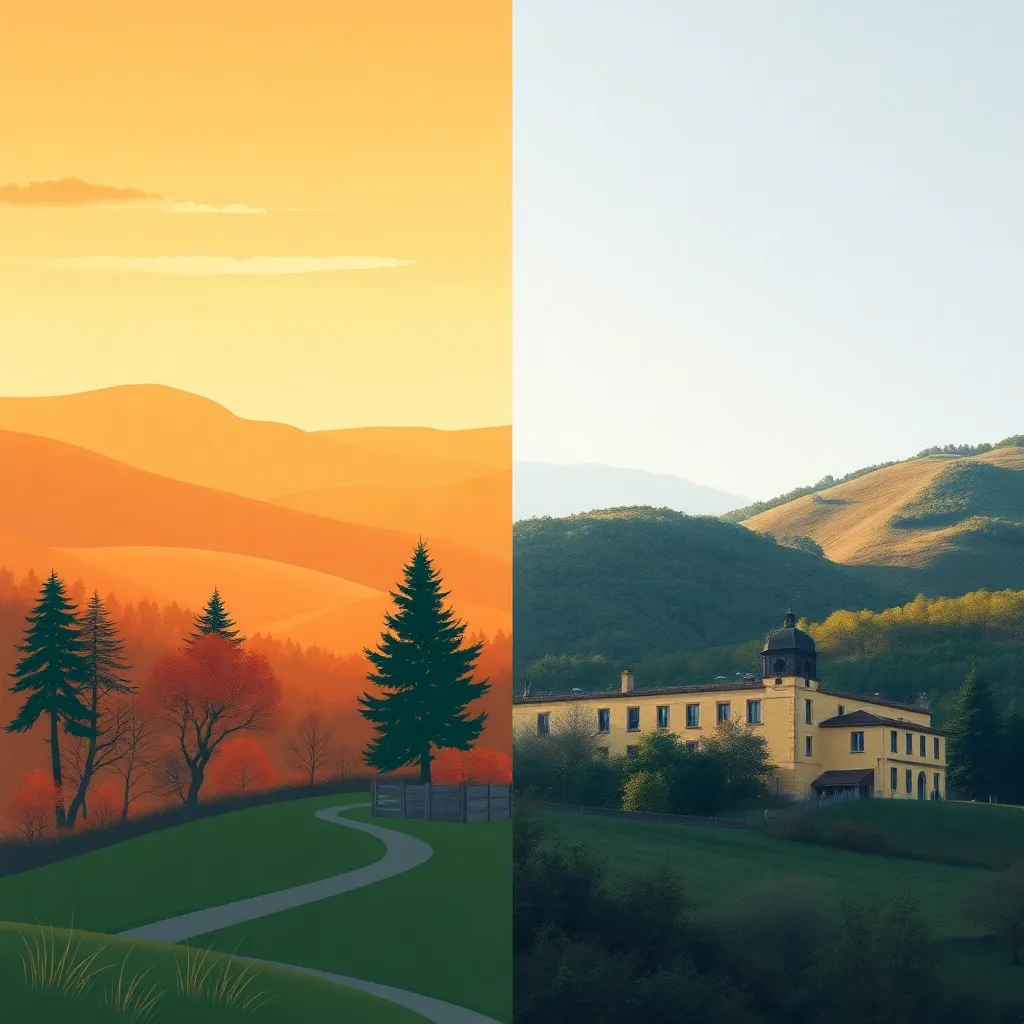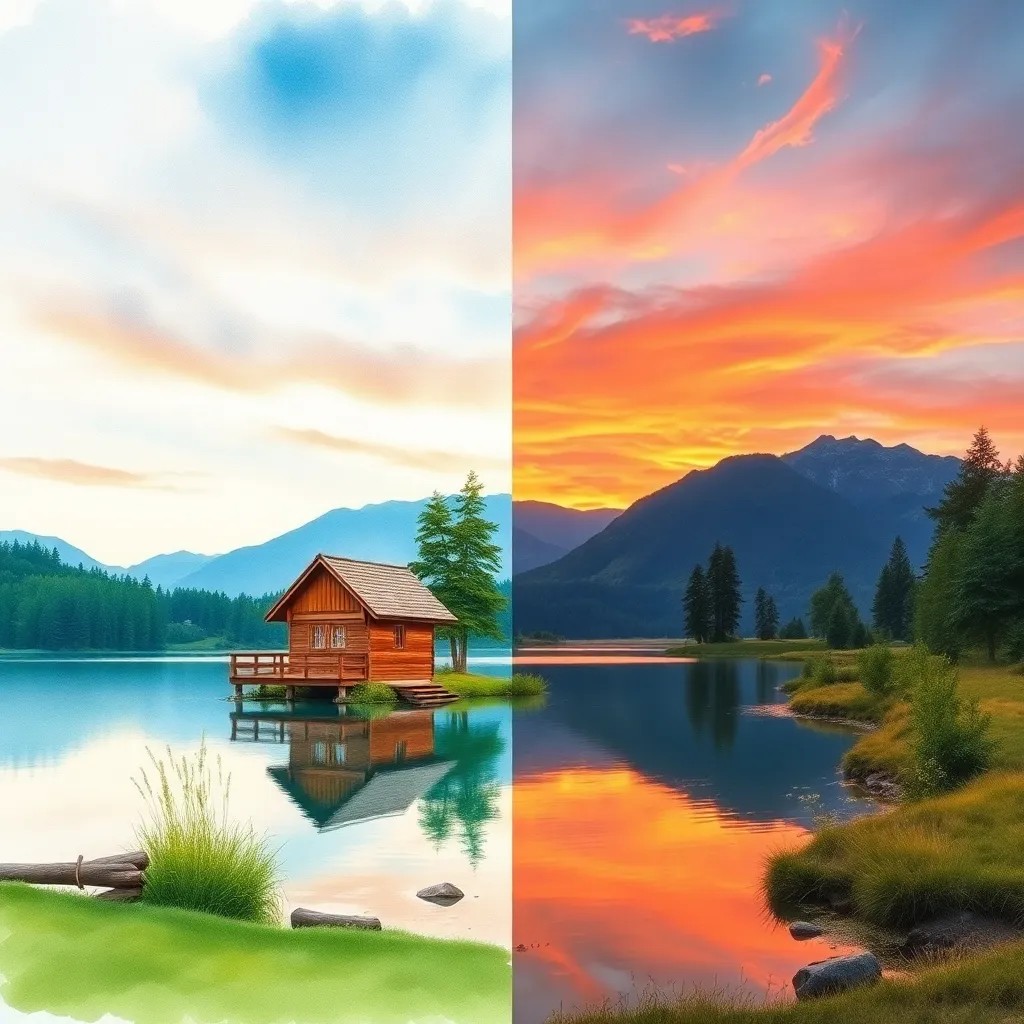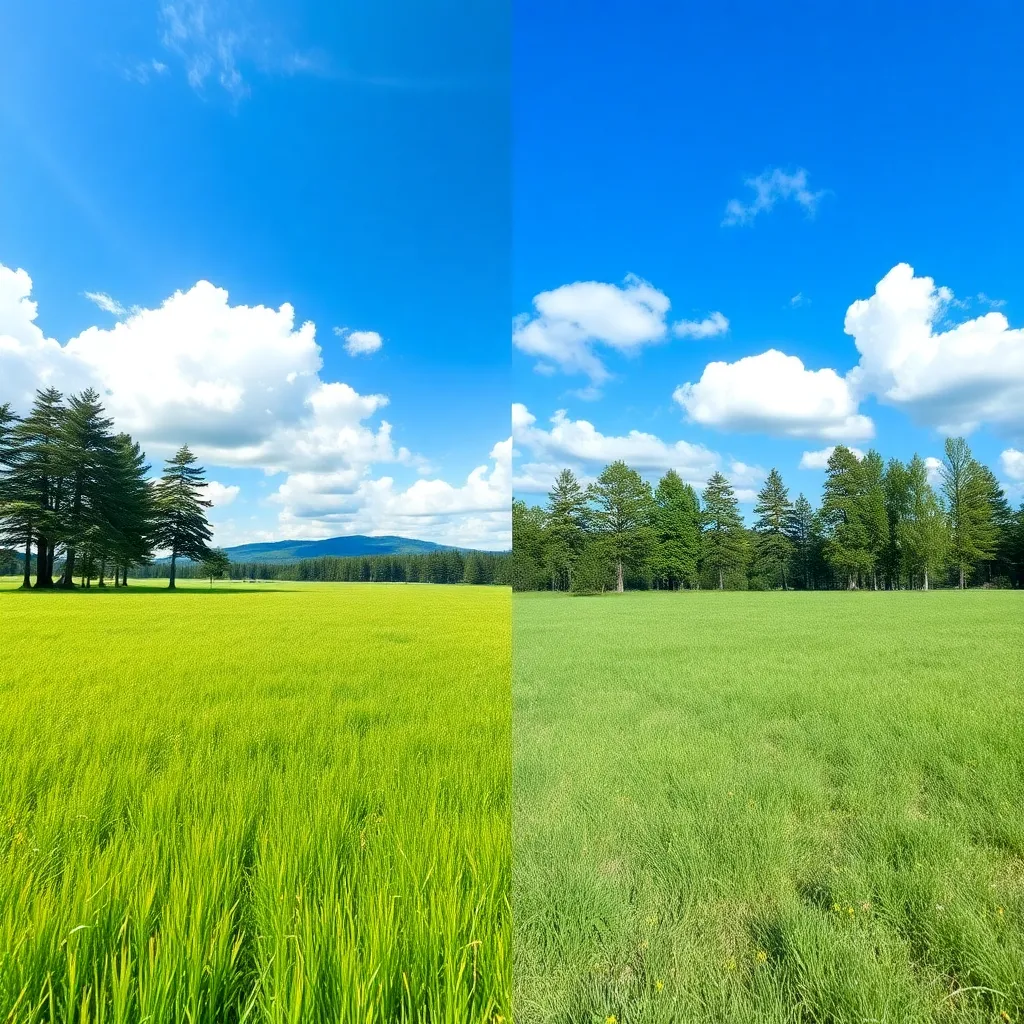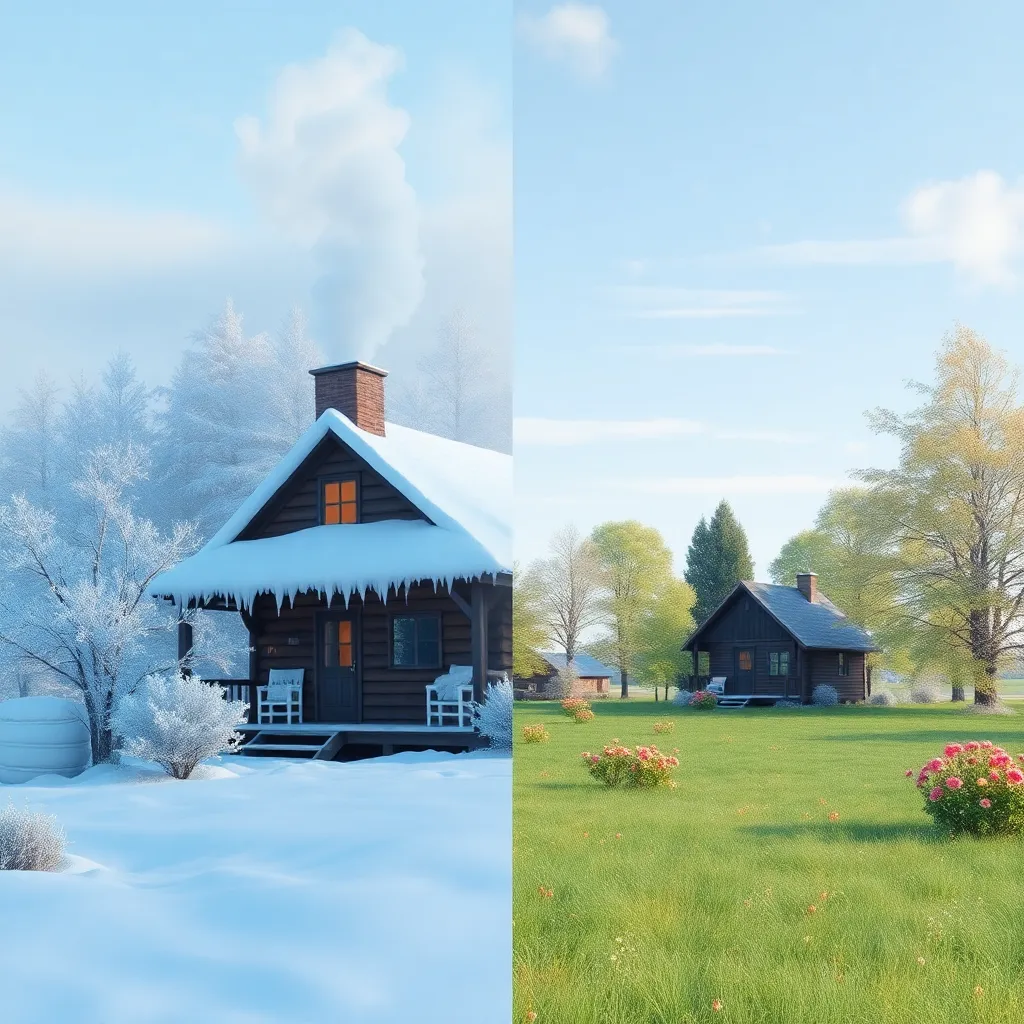Description of the Style: What is Textured Animals Style? The History
Textured Animals Style is a modern artistic and photographic effect that transforms animal subjects with visually rich, tactile surfaces and vibrant, playful color palettes. This style draws inspiration from classic textile art, children’s book illustrations, and contemporary digital painting, blending traditional and digital techniques to create animals that feel as if you could reach out and touch their fur, feathers, or scales. The result is artwork that leaps off the page or screen, bursting with life and personality.
Historically, textured animal illustrations have roots in printmaking, embroidery, and storybook art, where surface detail was used to engage the viewer and evoke a sense of wonder. With the rise of digital illustration and AI-powered art tools, artists can now simulate highly realistic or stylized textures, making this style more accessible and popular than ever for both professional creatives and hobbyists.
Who is Using This Style?
Textured Animals Style has broad appeal and is used by:
- Children’s book illustrators seeking to create memorable, engaging animal characters that captivate young readers.
- Graphic designers producing educational posters and materials for classrooms, museums, and zoos.
- Interior decorators and parents looking for playful, textured wall art for nurseries and kids’ rooms.
- Greeting card designers wanting to add warmth and tactile charm to their products.
- Fashion designers and textile artists inspired by animal patterns and textures for fabric prints and accessories.
- Branding specialists and marketers working with eco-friendly, family-oriented, or animal-themed brands.
The style’s ability to evoke emotion and connection makes it a favorite in industries where storytelling and engagement are key.
How Does It Enhance Photos? Detailed Description
Textured Animals Style enhances animal images in several powerful ways:
- Adds Depth and Dimension: By layering tactile textures such as fur, scales, or feathers, the style gives flat images a three-dimensional feel, making animals appear more lifelike and touchable.
- Increases Engagement: Vibrant, playful colors paired with visible textures draw the eye and invite viewers—especially children—to interact with the image, fostering curiosity and joy.
- Expresses Personality: Textures can be exaggerated or stylized to highlight an animal’s character, such as the fluffiness of a bunny or the rugged skin of an elephant, making each subject unique and memorable.
- Creates Warmth and Approachability: The style’s soft edges and inviting surfaces make animals feel friendly and accessible, perfect for products or educational materials intended to comfort and delight.
- Supports Storytelling: Detailed, textured animal images can convey narrative and emotion more effectively, enhancing reading or learning experiences.
In essence, the Textured Animals Style transforms simple animal images into sensory, story-rich works of art.
Use Cases of This Style: Types of Photography & When to Use
Textured Animals Style shines in a variety of creative and commercial applications:
- Children’s Book Illustration: Engages young readers with adorable, lively animal characters that leap from the page, supporting both storytelling and emotional connection.
- Wall Art for Kids’ Rooms: Transforms bedrooms and play spaces with whimsical, textured animal art that is both decorative and comforting, helping children feel at home.
- Educational Posters: Makes learning about animals fun and memorable by using tactile visuals that keep children focused and curious.
- Greeting Cards: Adds a personal, heartfelt touch to cards for birthdays, holidays, and special occasions, making every message feel special.
- Fashion Design Inspiration: Inspires bold, playful textile patterns for clothing, accessories, and home goods, connecting fashion with nature in a dynamic way.
- Branding/Mascot for Eco-Friendly Products: Helps brands build friendly, approachable identities by featuring textured animal mascots that signal warmth, care, and sustainability.
Each use case benefits from the style’s ability to combine visual delight with emotional resonance—making it a top choice for projects aimed at families, children, and nature lovers.
Pro Tips & Conclusion
Pro Tips:
- Choose Animals with Distinctive Features: Animals with easily recognizable textures (e.g., furry foxes, scaly turtles, fluffy bunnies) maximize the effect and visual appeal.
- Pair Textures with Playful Colors: Don’t shy away from using bold or pastel hues—color helps highlight textures and adds to the whimsical nature of the style.
- Balance Detail and Simplicity: While texture is key, ensure your design remains clear and not overly busy, especially for young audiences.
- Consider the Audience: Use softer textures for nursery art, more vibrant and bold patterns for fashion, or eco-friendly motifs for branding.
- Leverage AI Tools: Use AI-powered generators like Photomatic to quickly experiment with different textures, animals, and settings, saving time and unlocking creativity.
Conclusion:
Textured Animals Style is an enchanting, versatile effect that captivates audiences with its tactile surfaces and vibrant energy. Whether for children’s books, decor, educational tools, or branding, this style brings animal imagery to life—inviting viewers to see, feel, and connect with the natural world in new ways. With easy access to digital tools and AI, anyone can incorporate this joyful approach into their creative projects. Try it today and watch your animal images transform!
